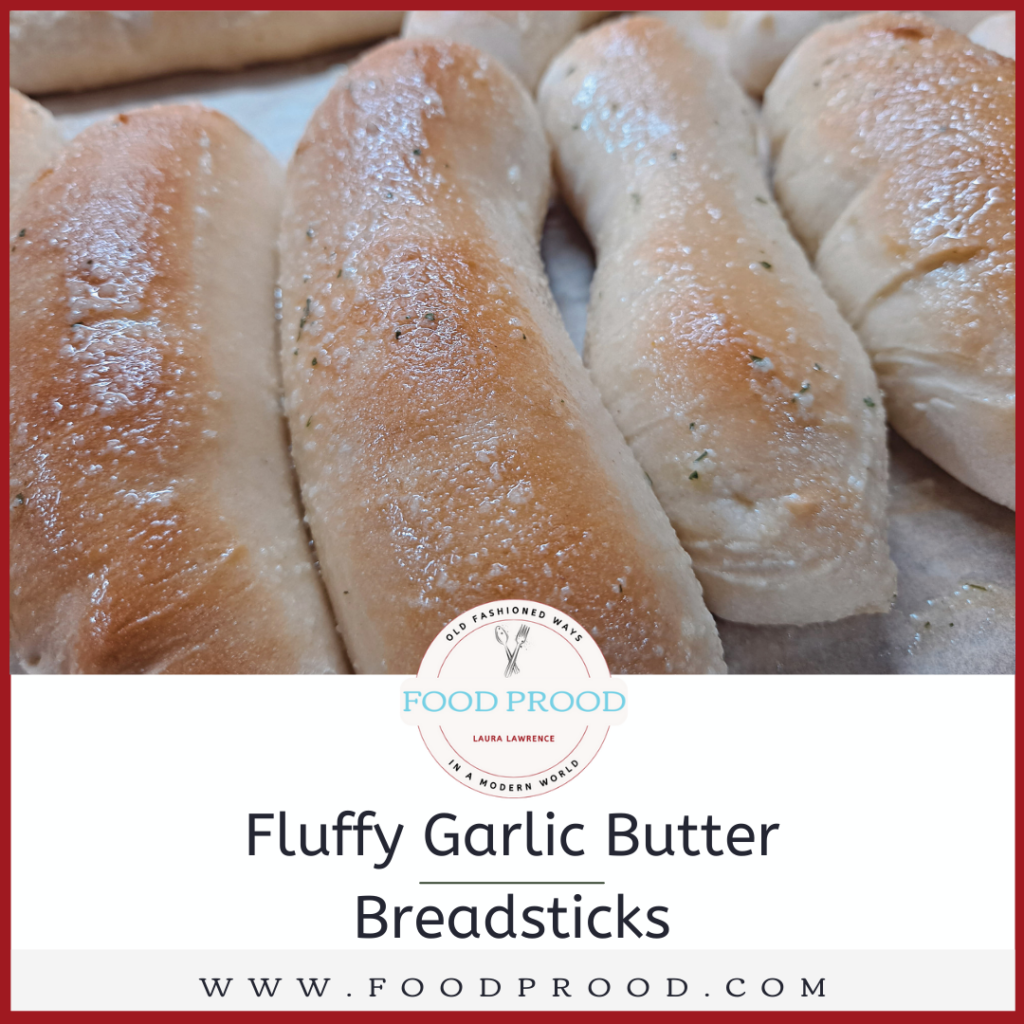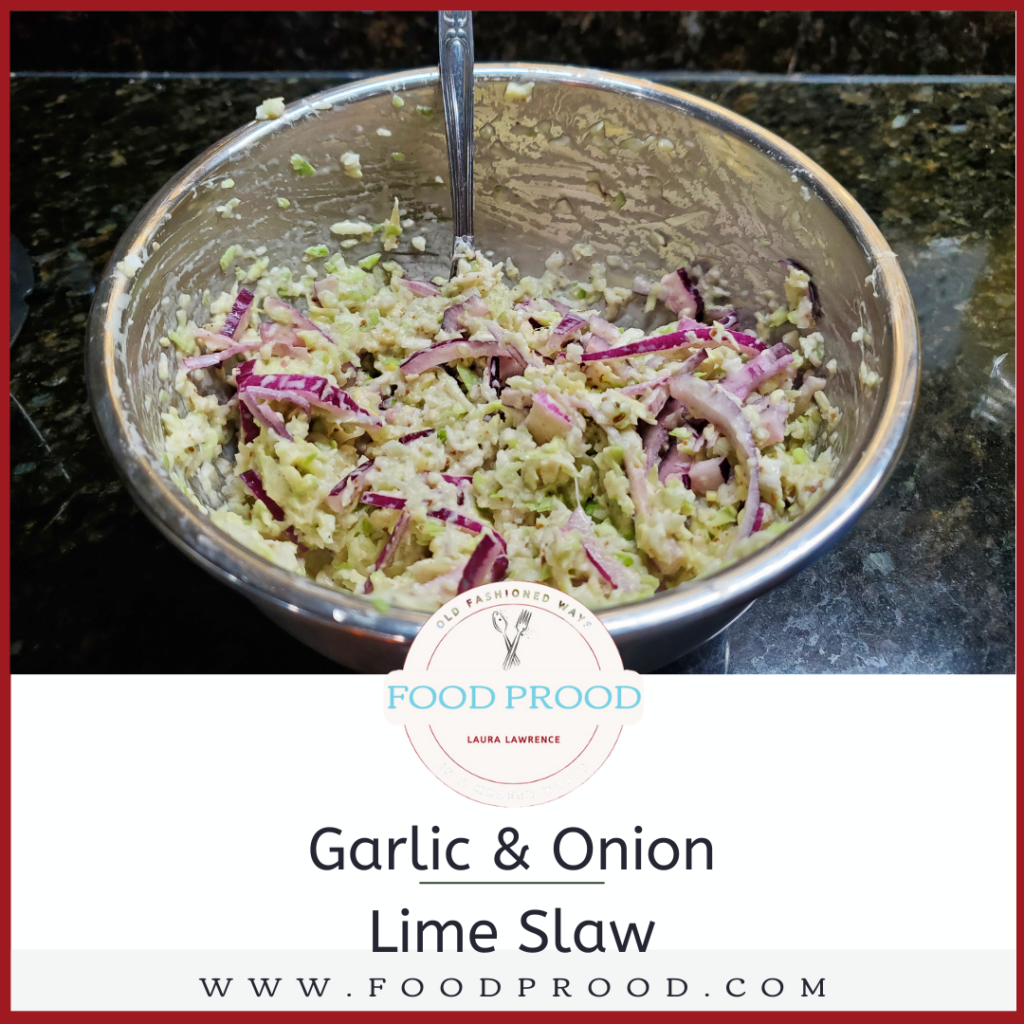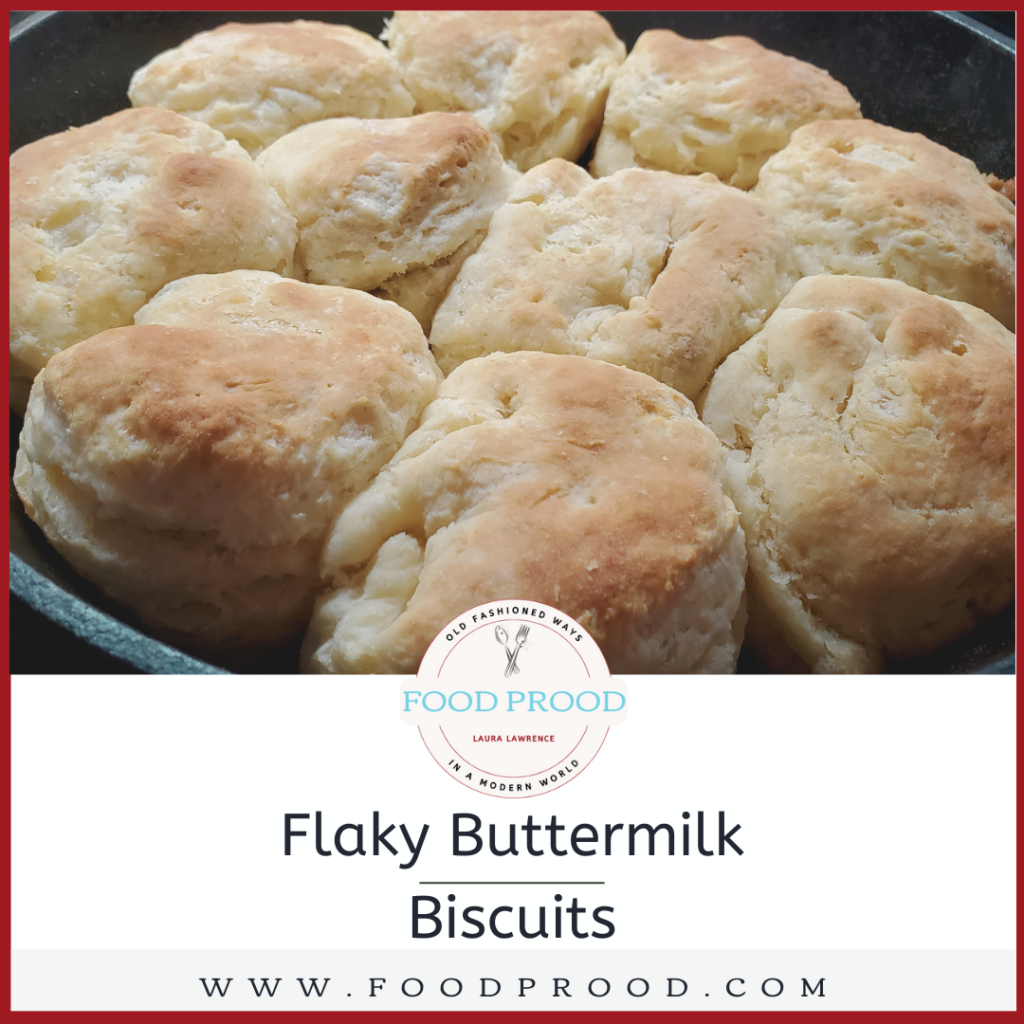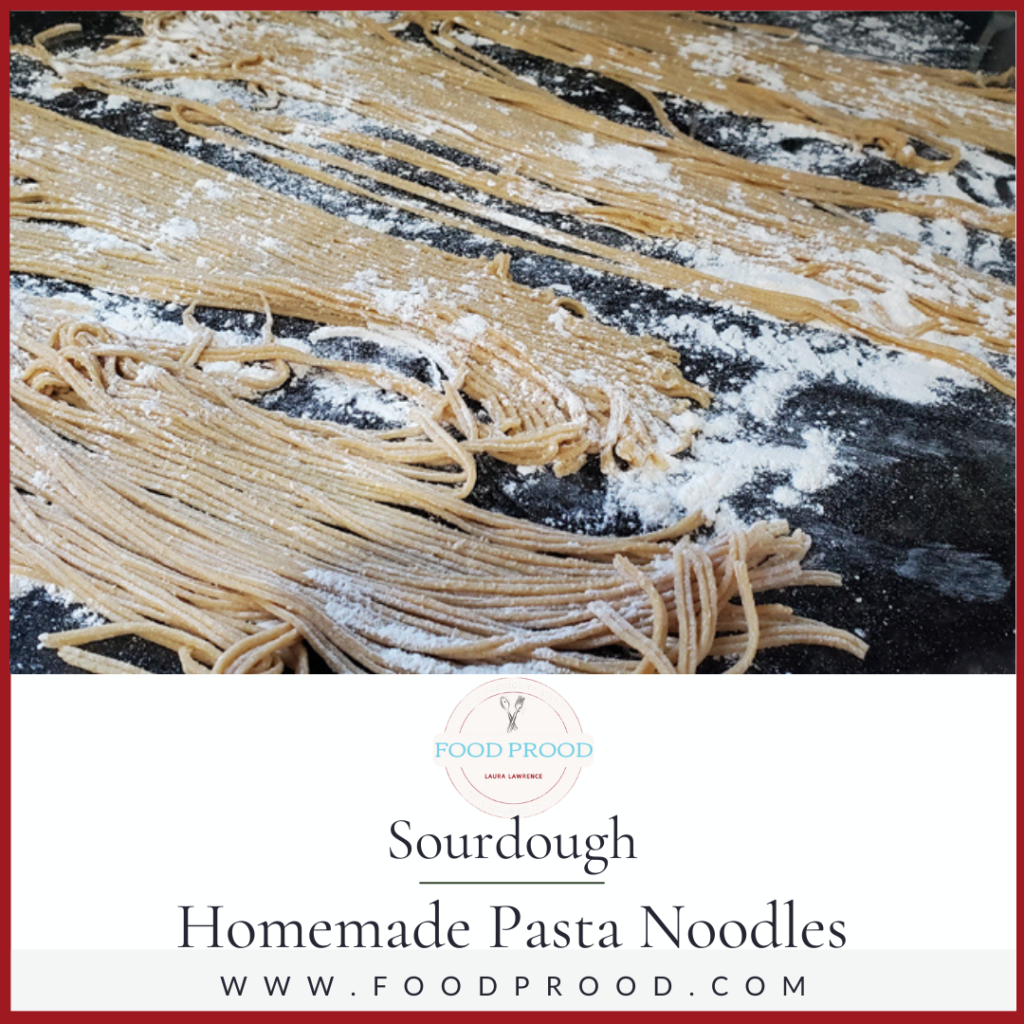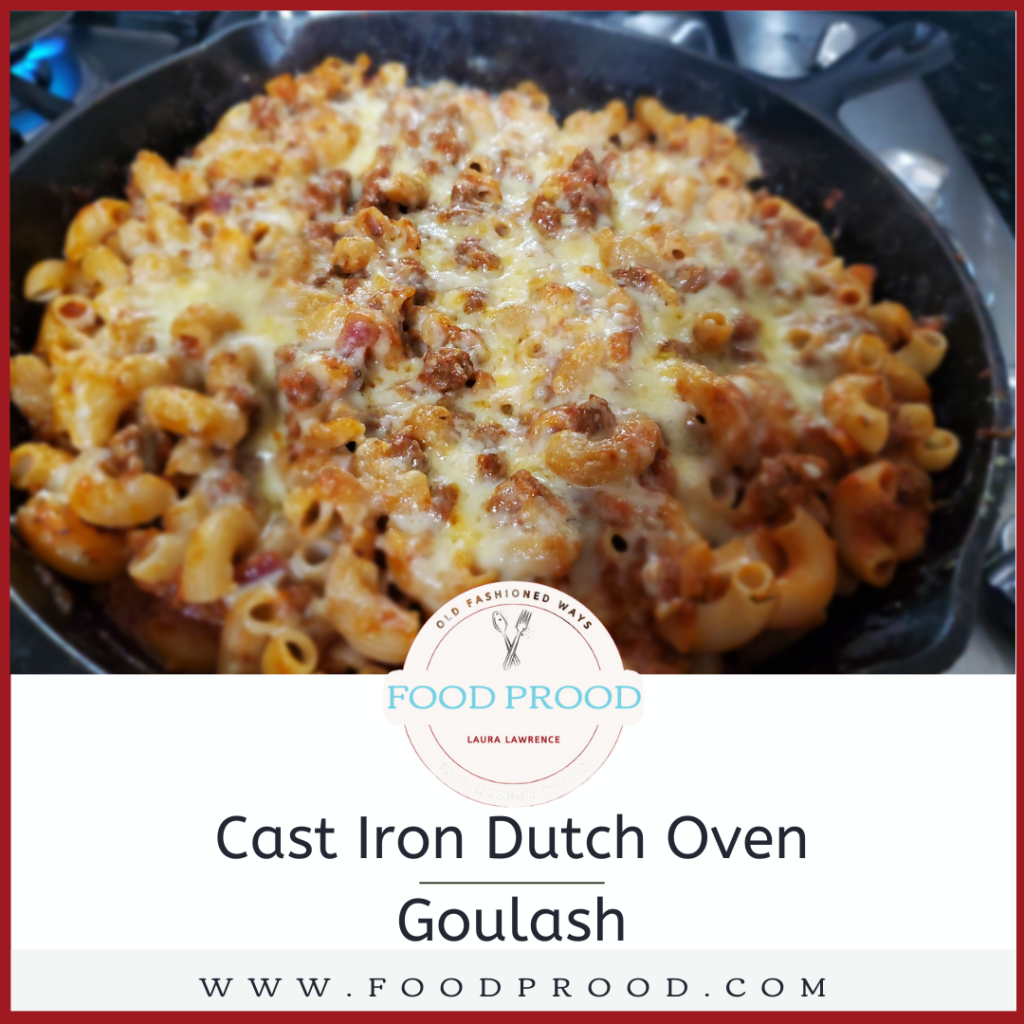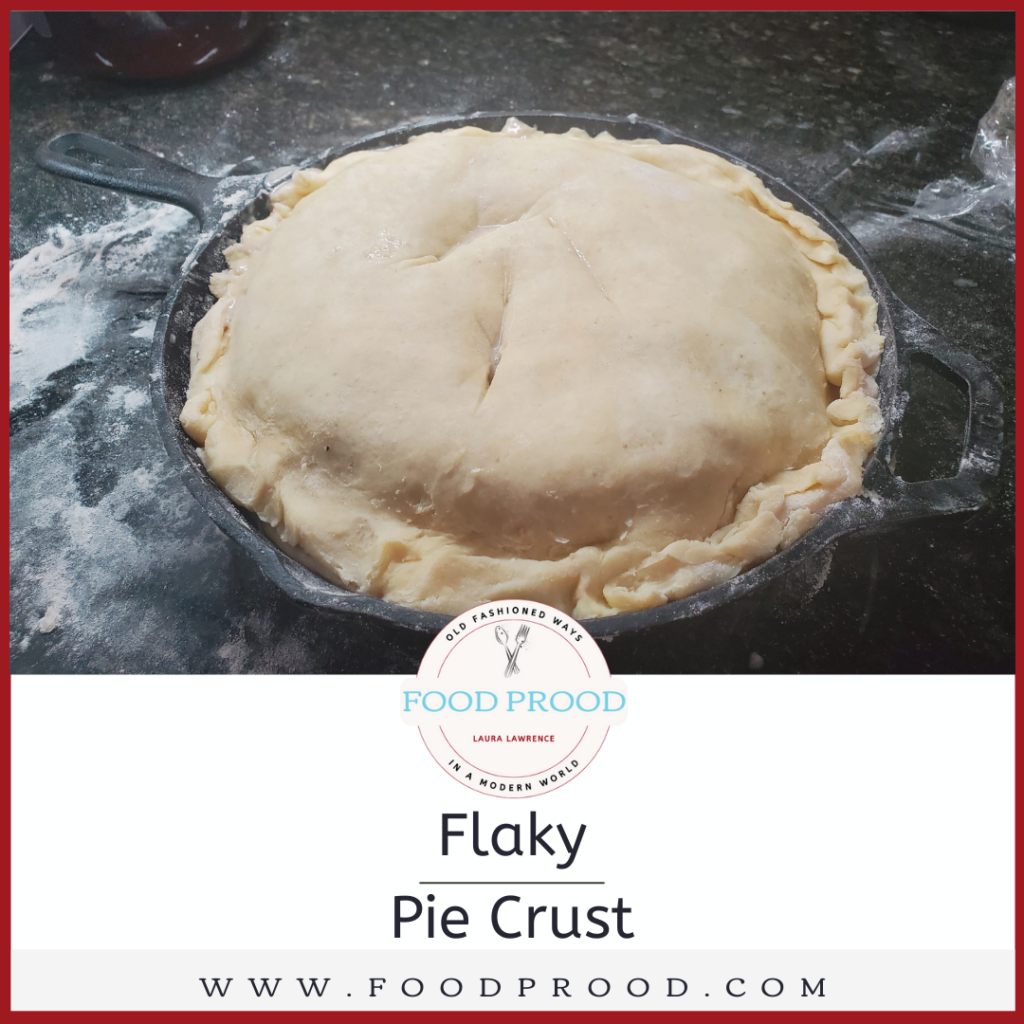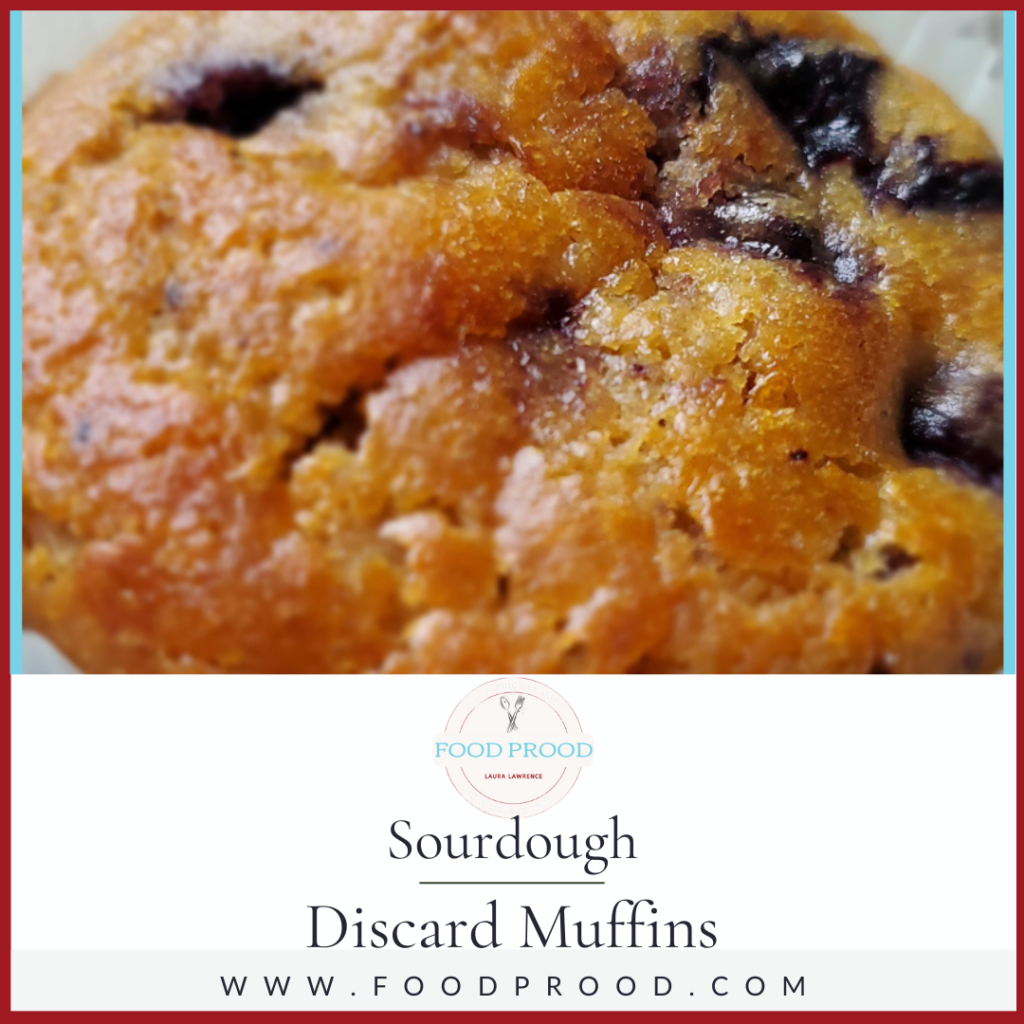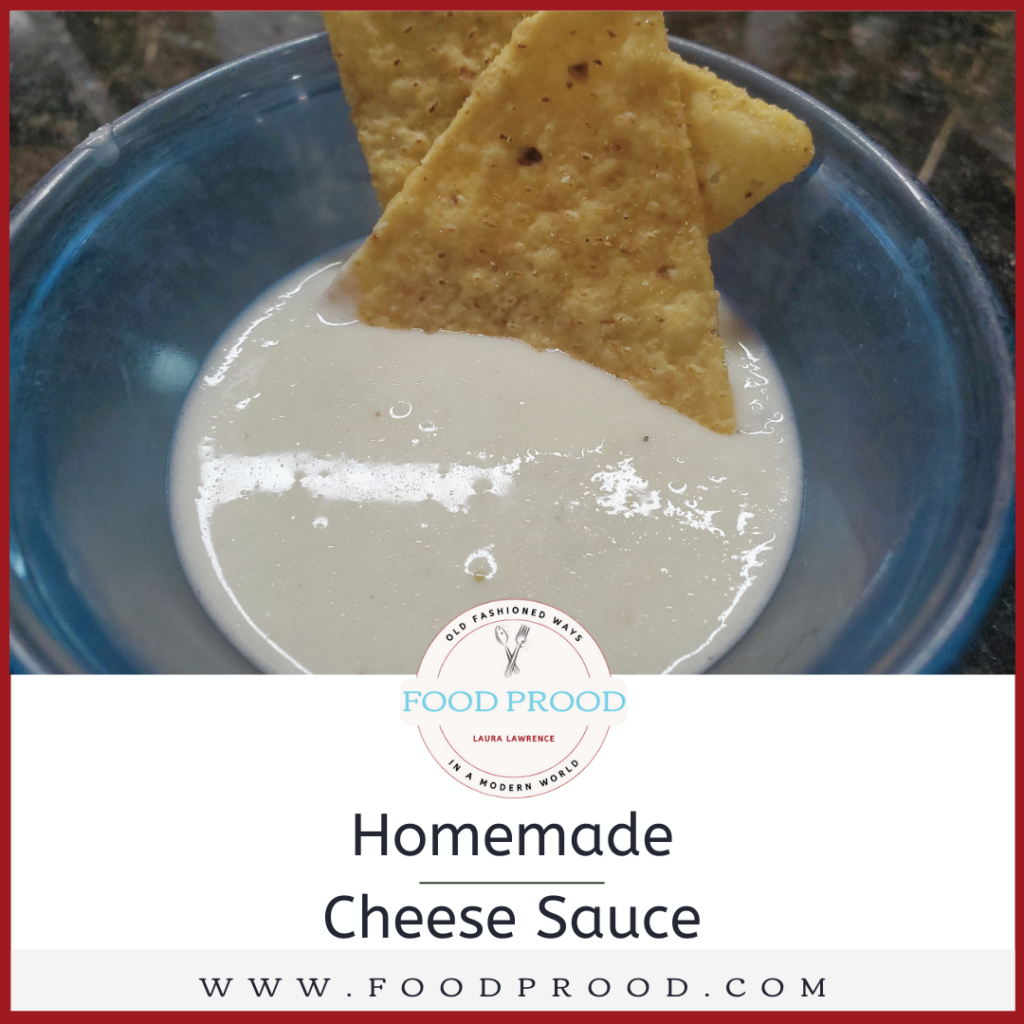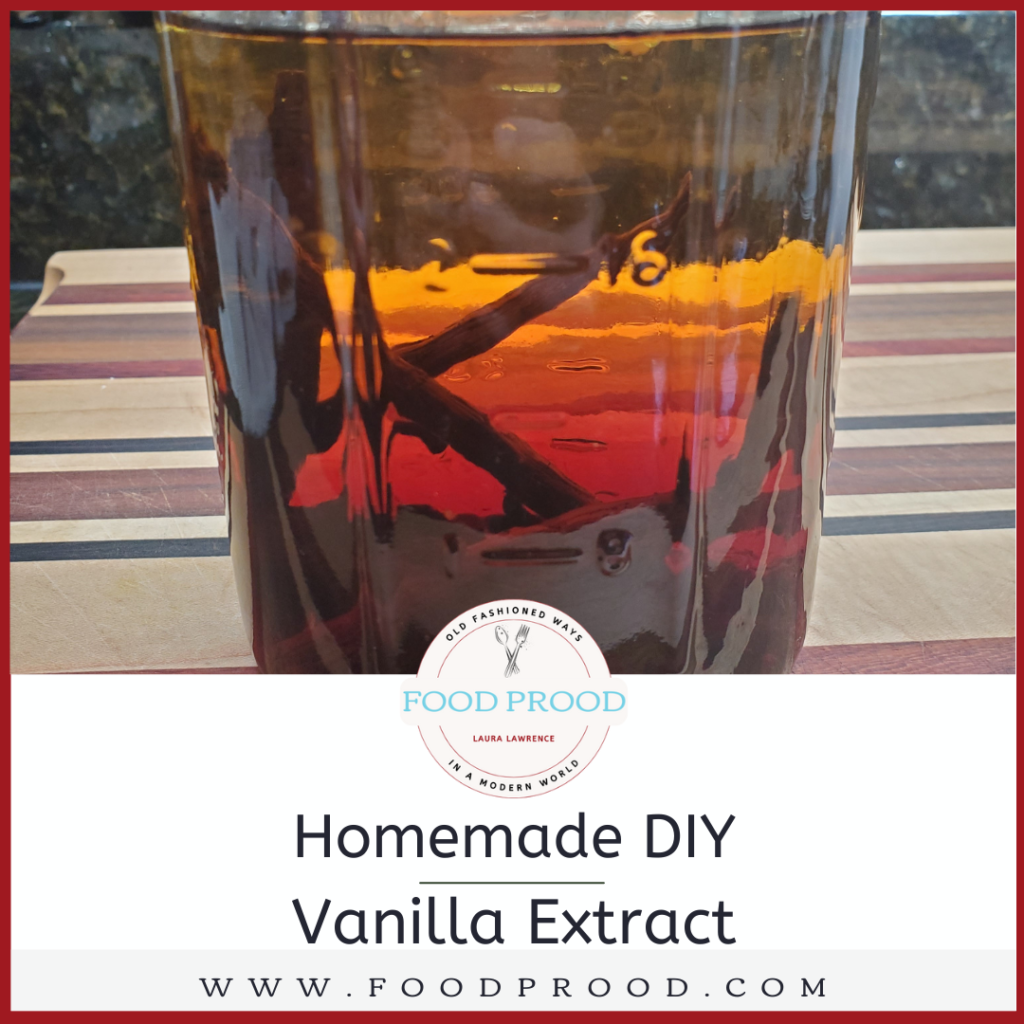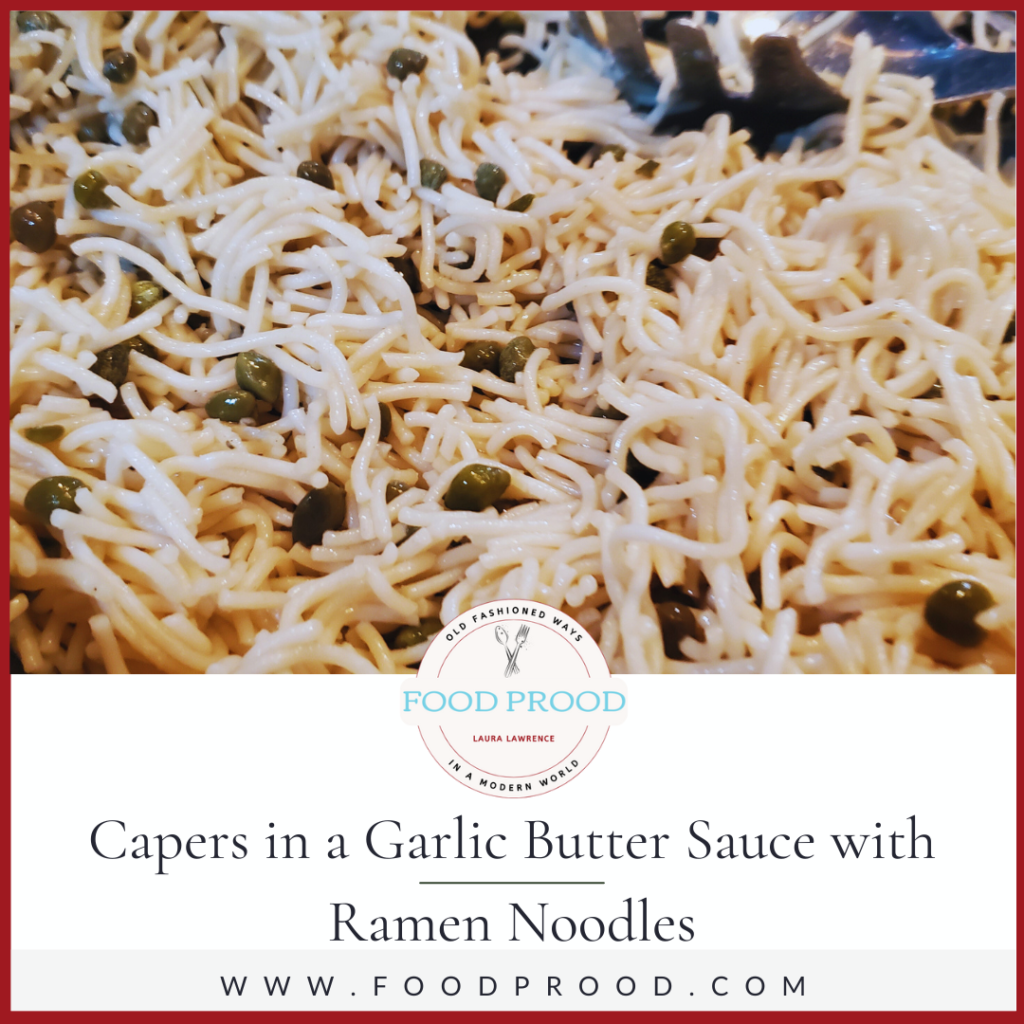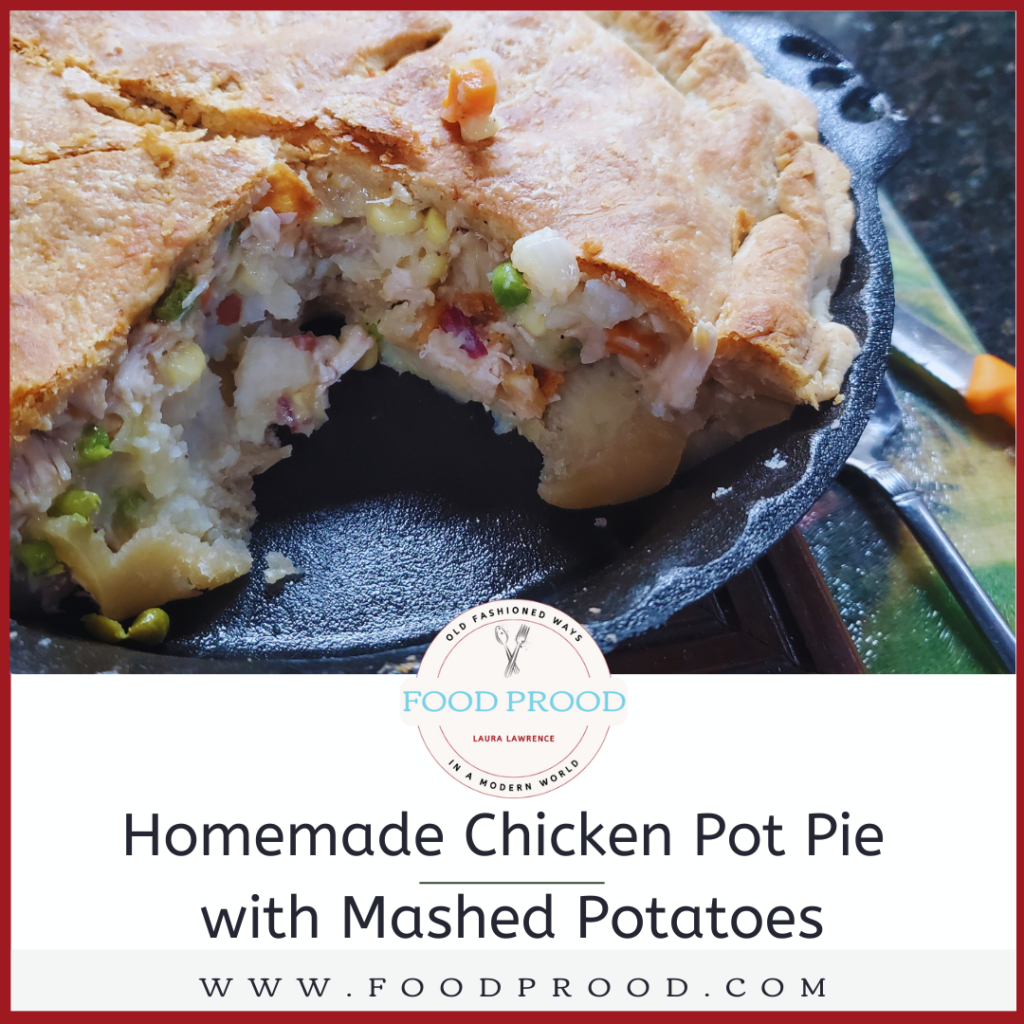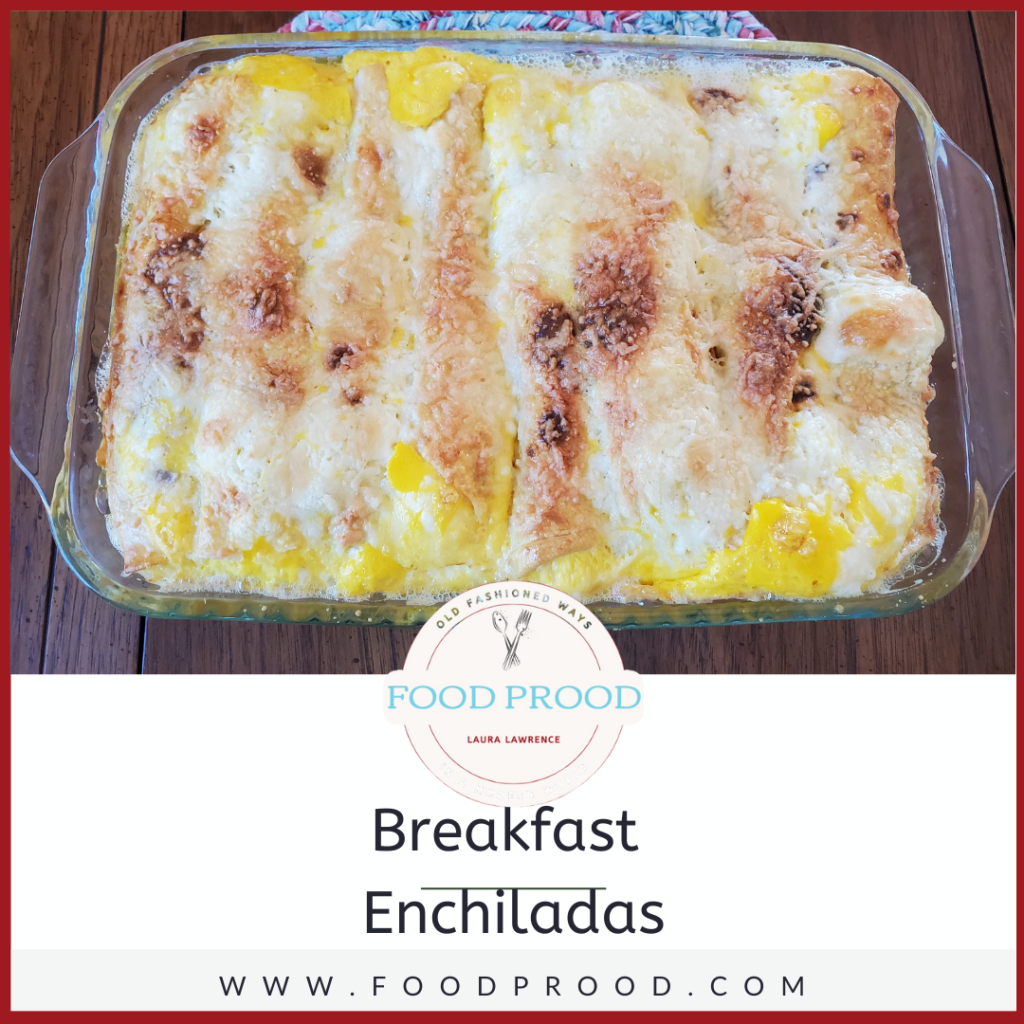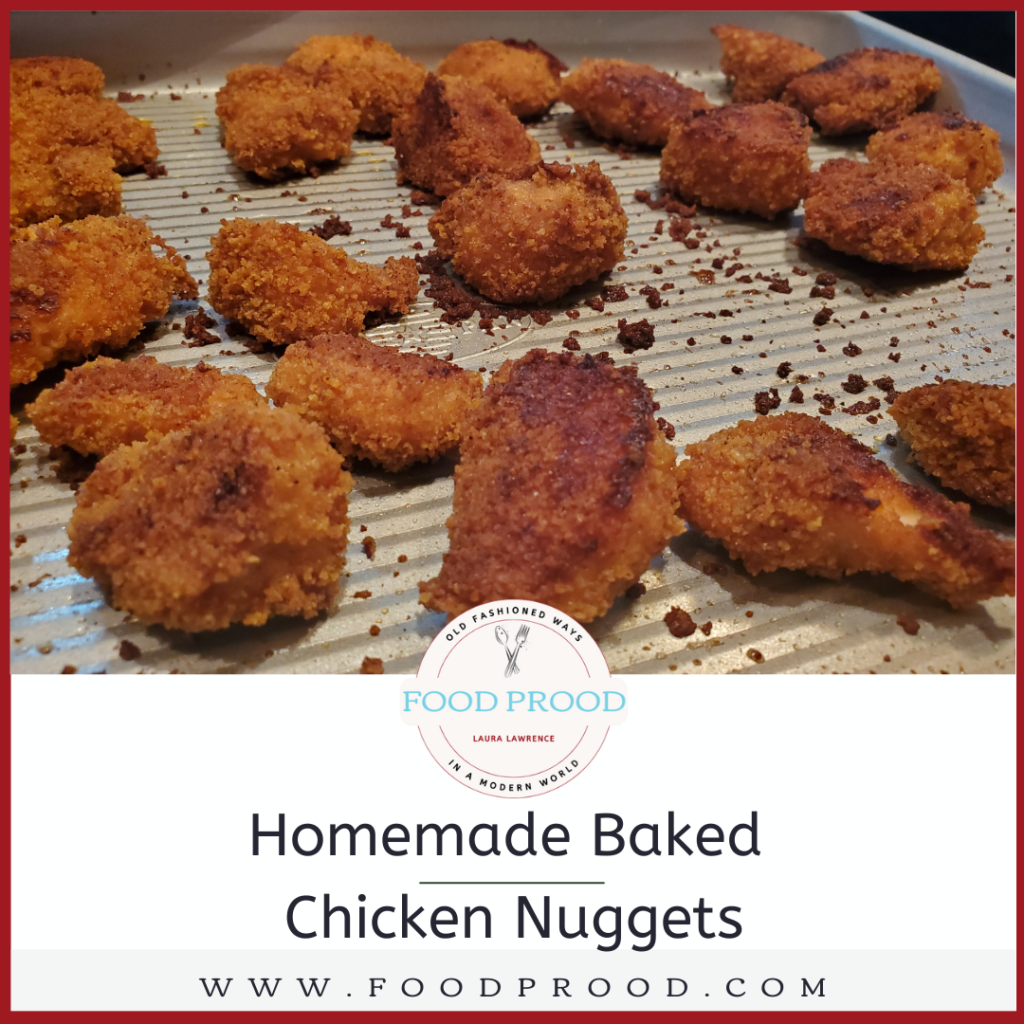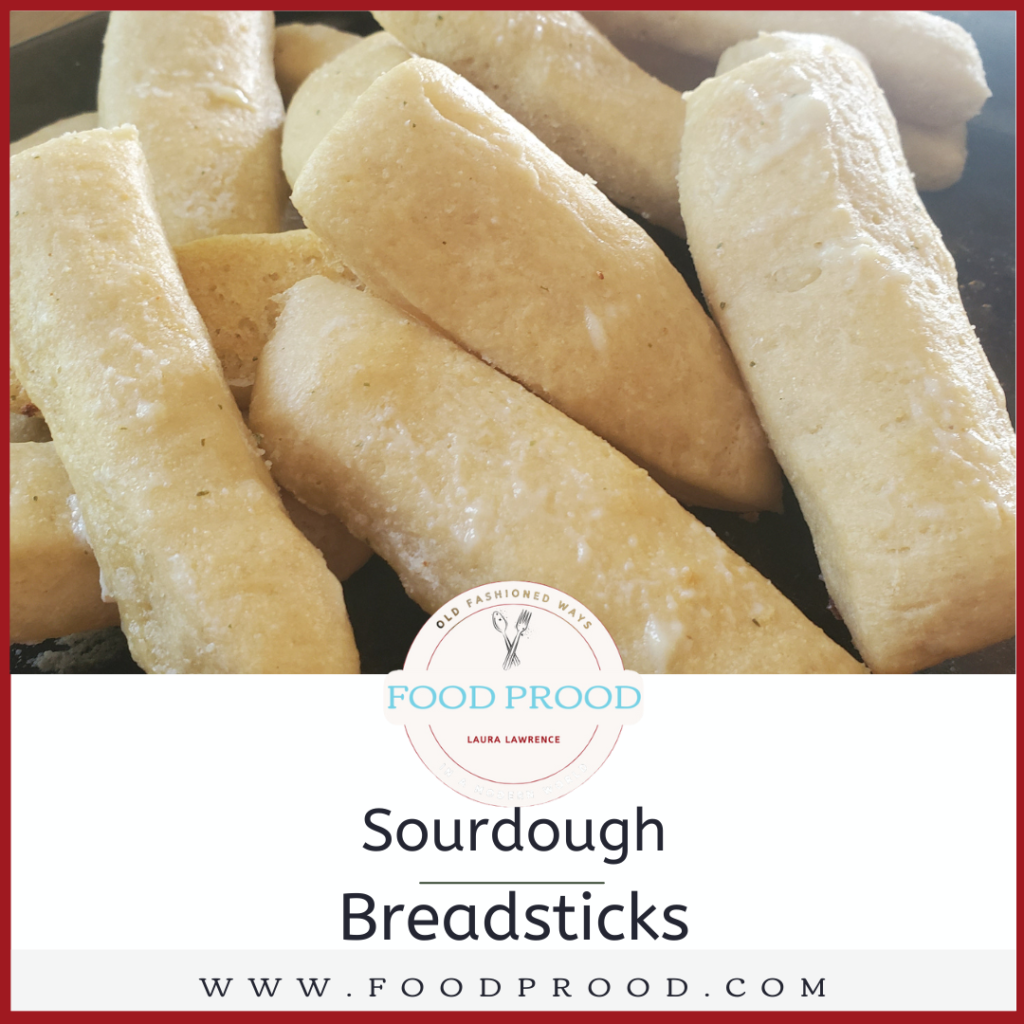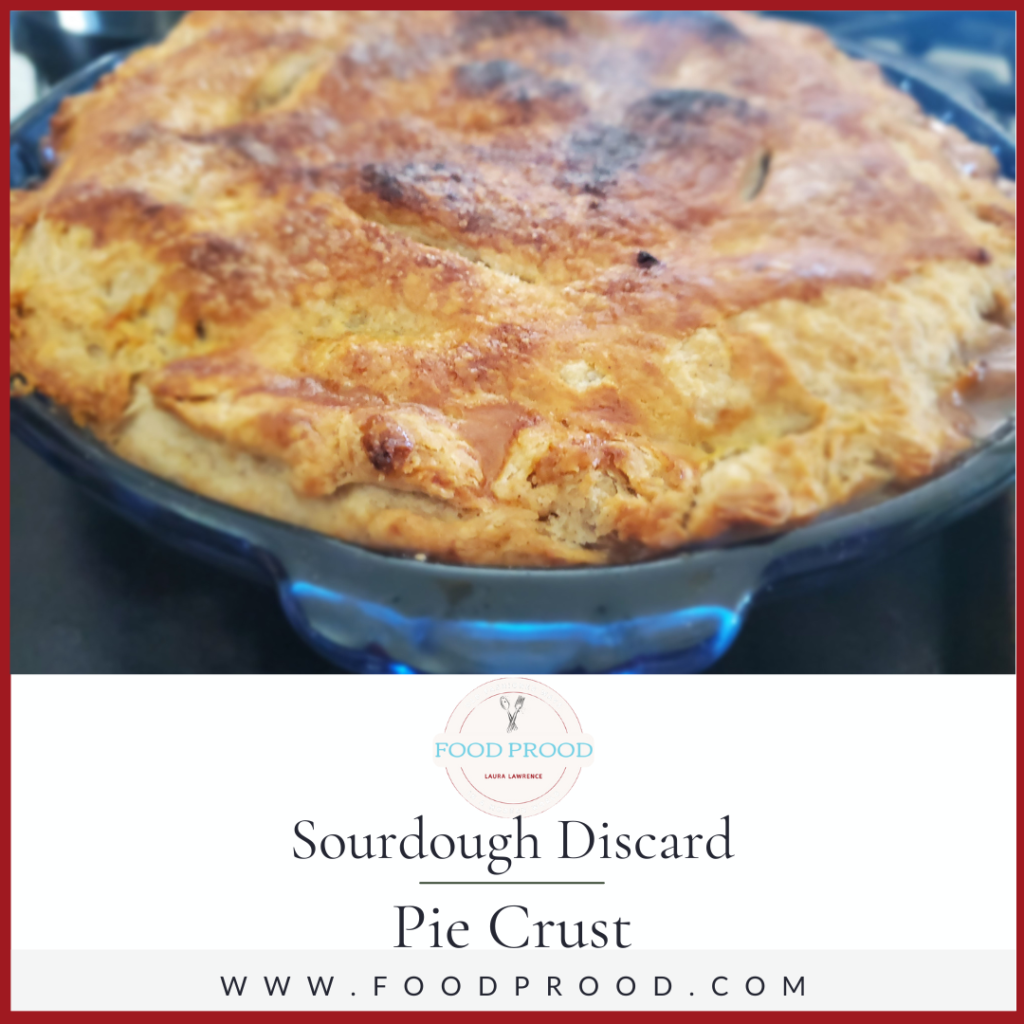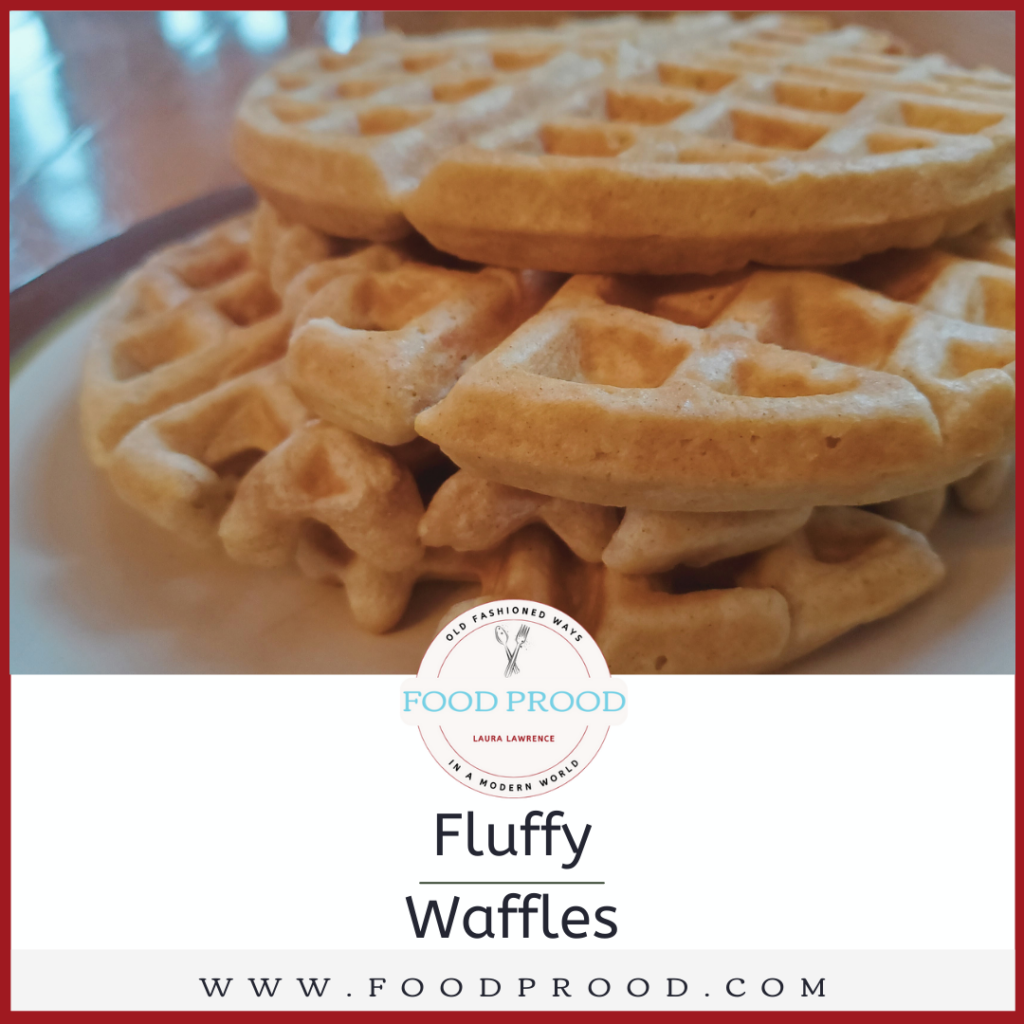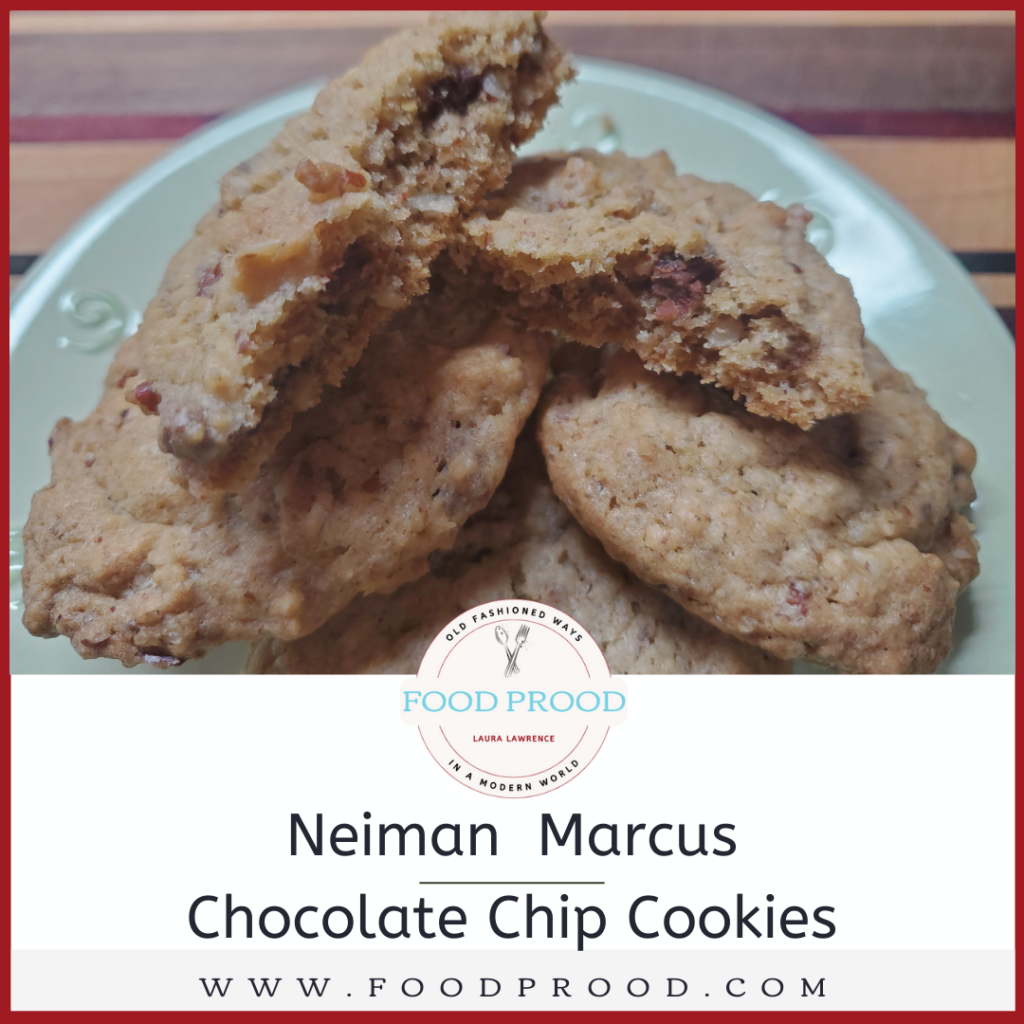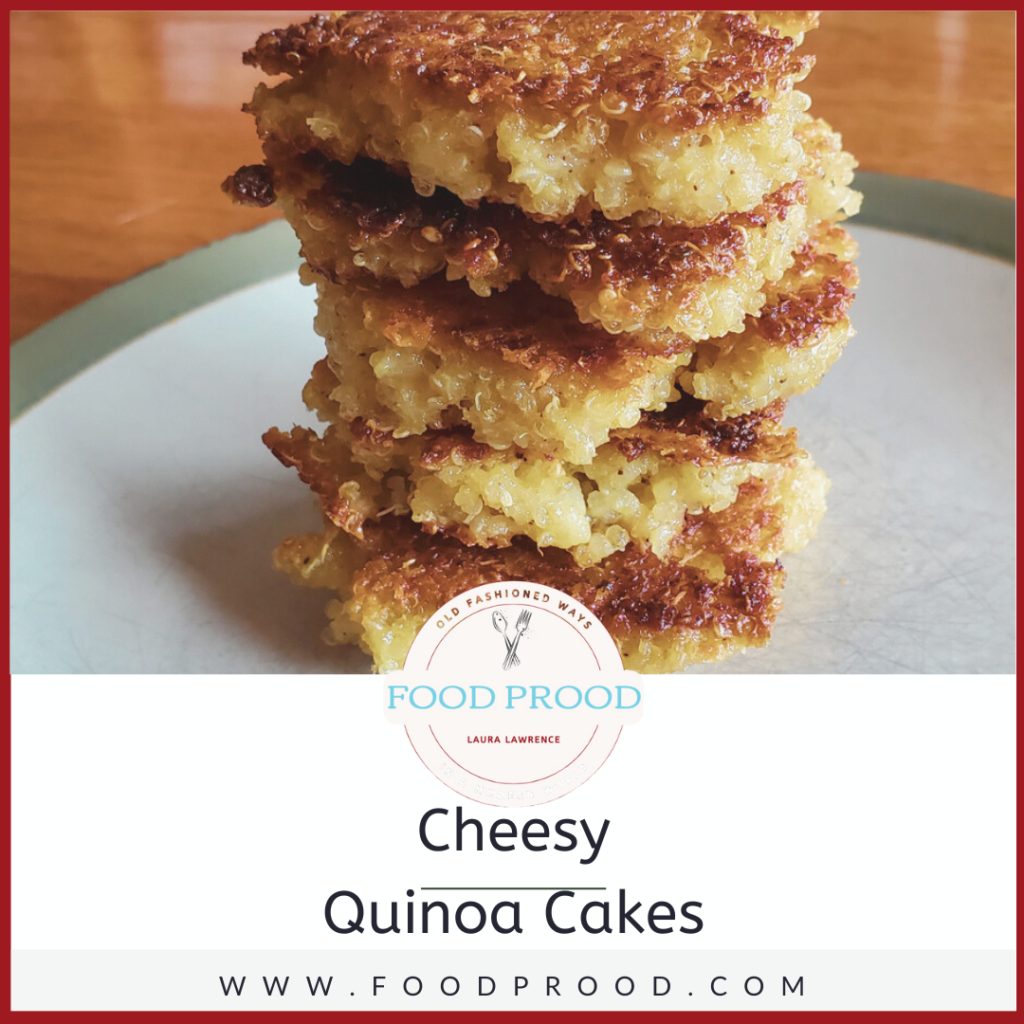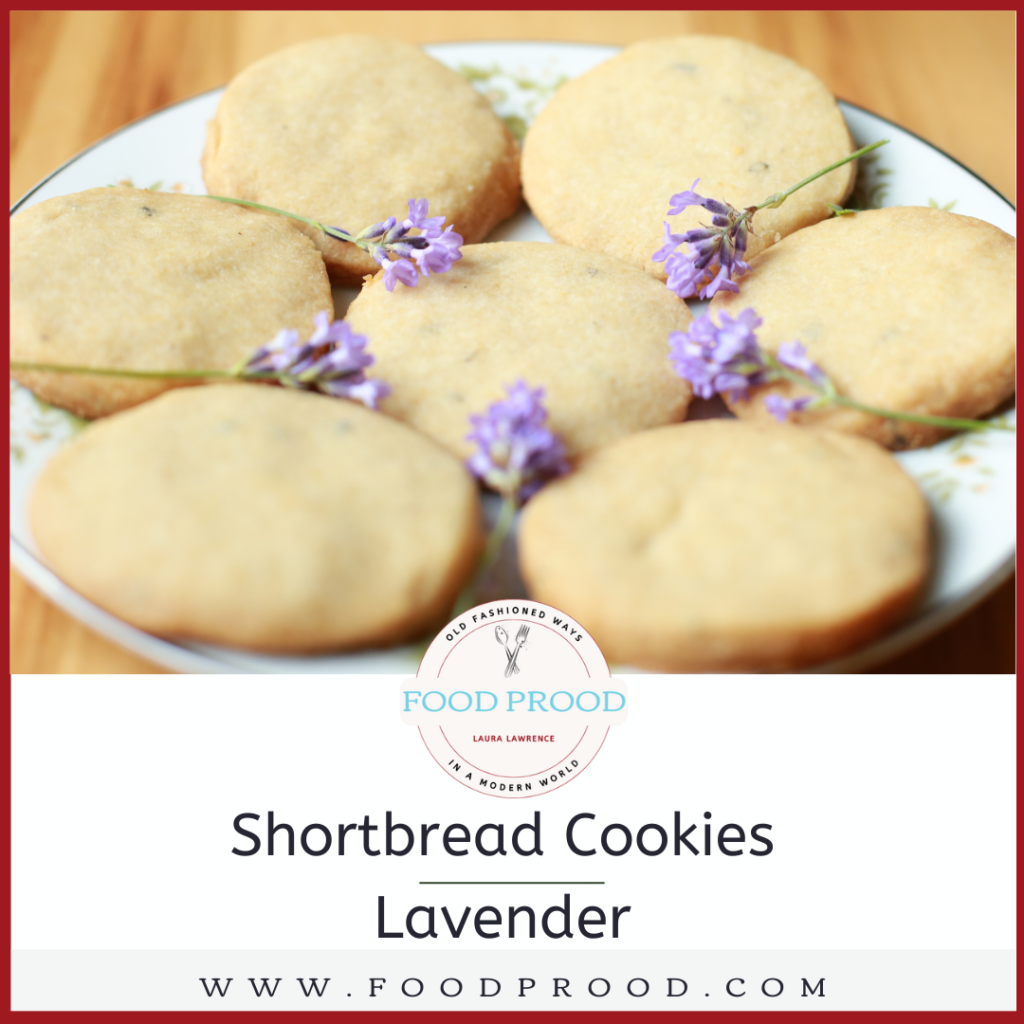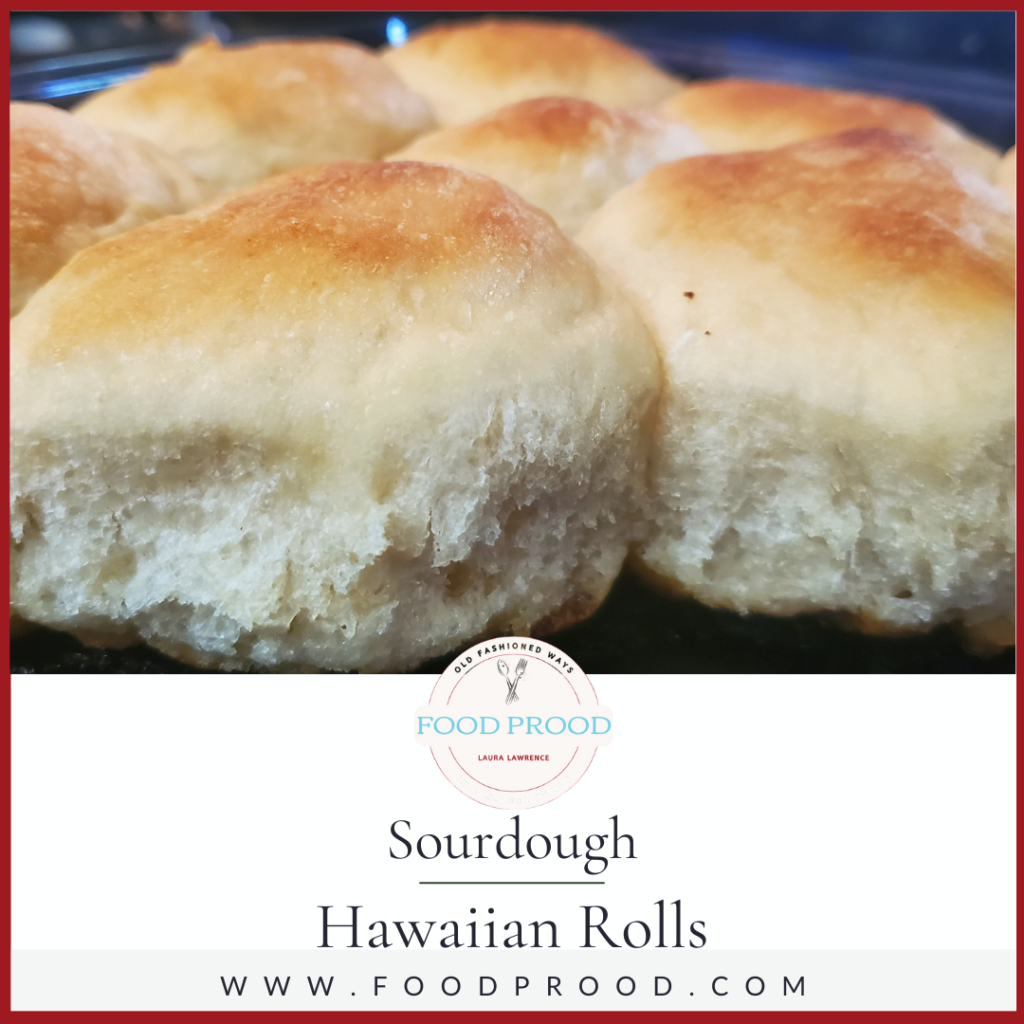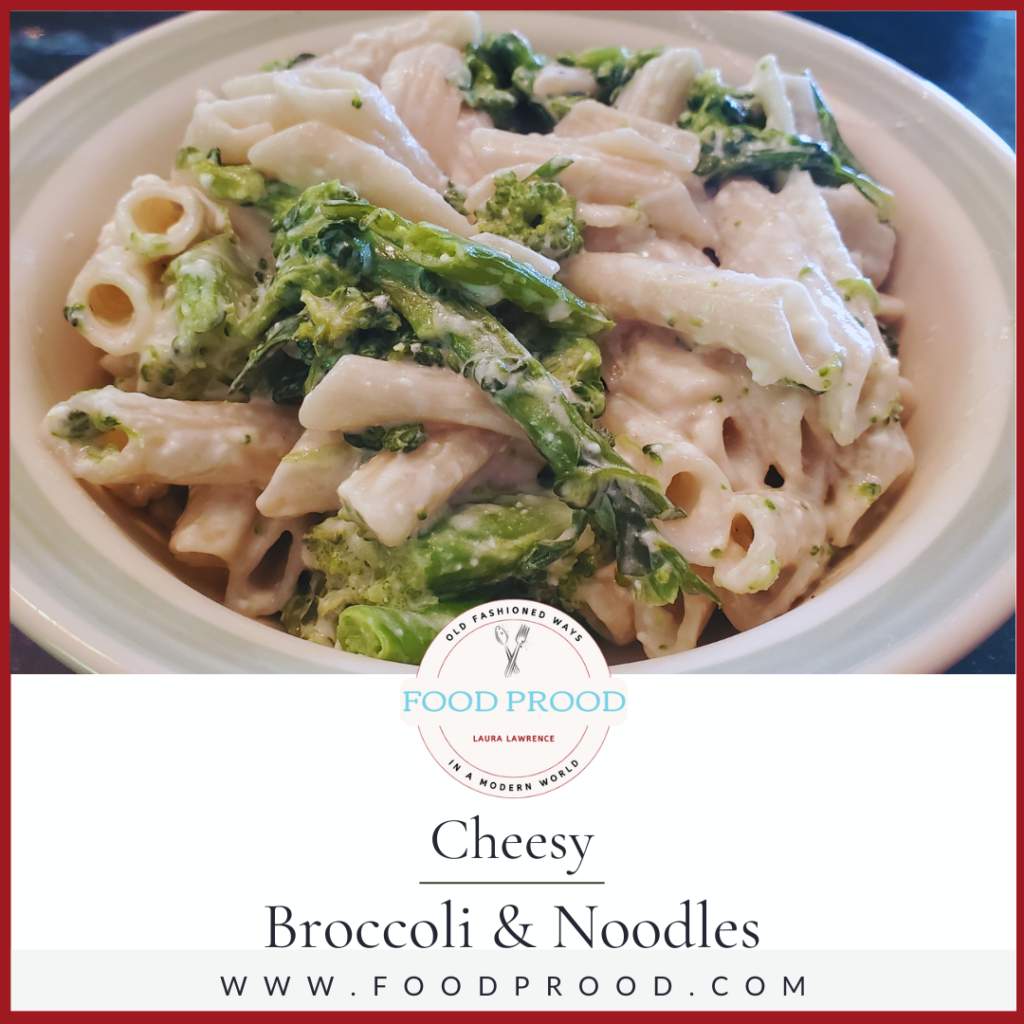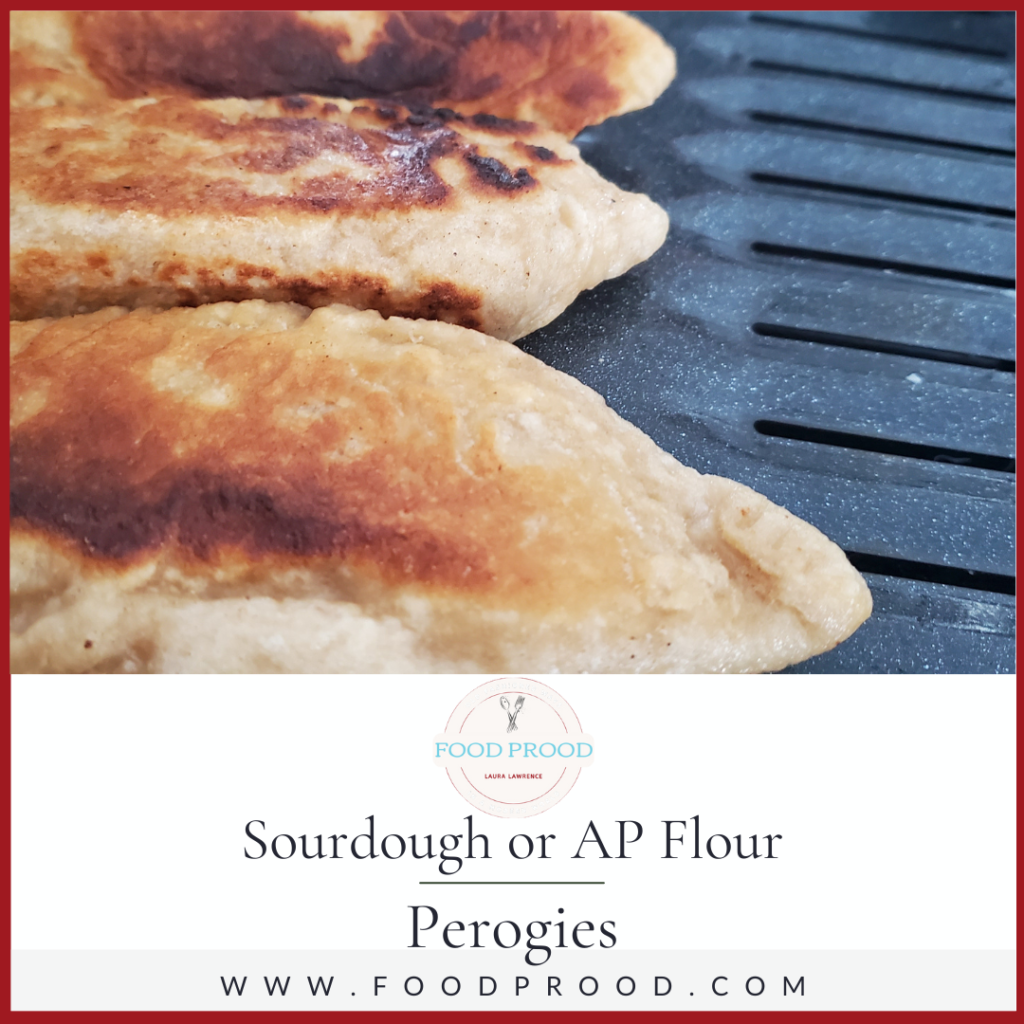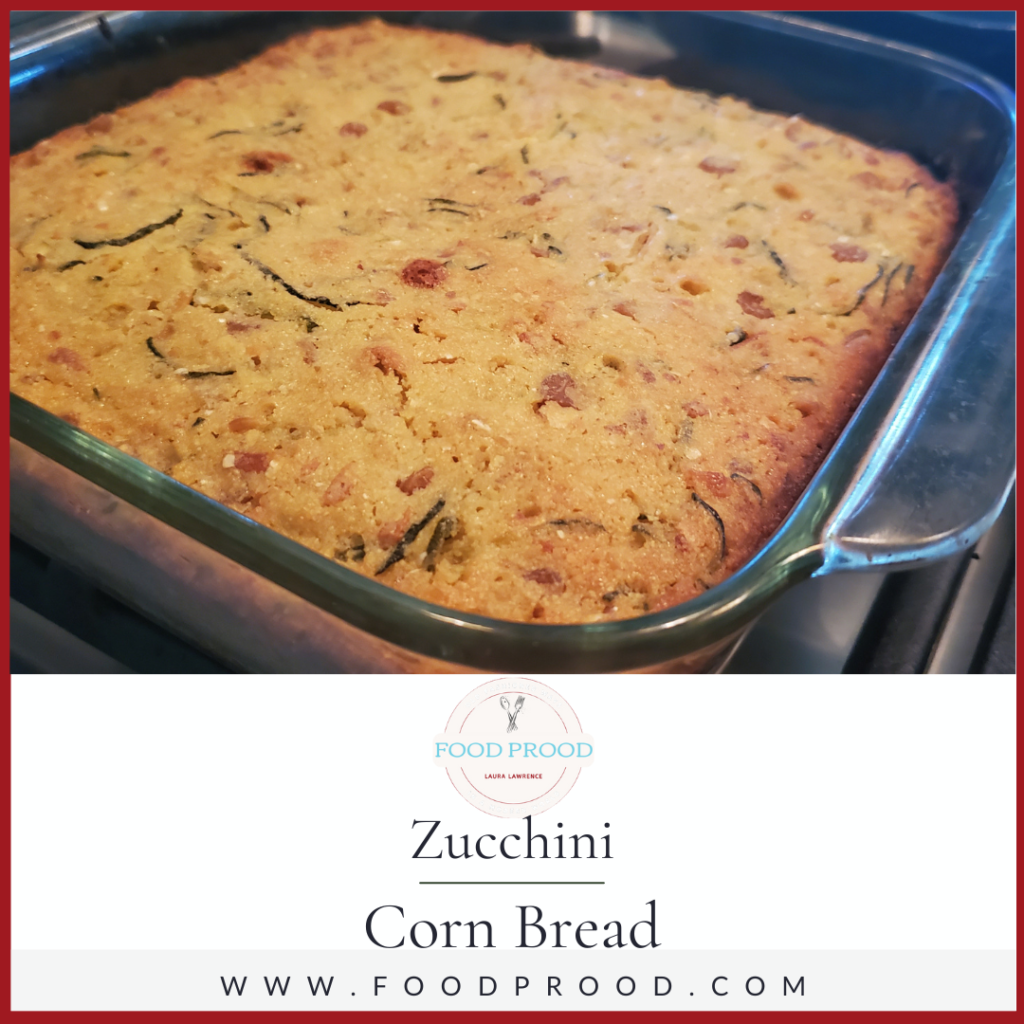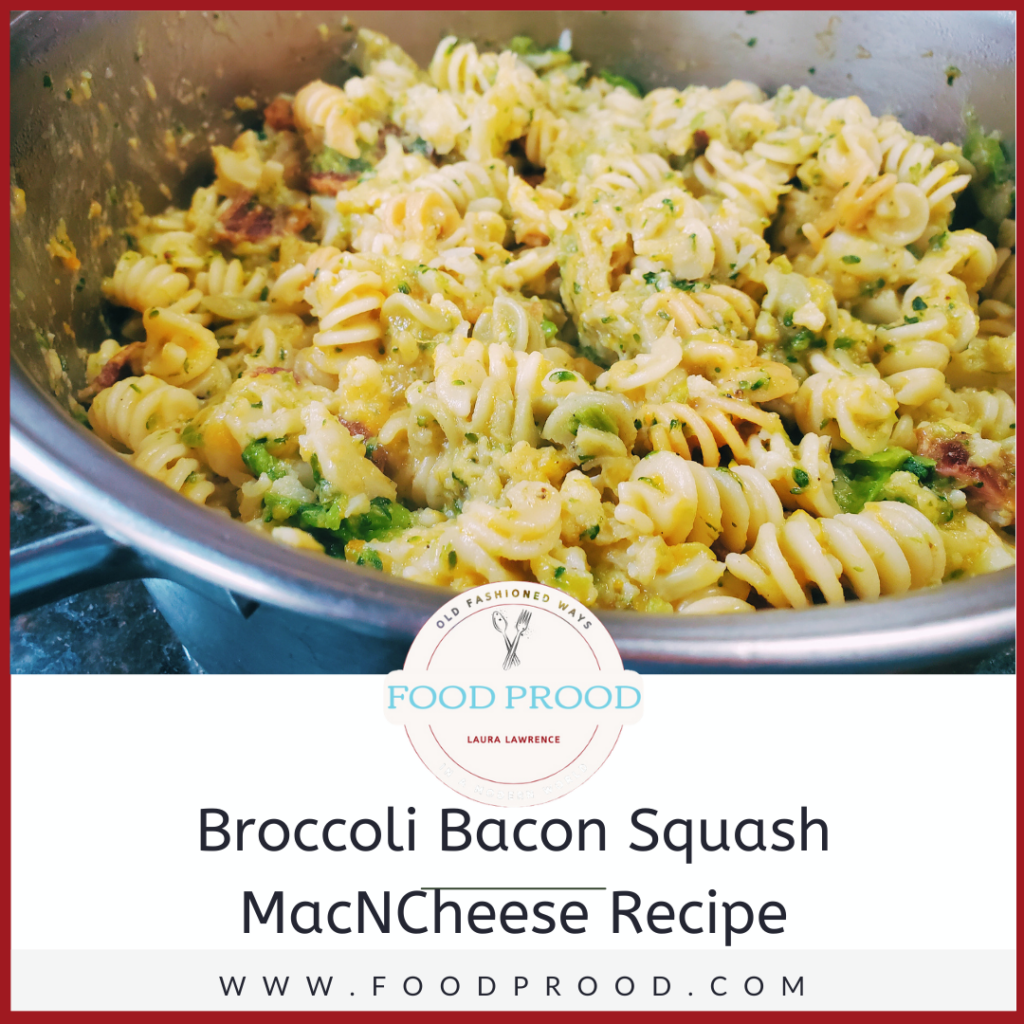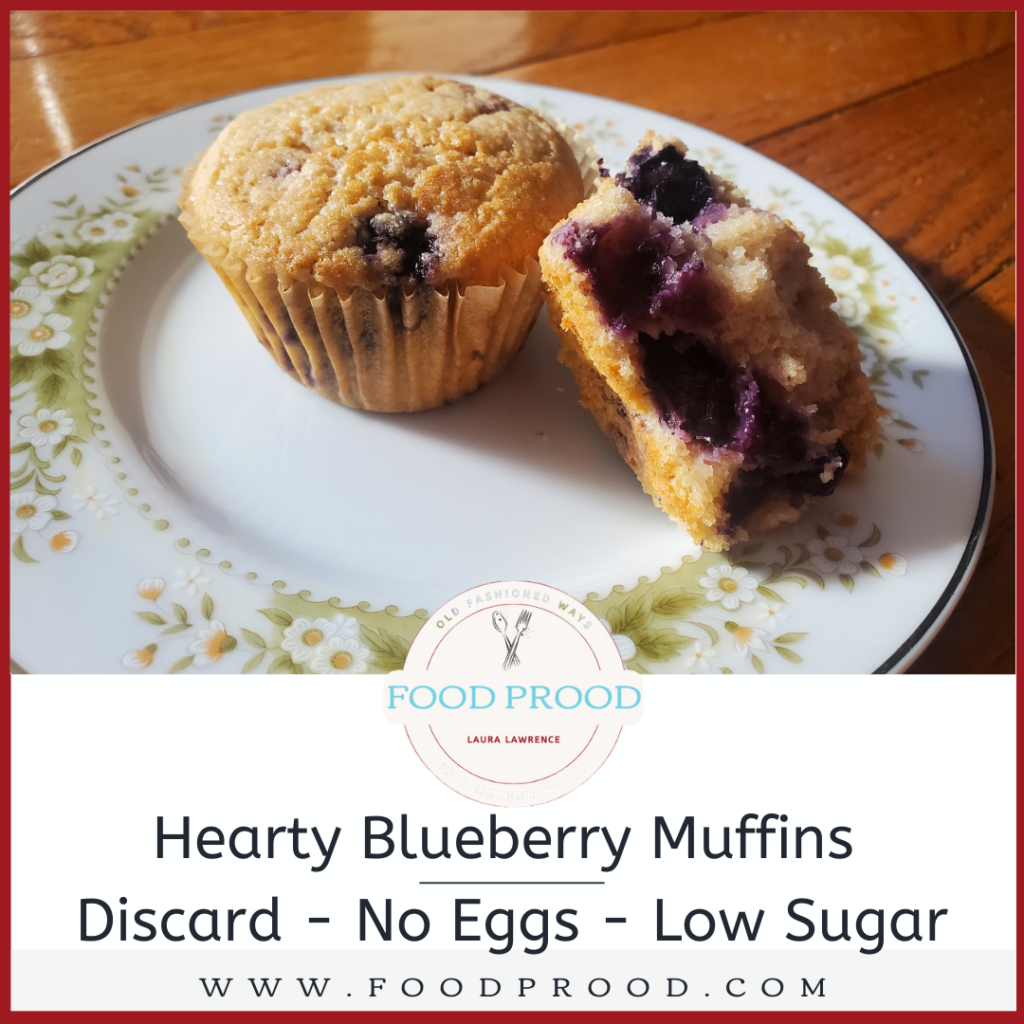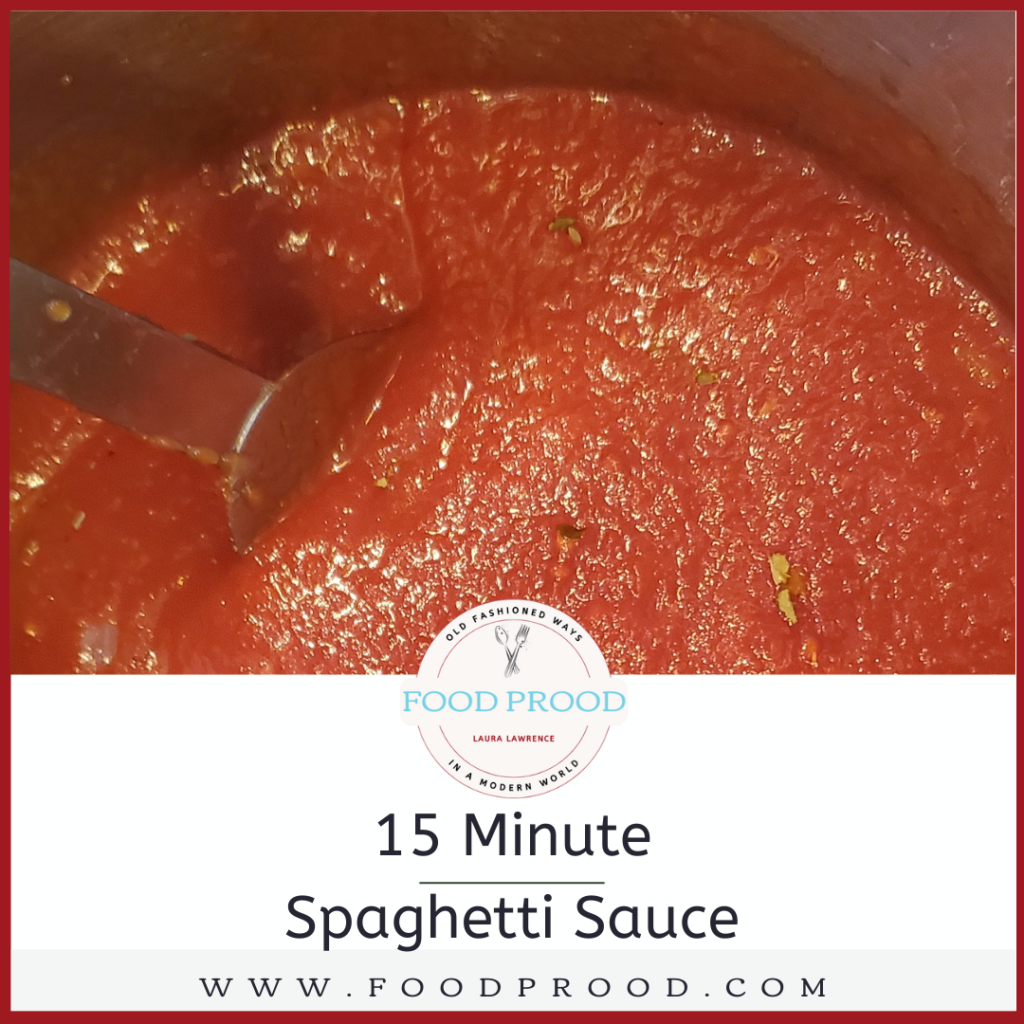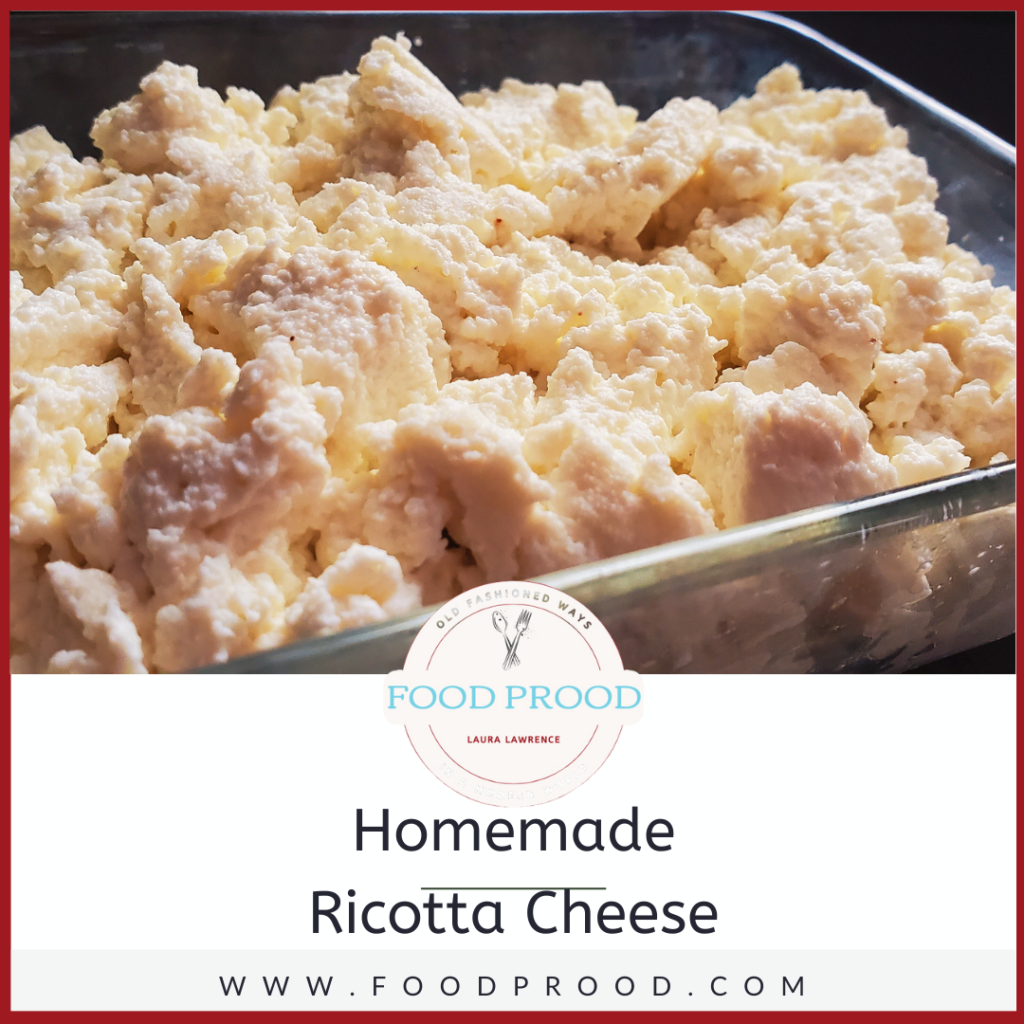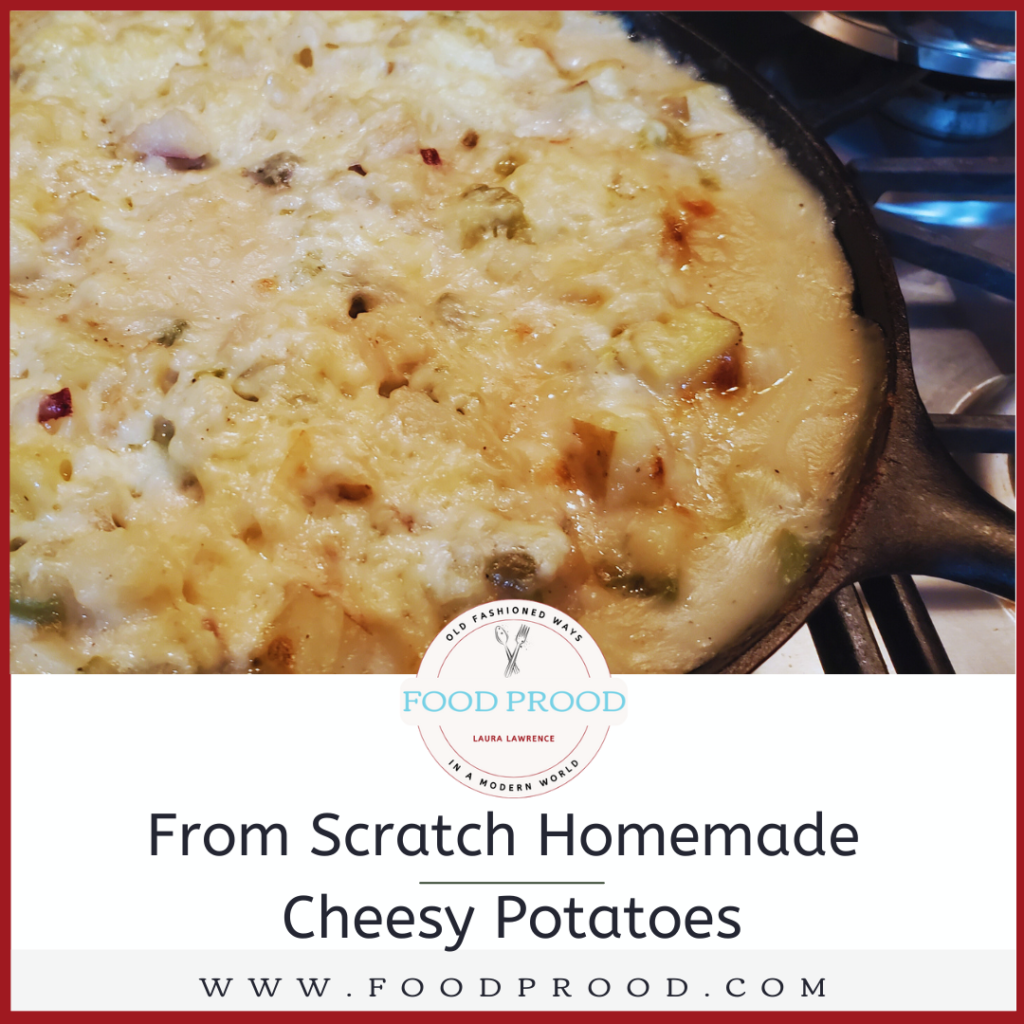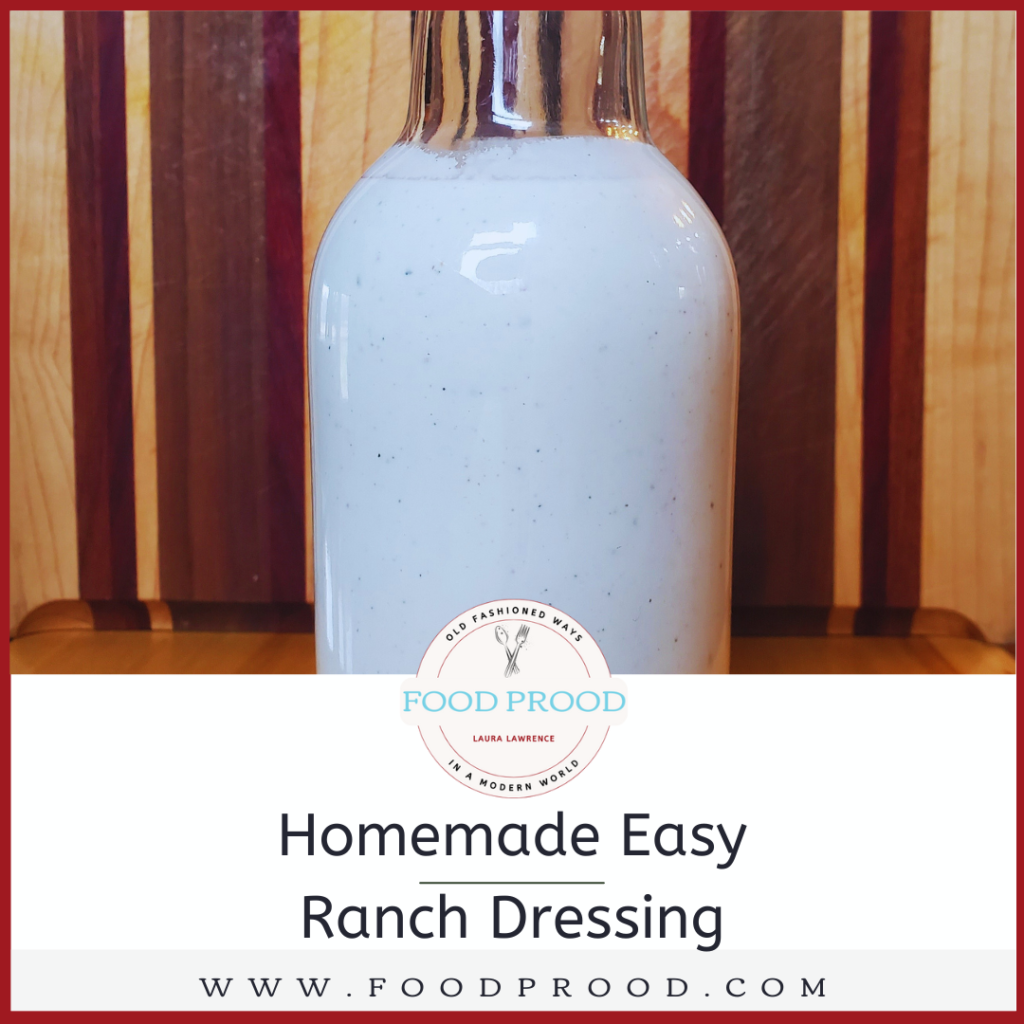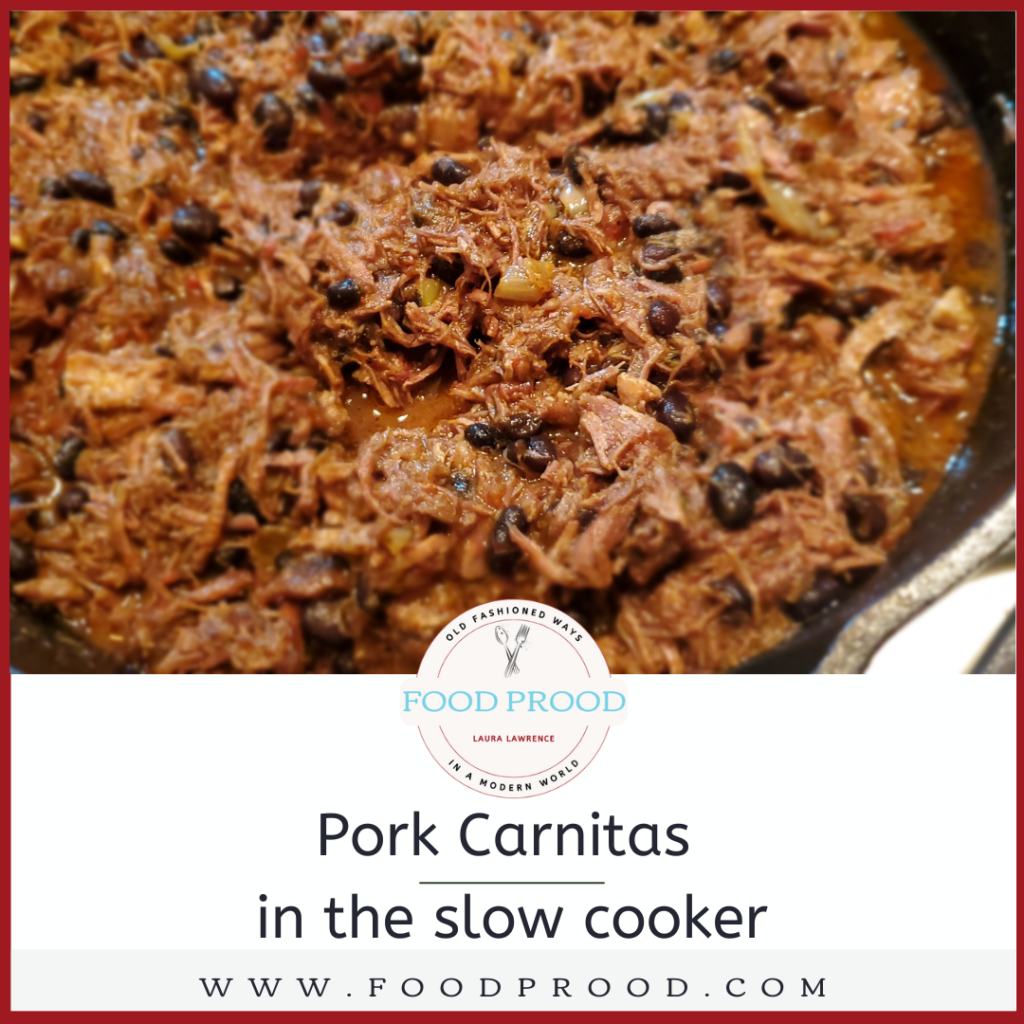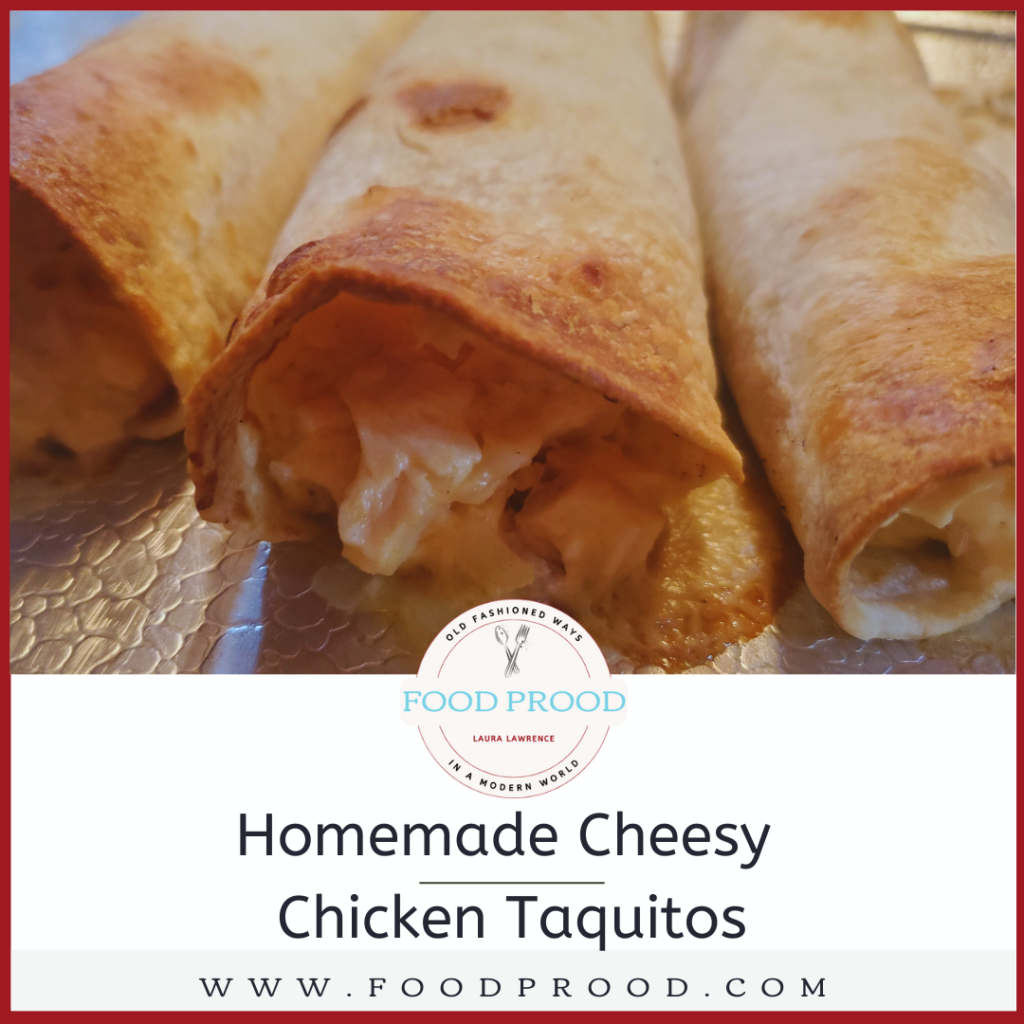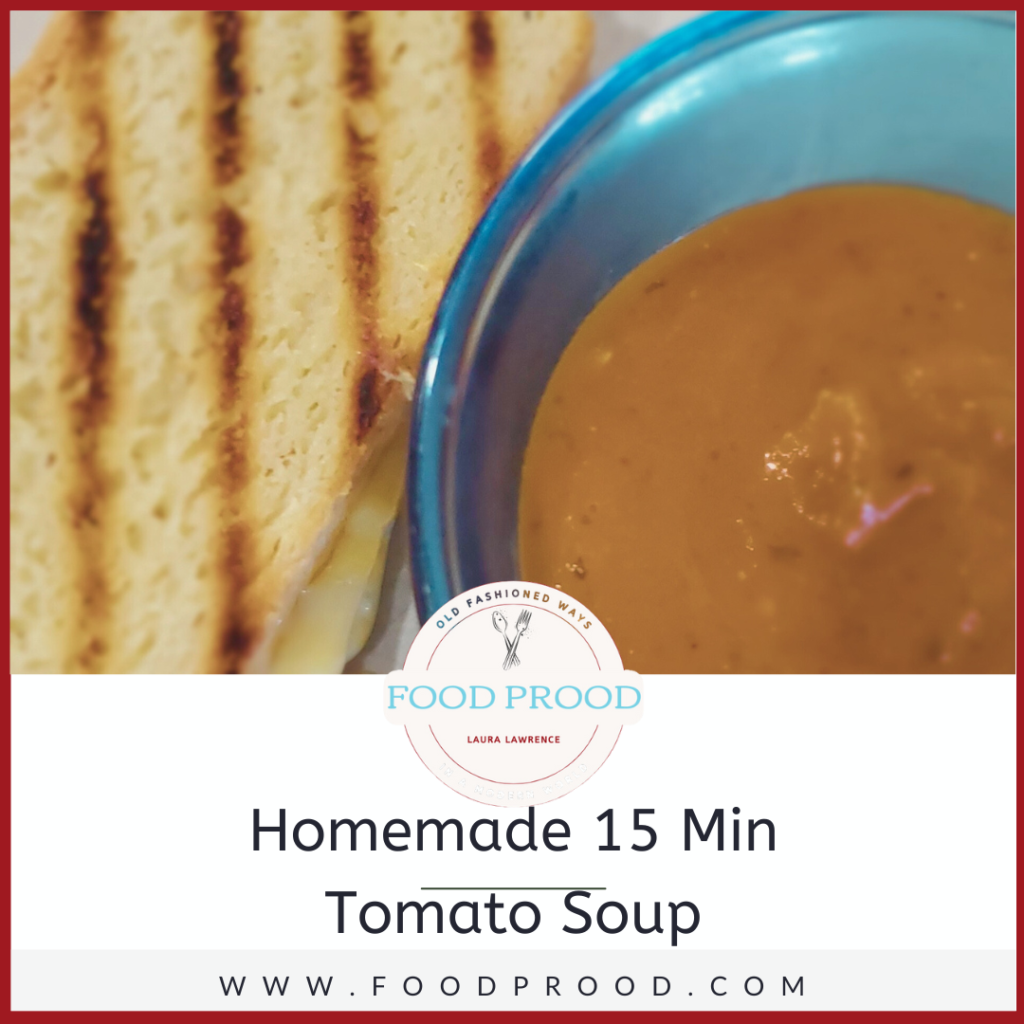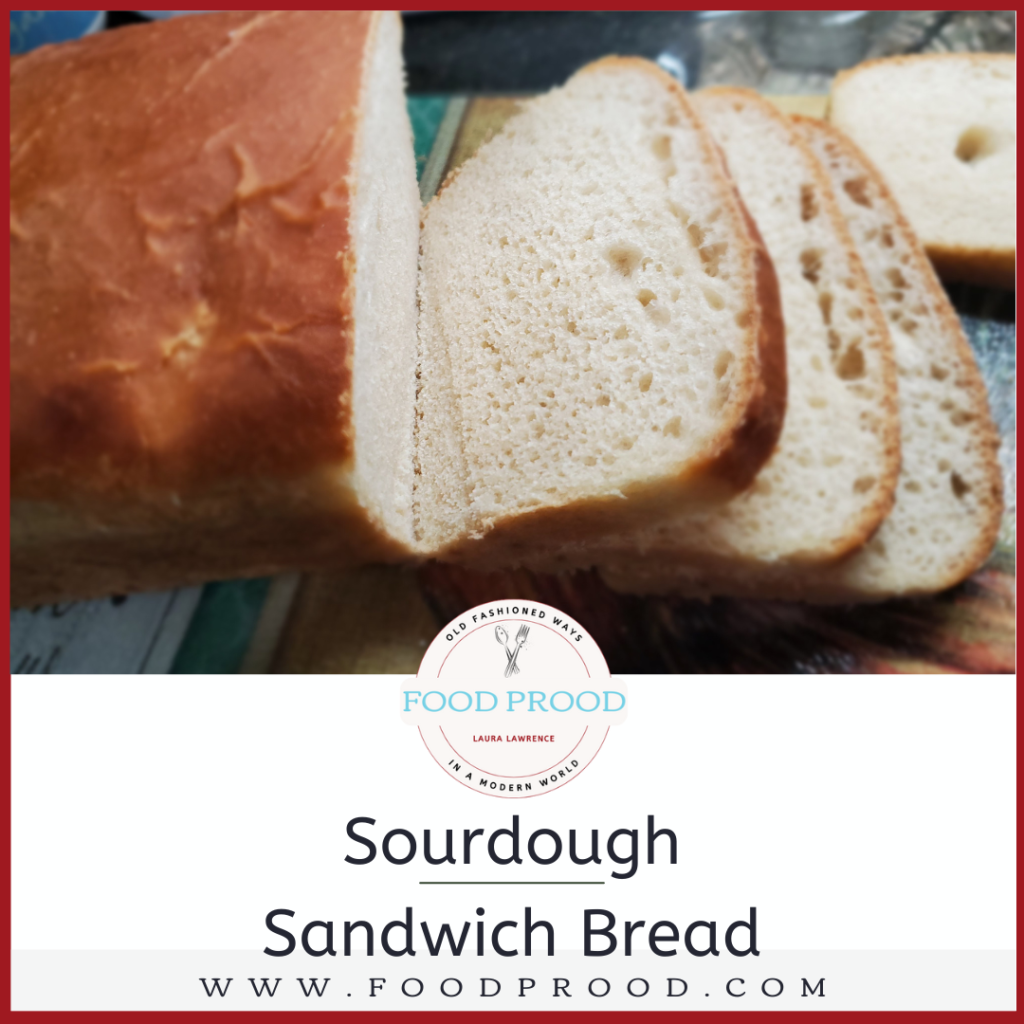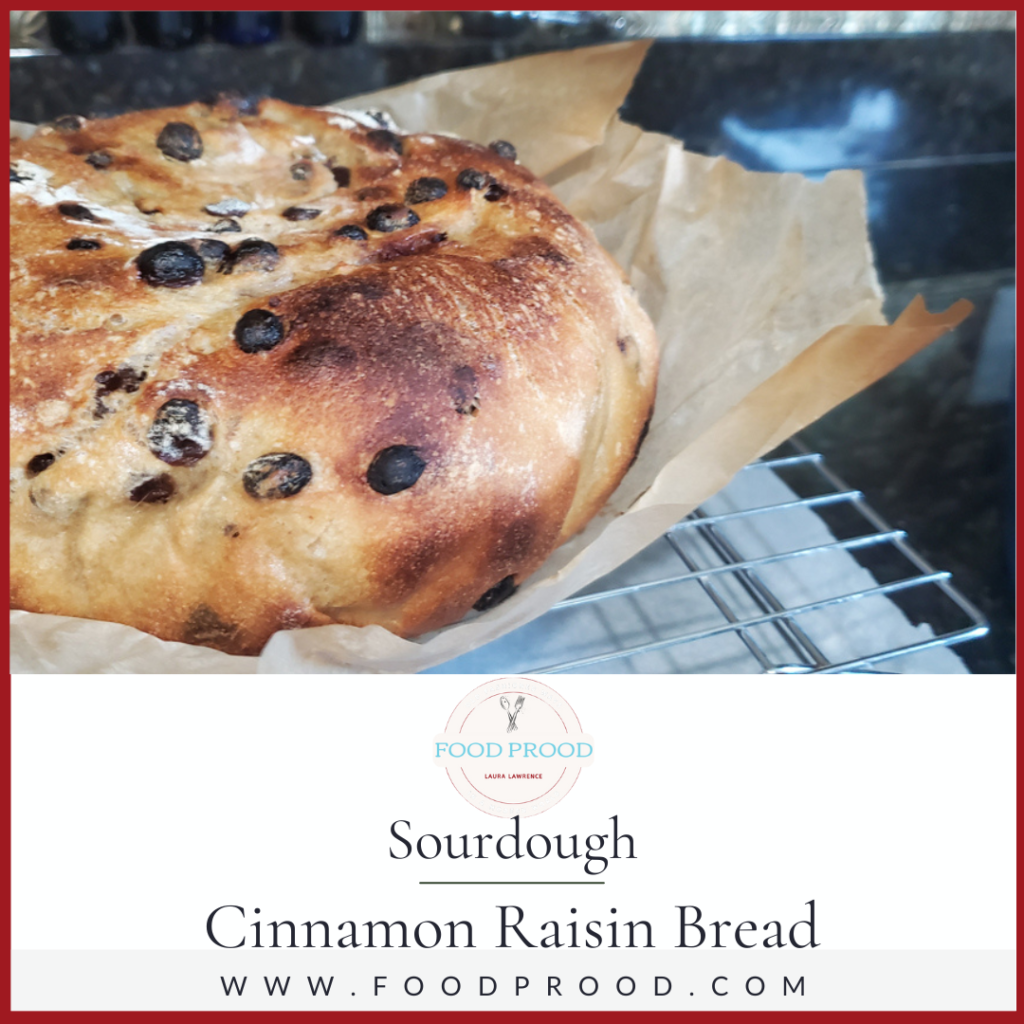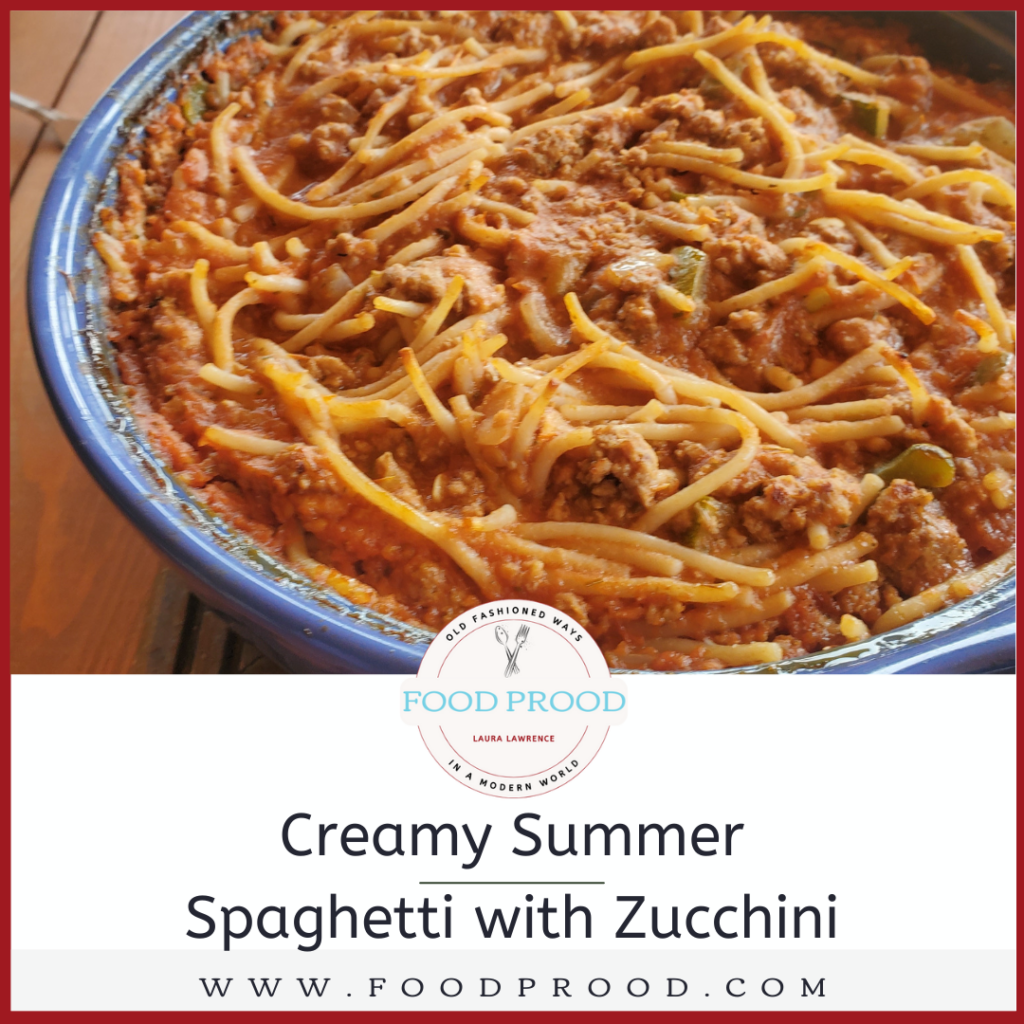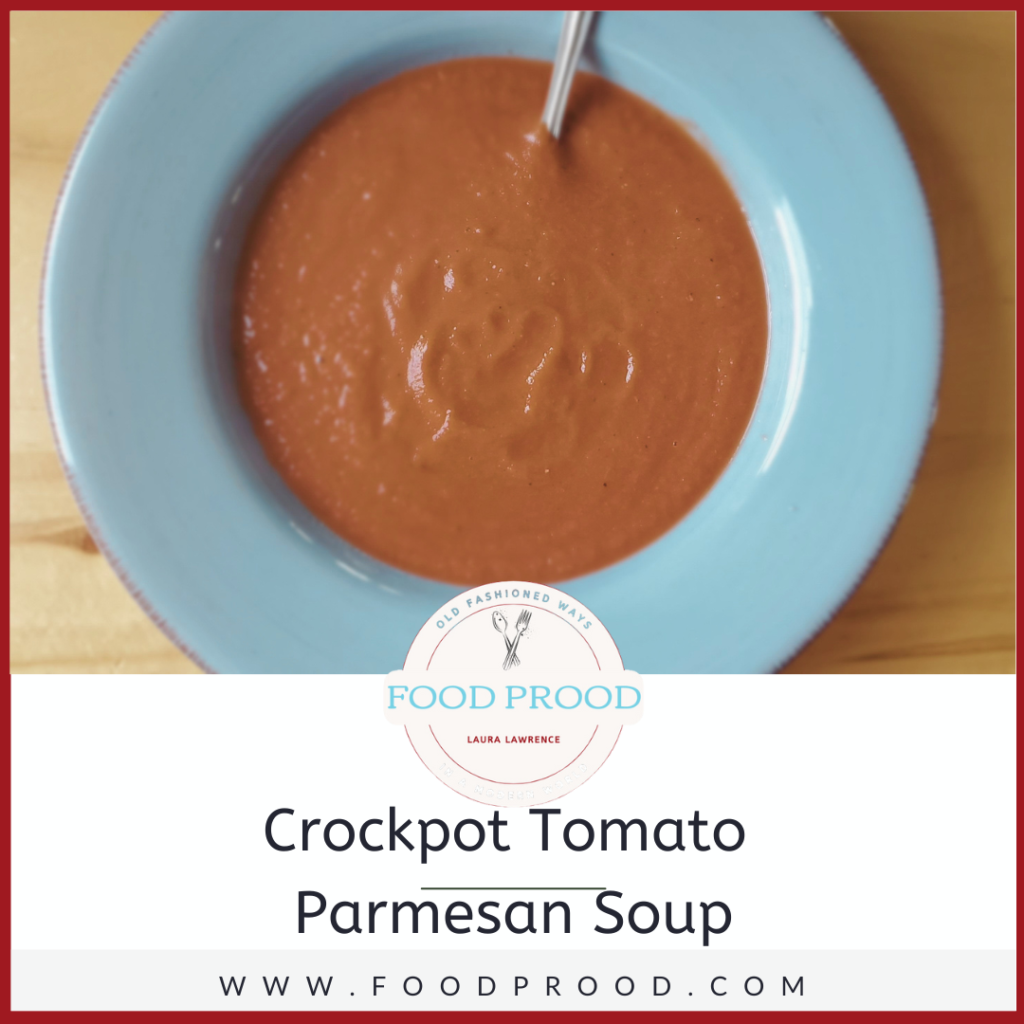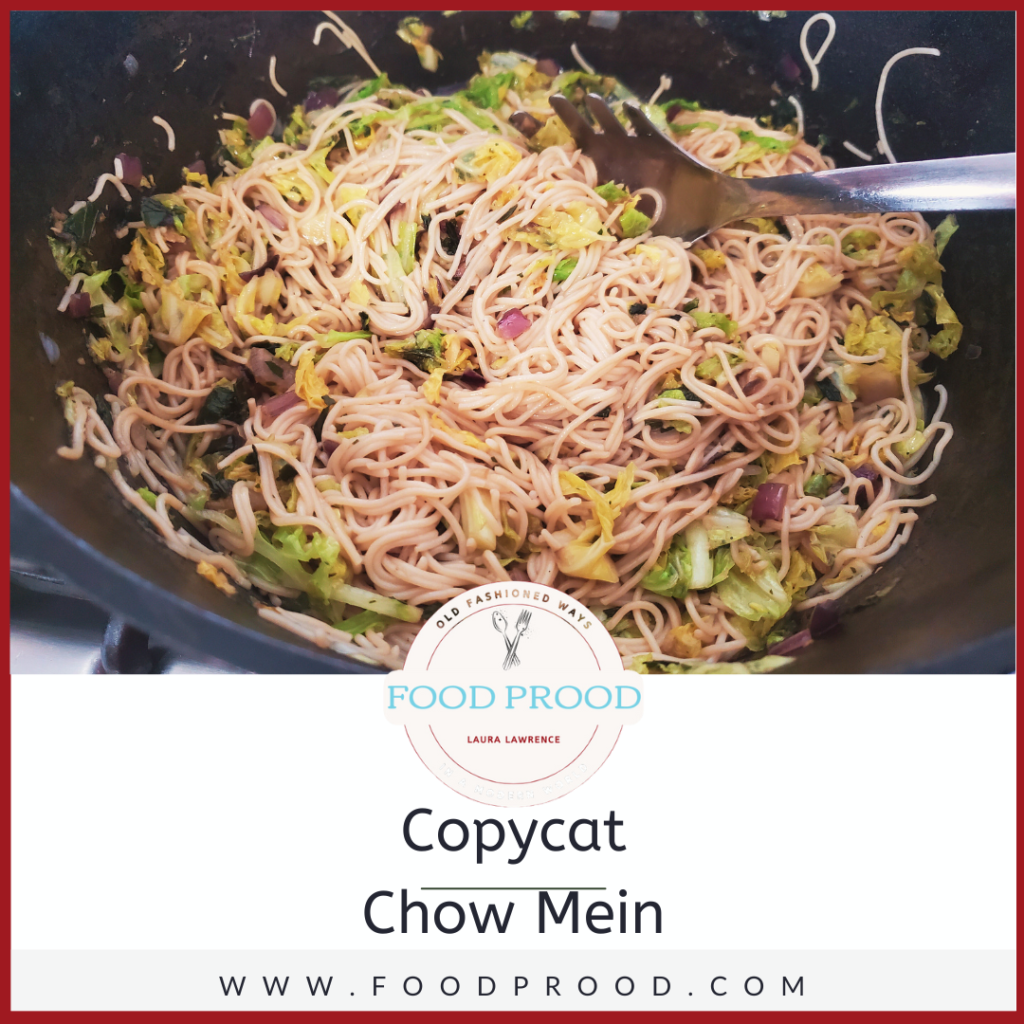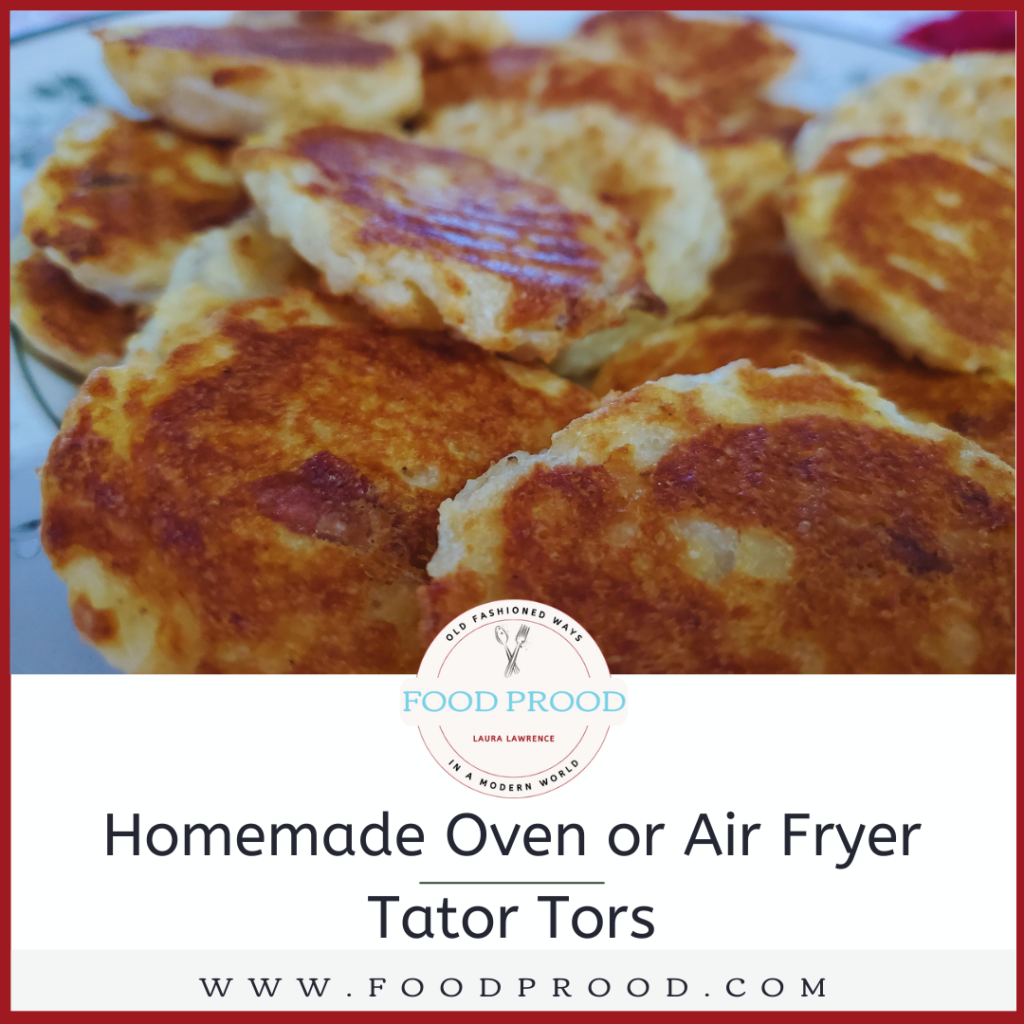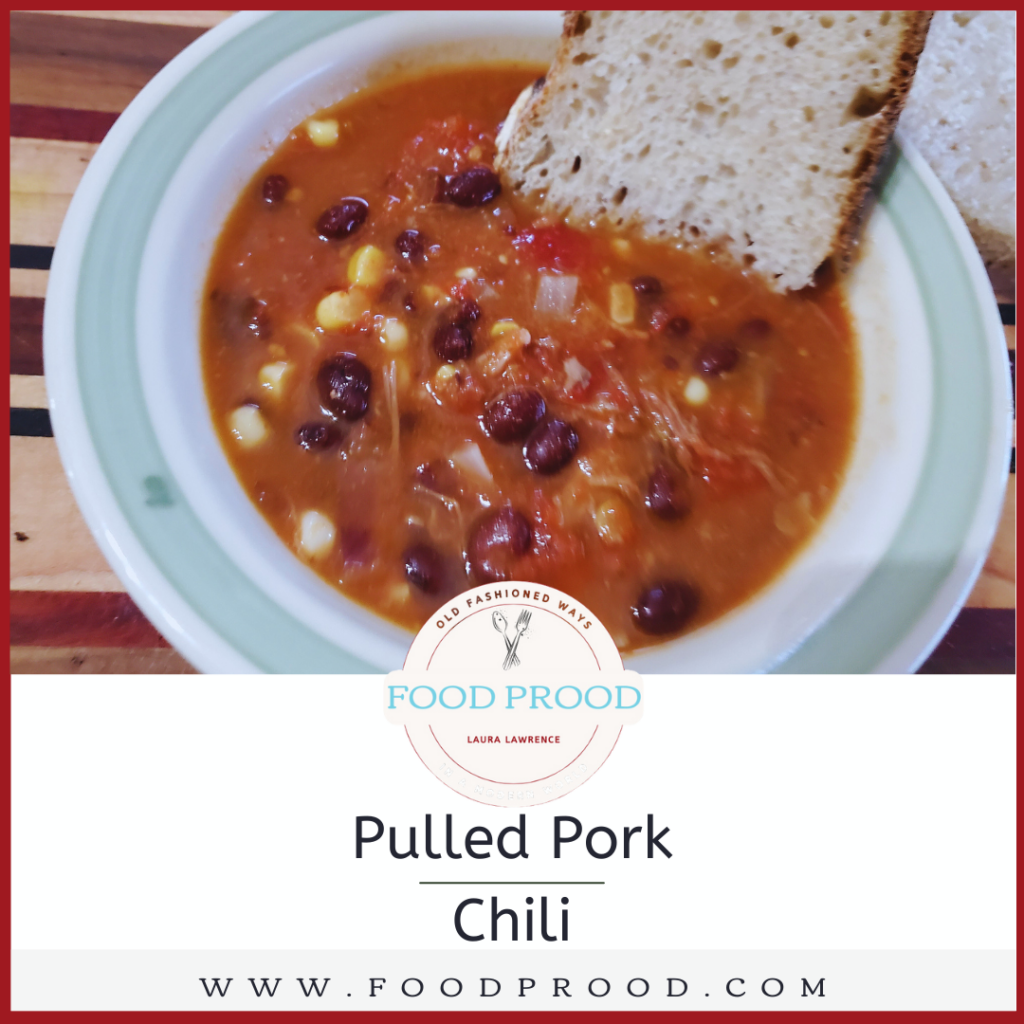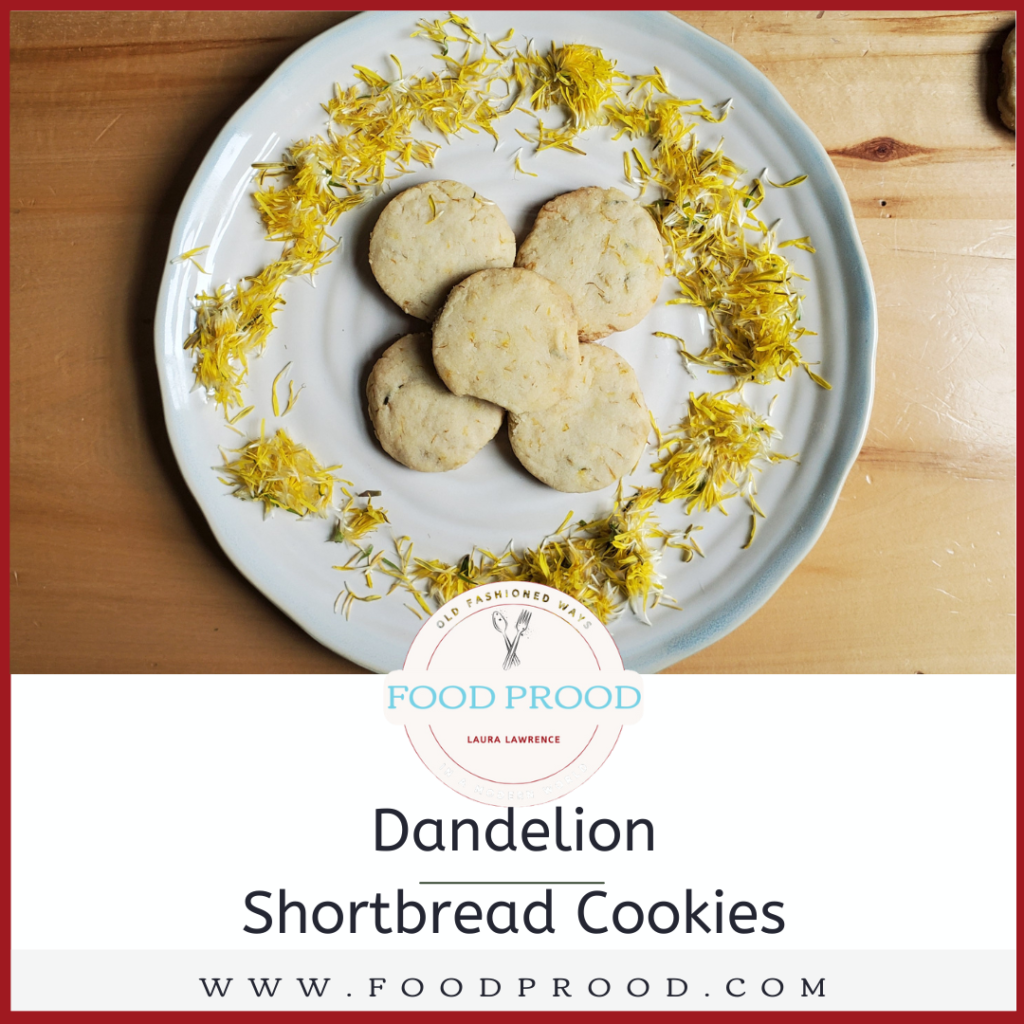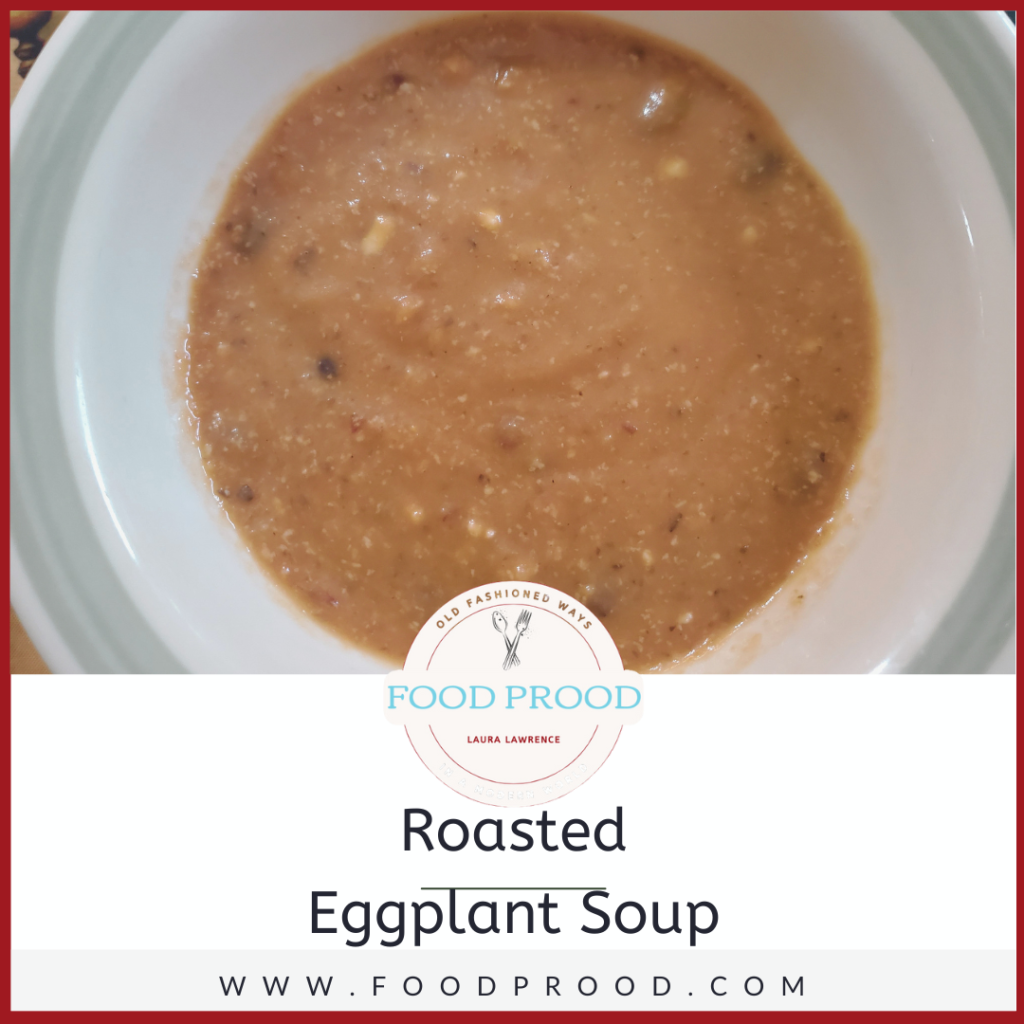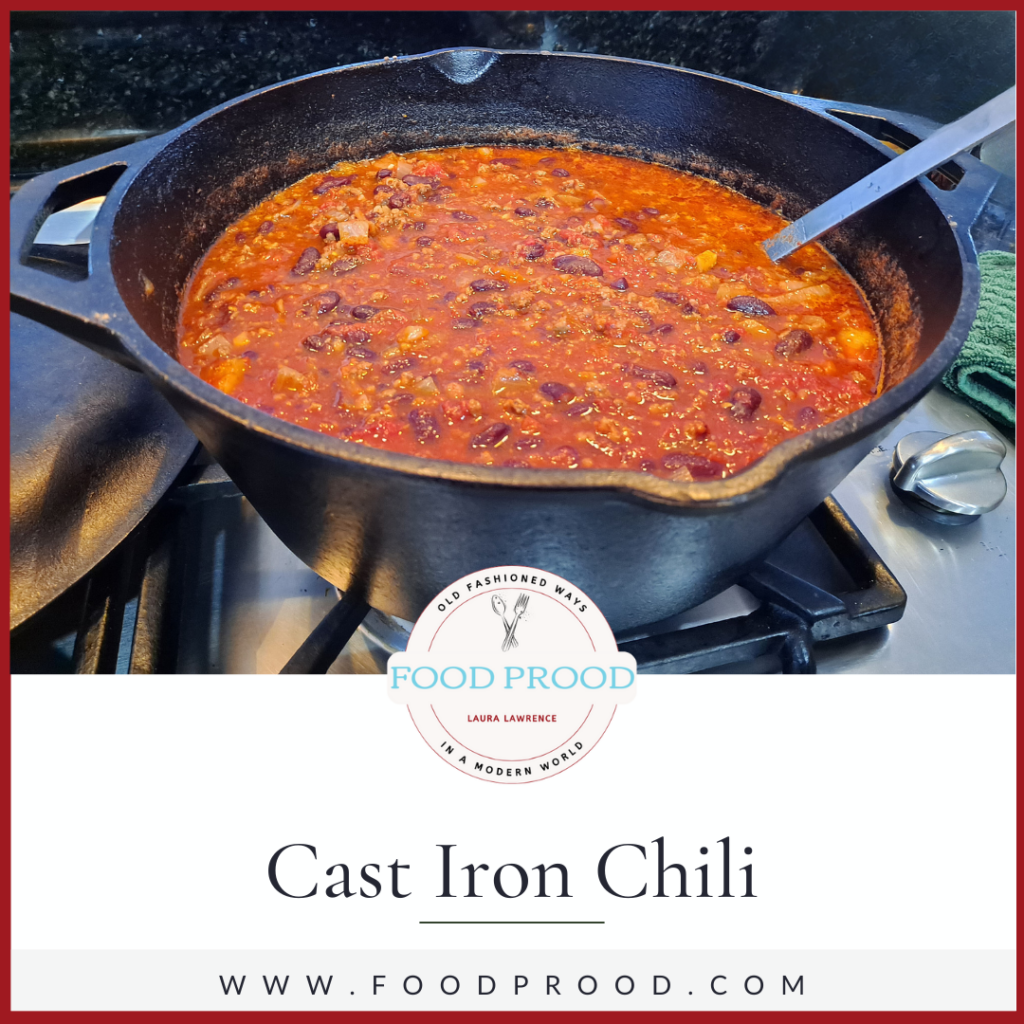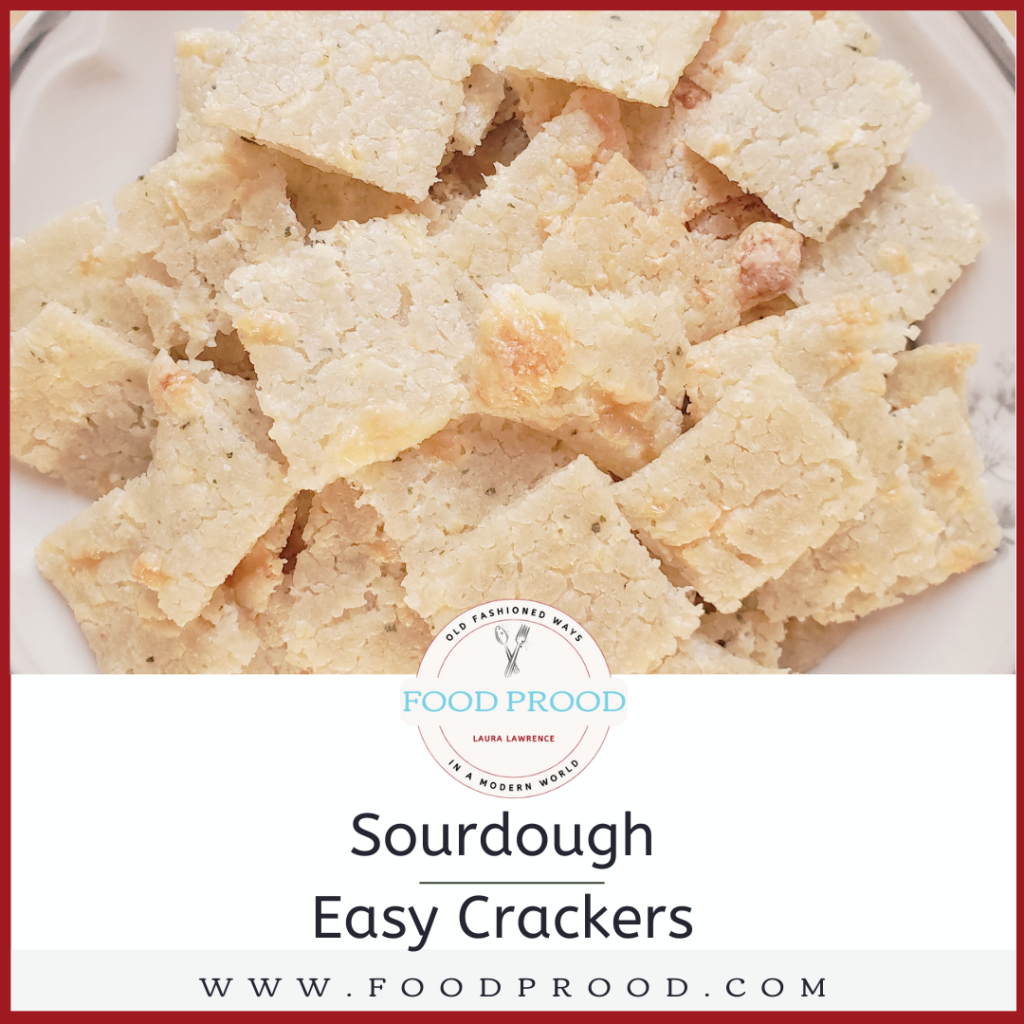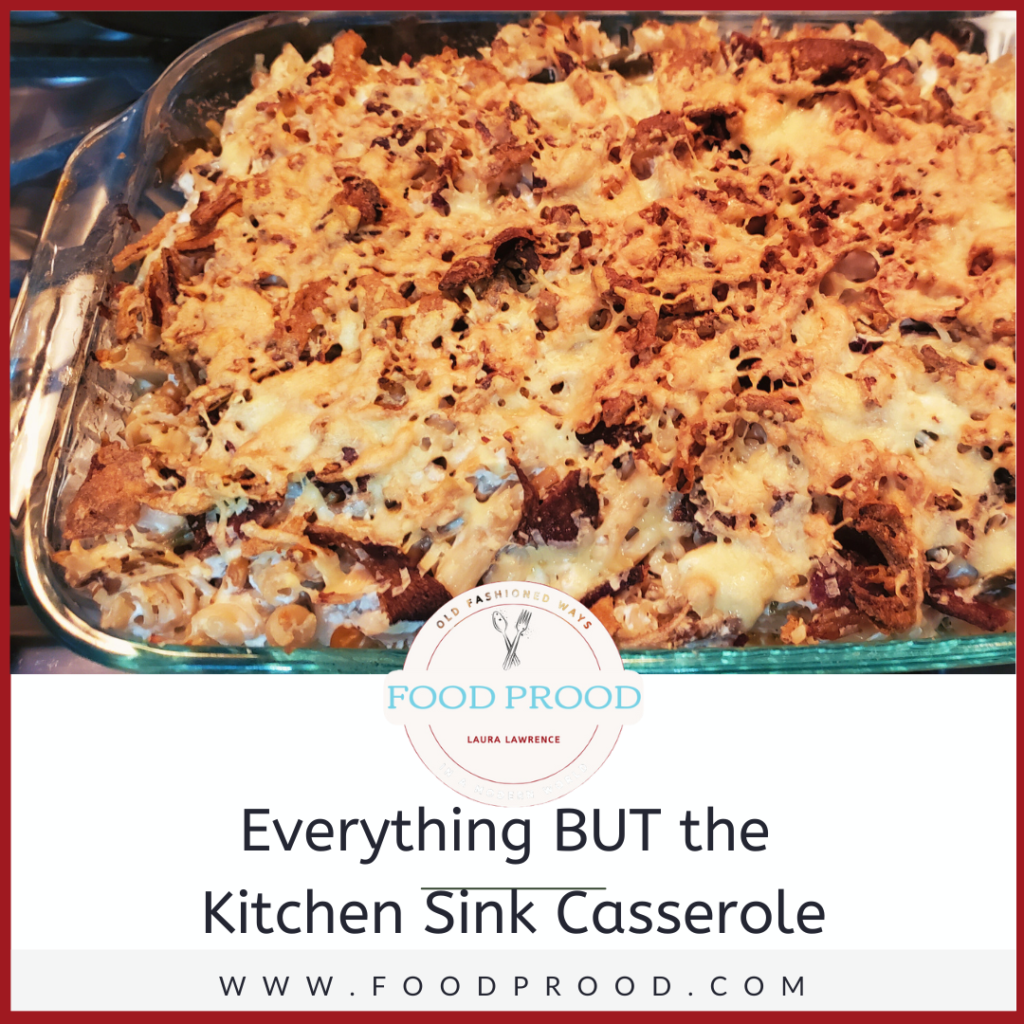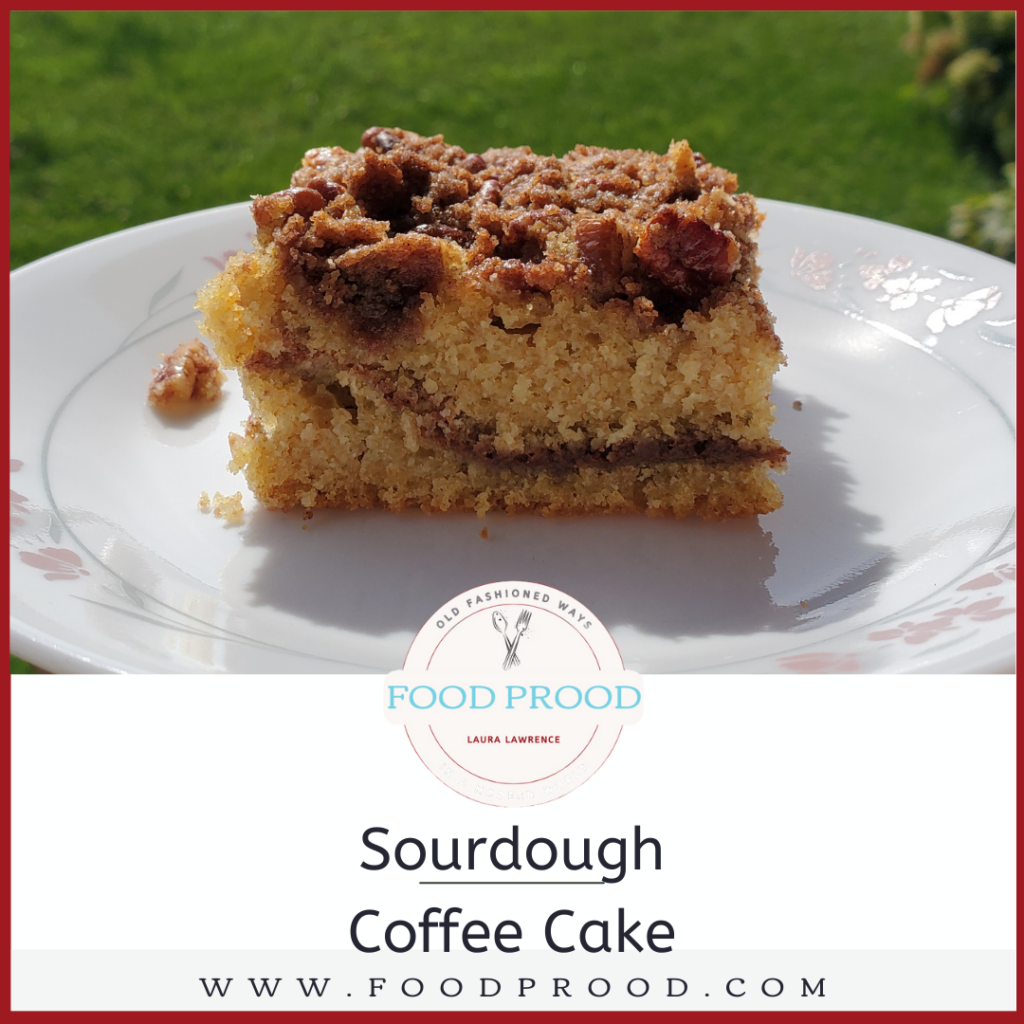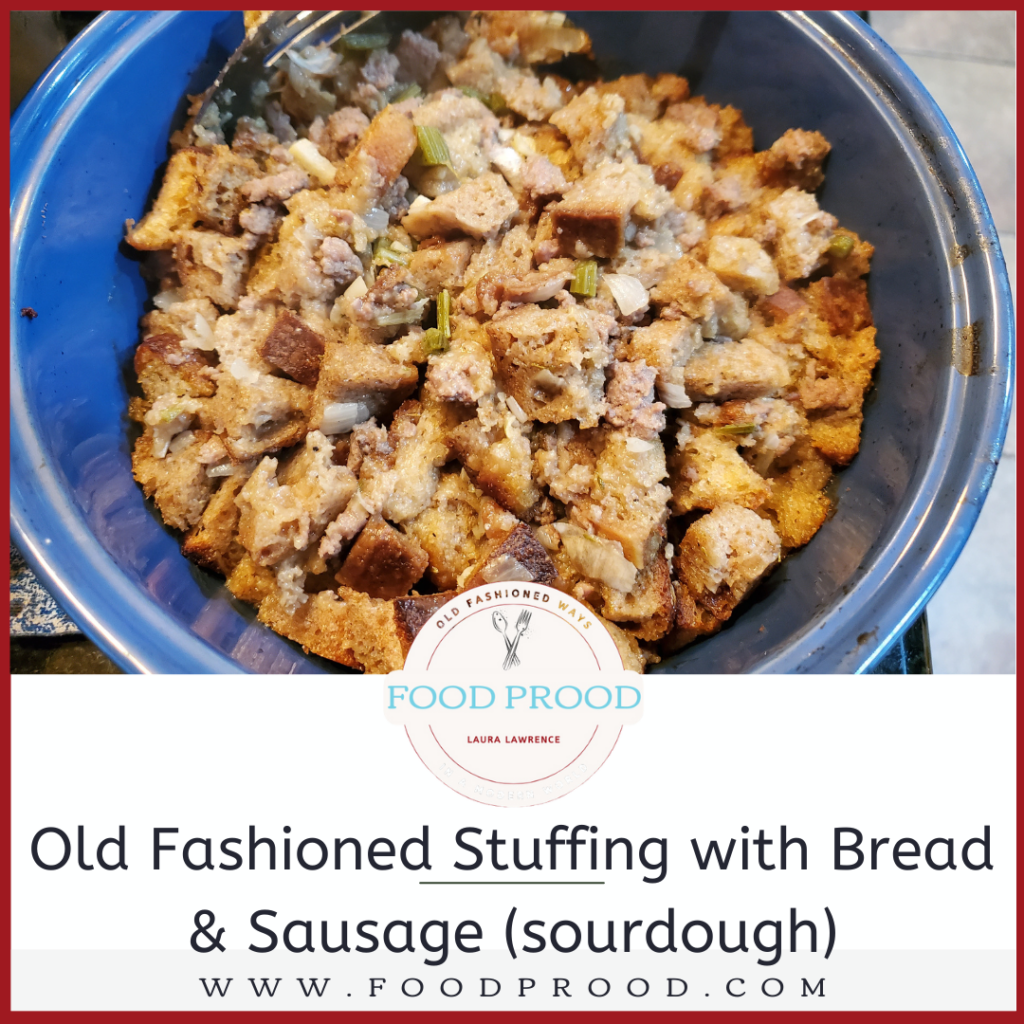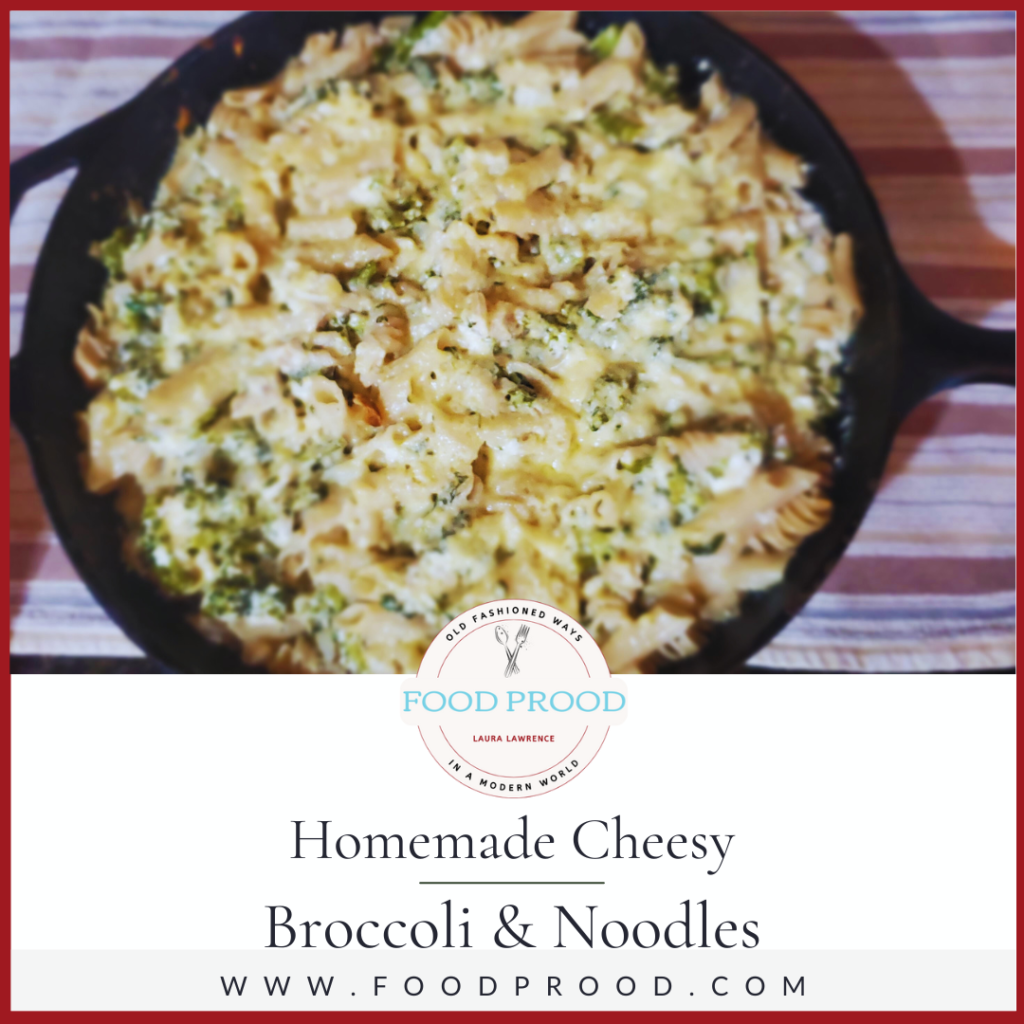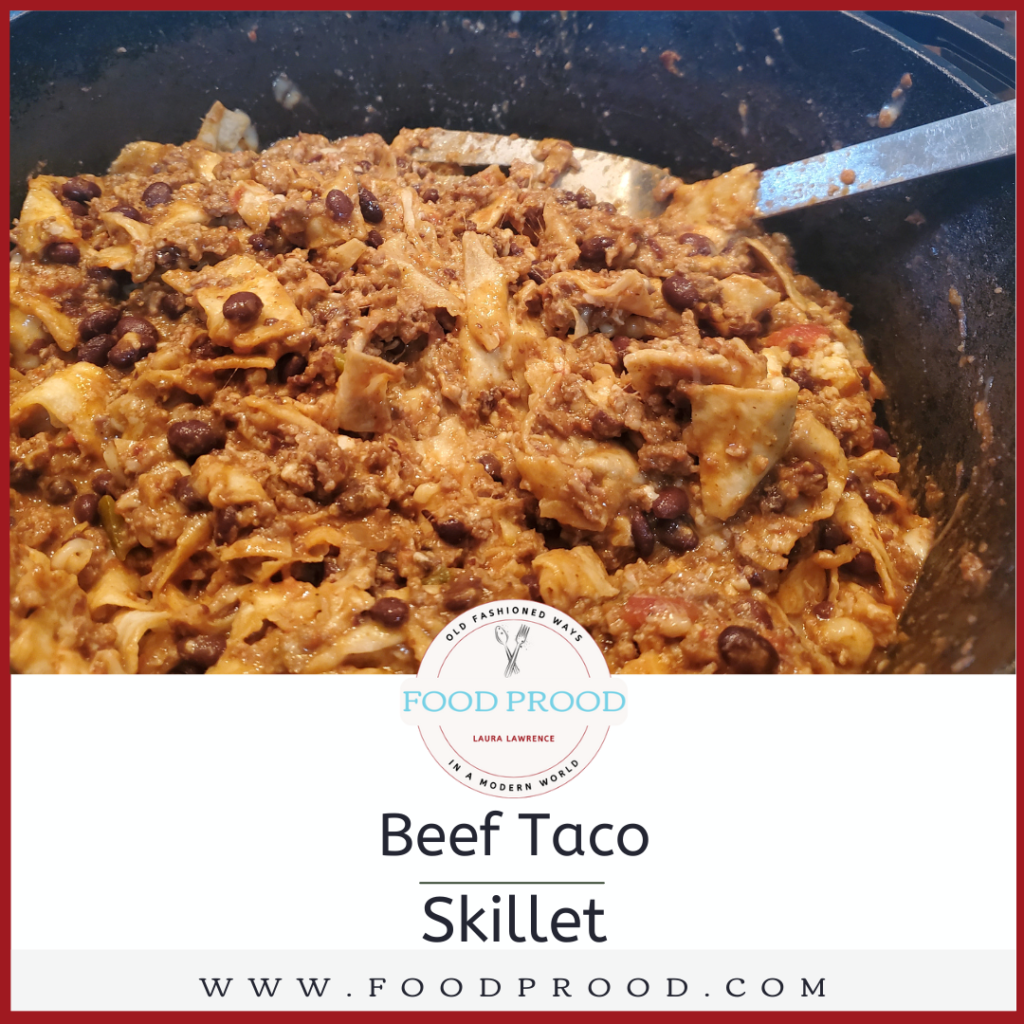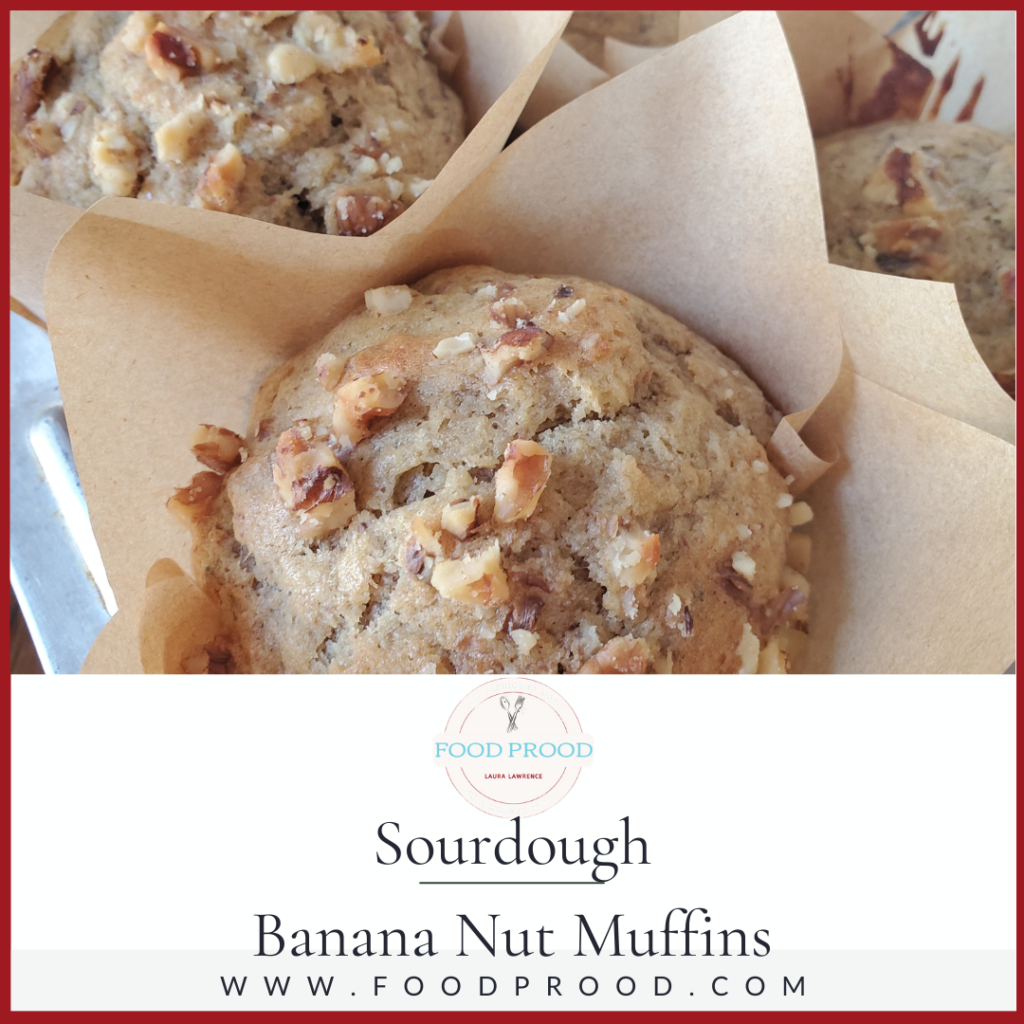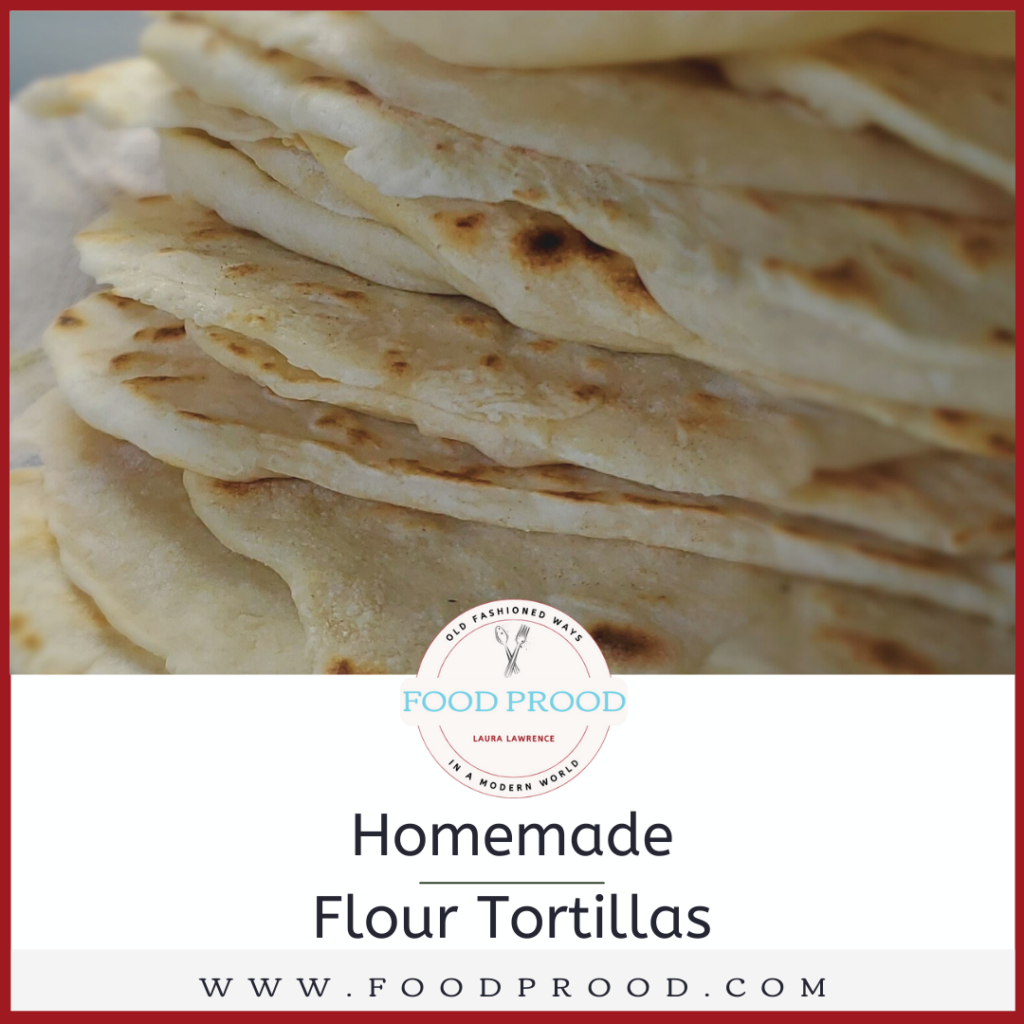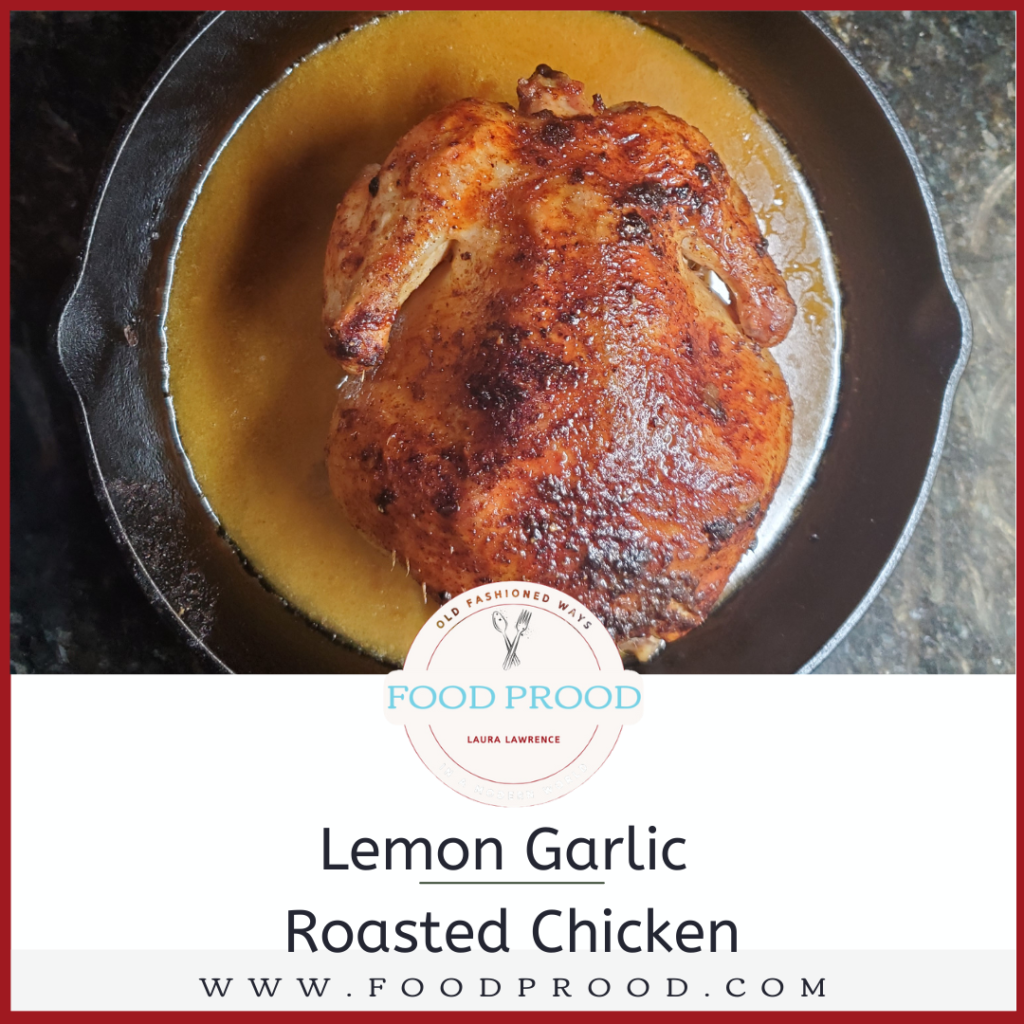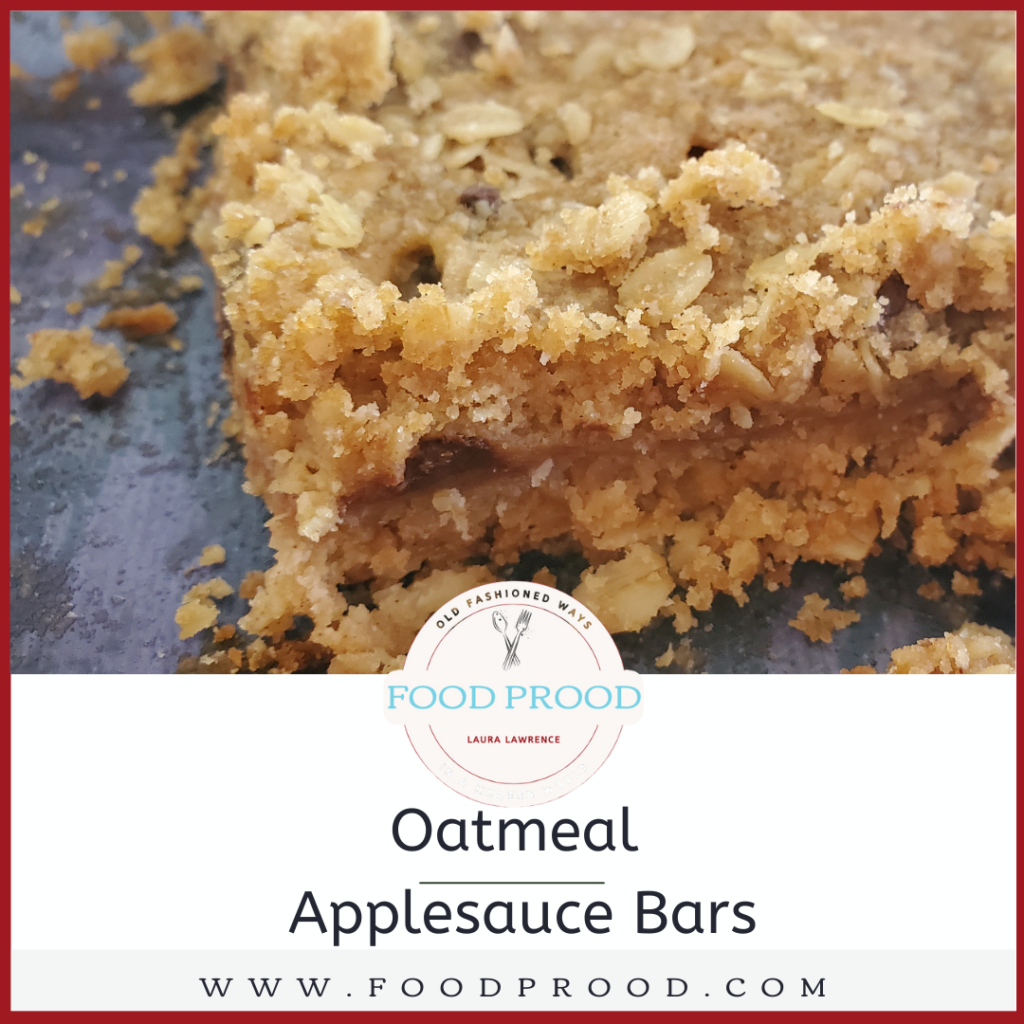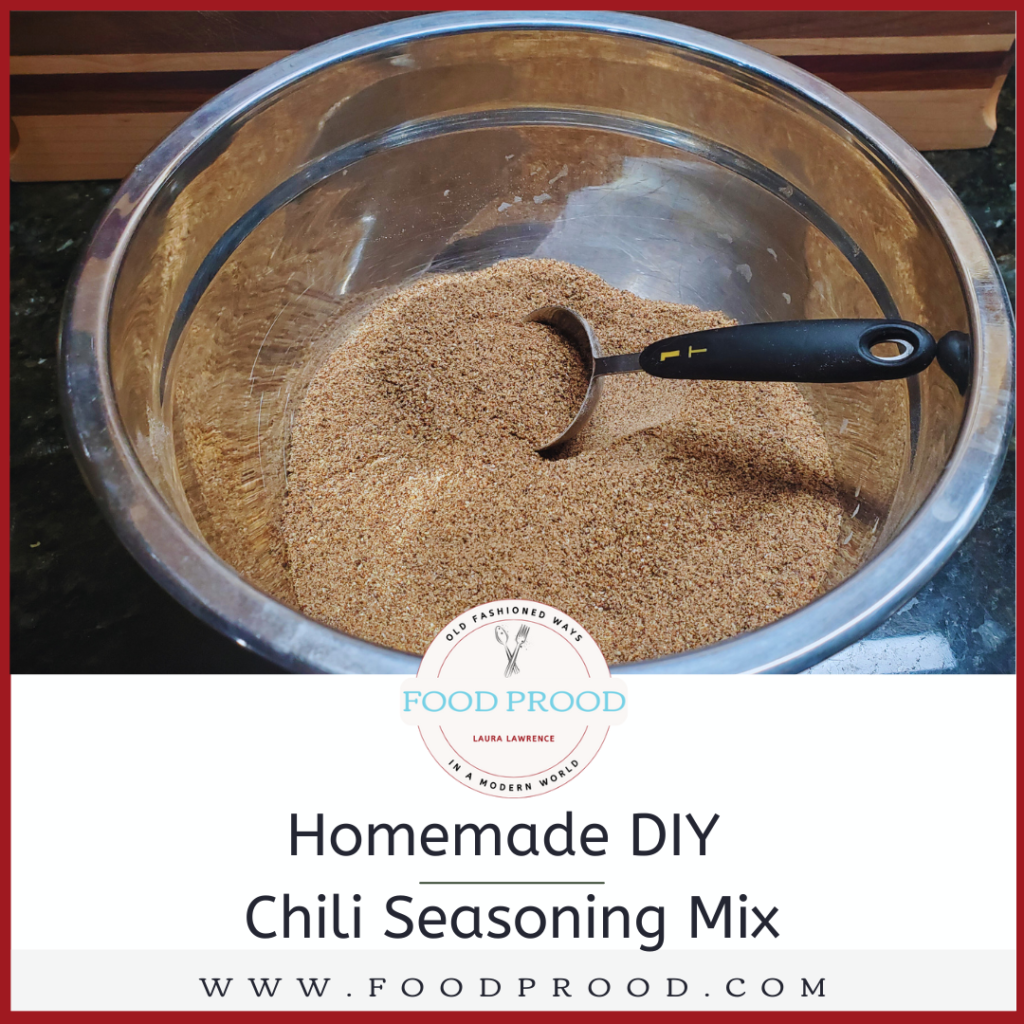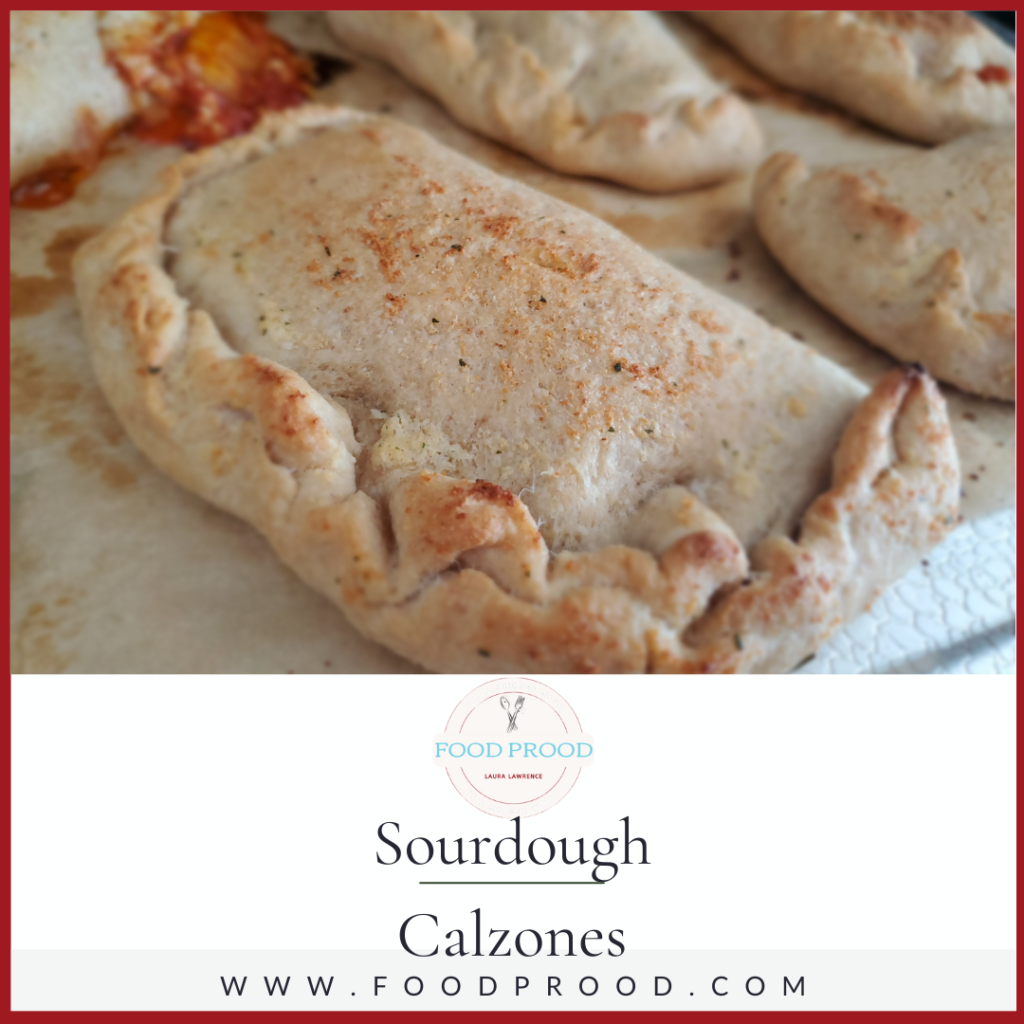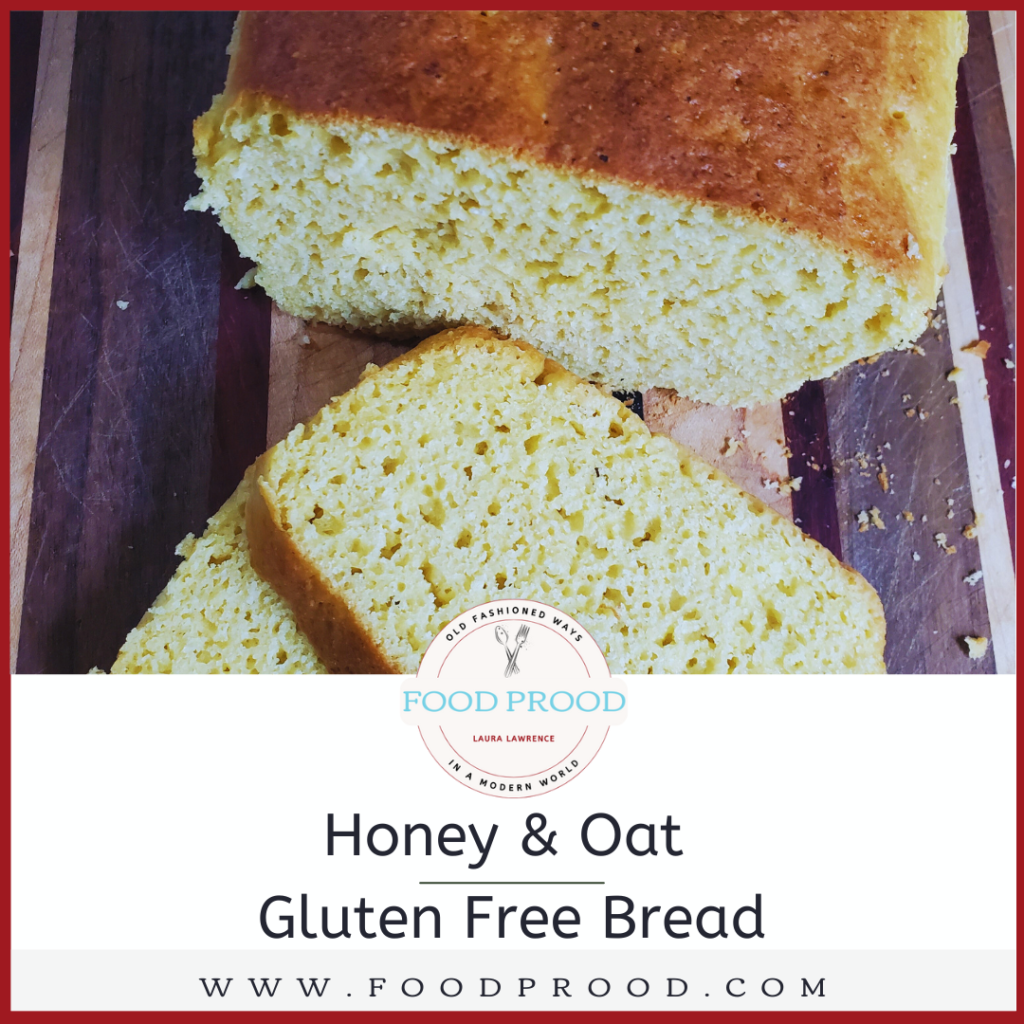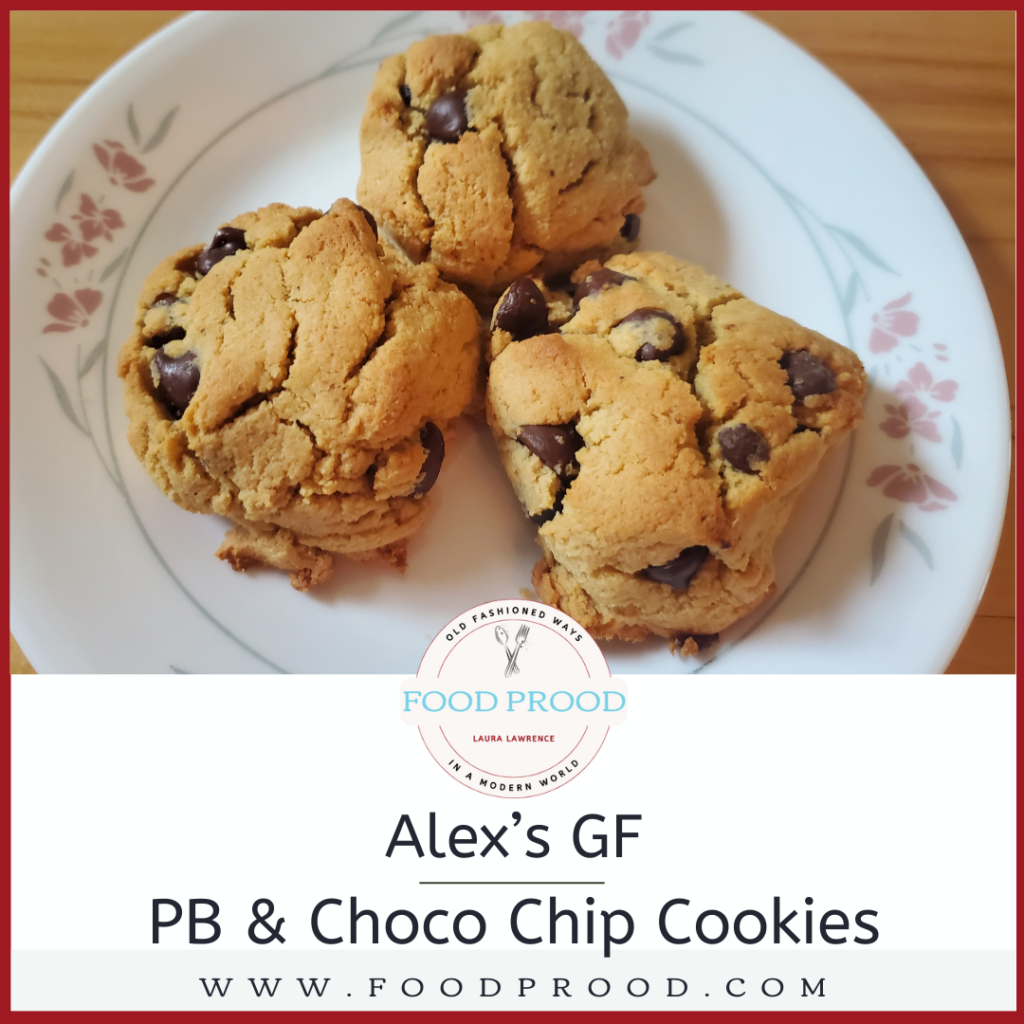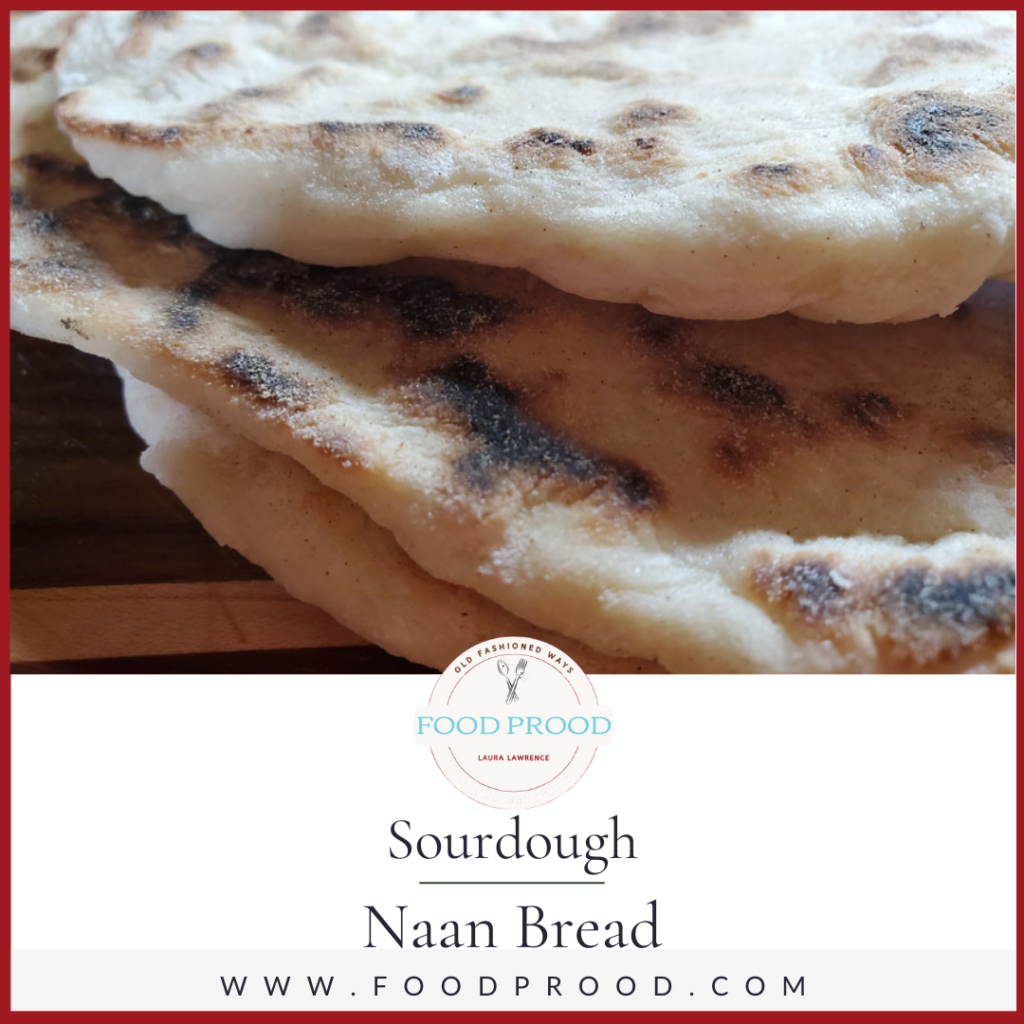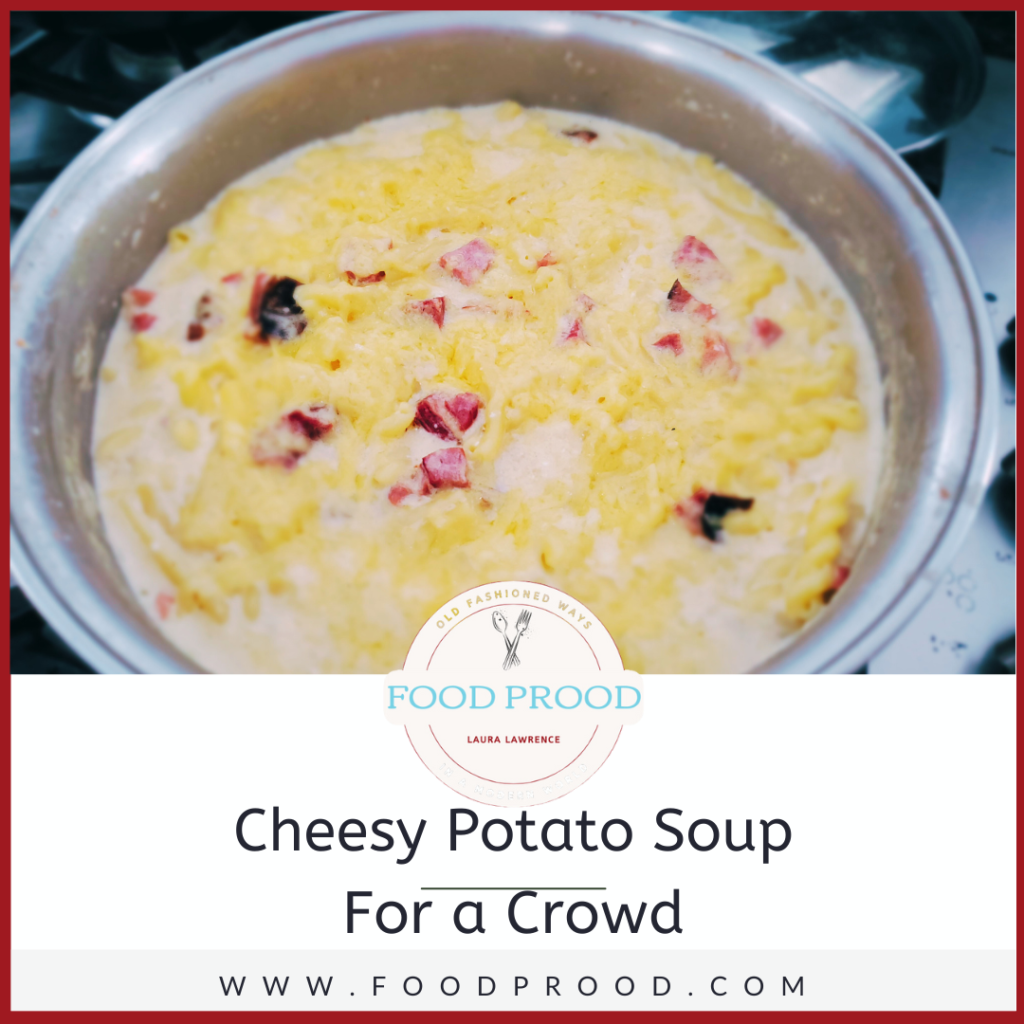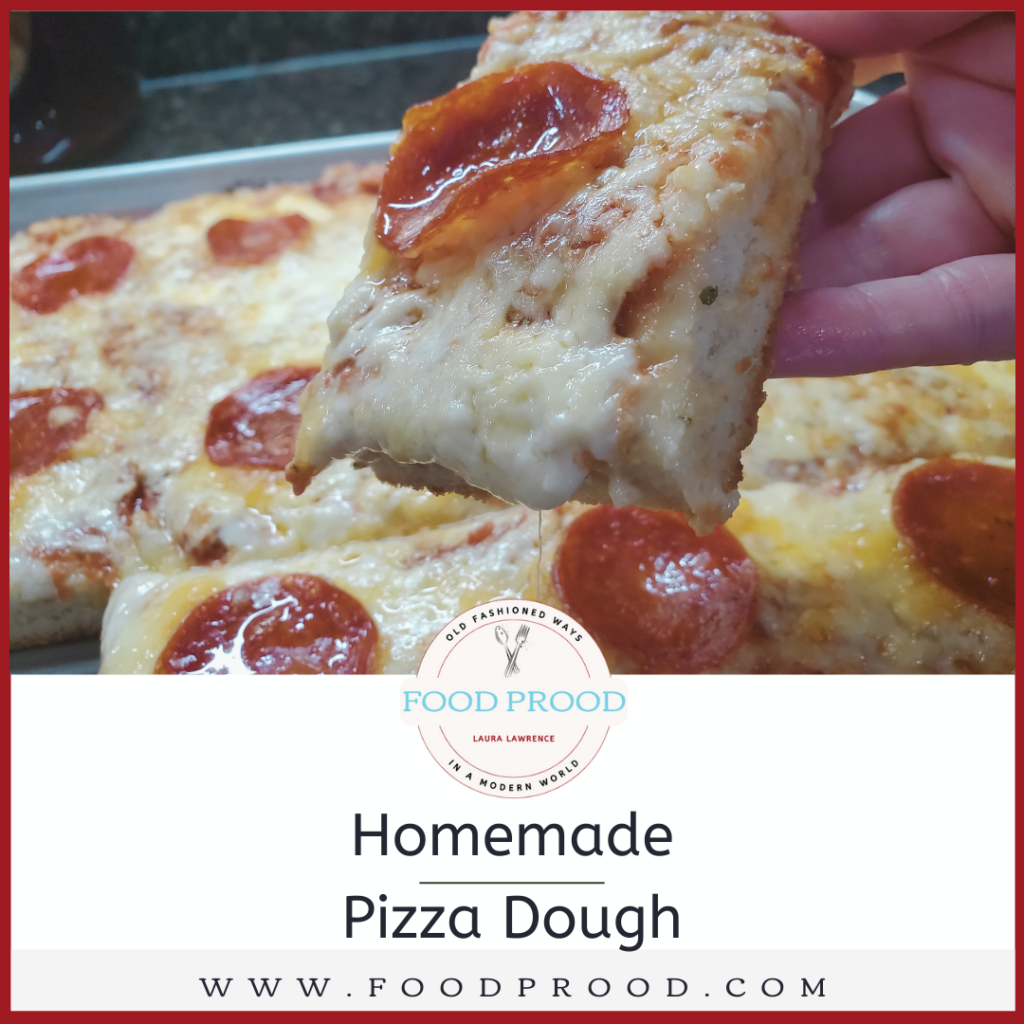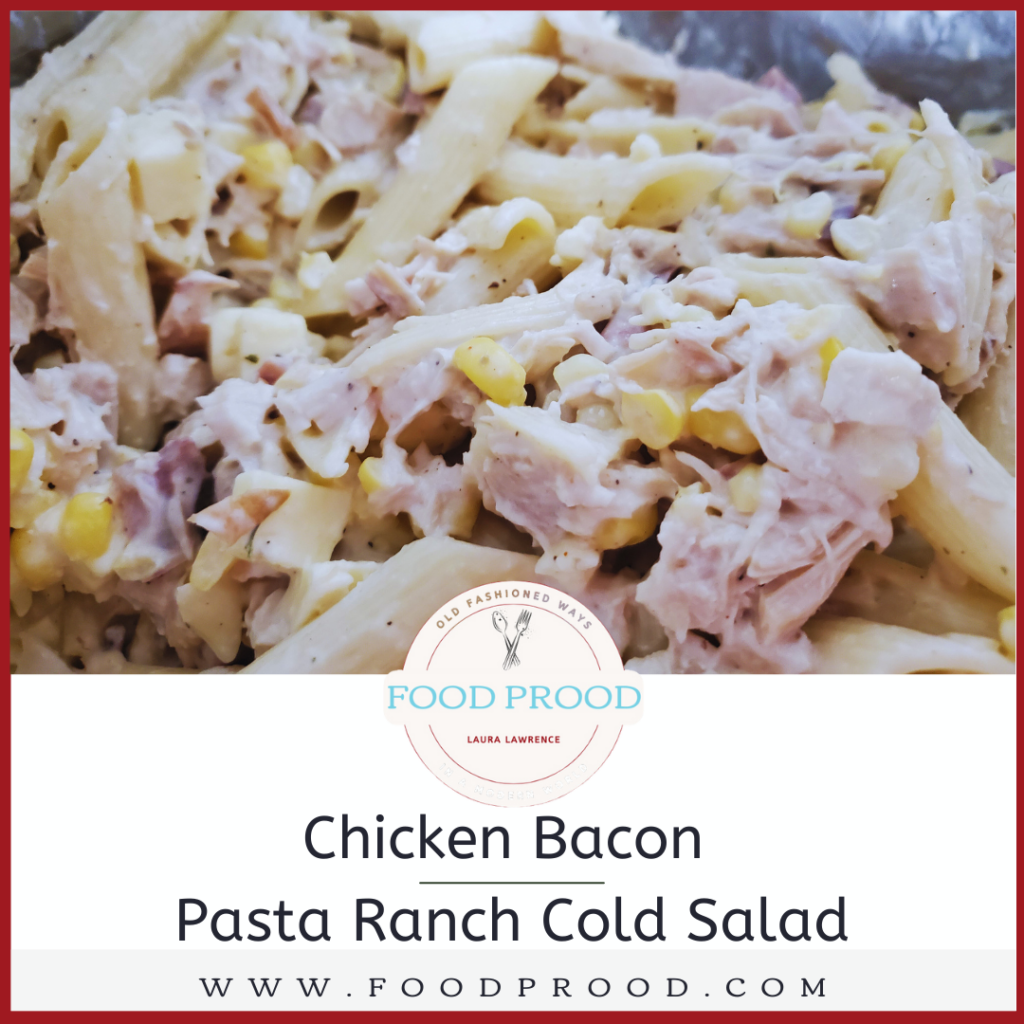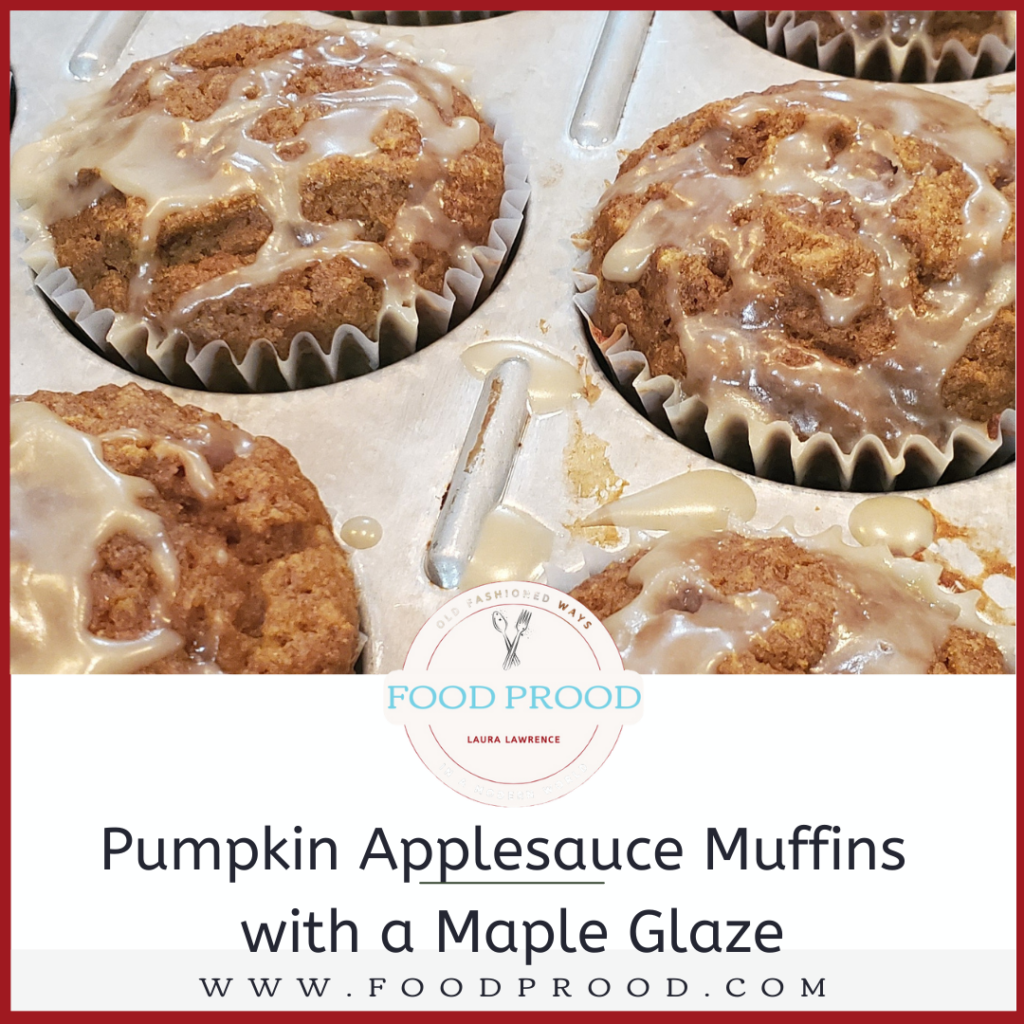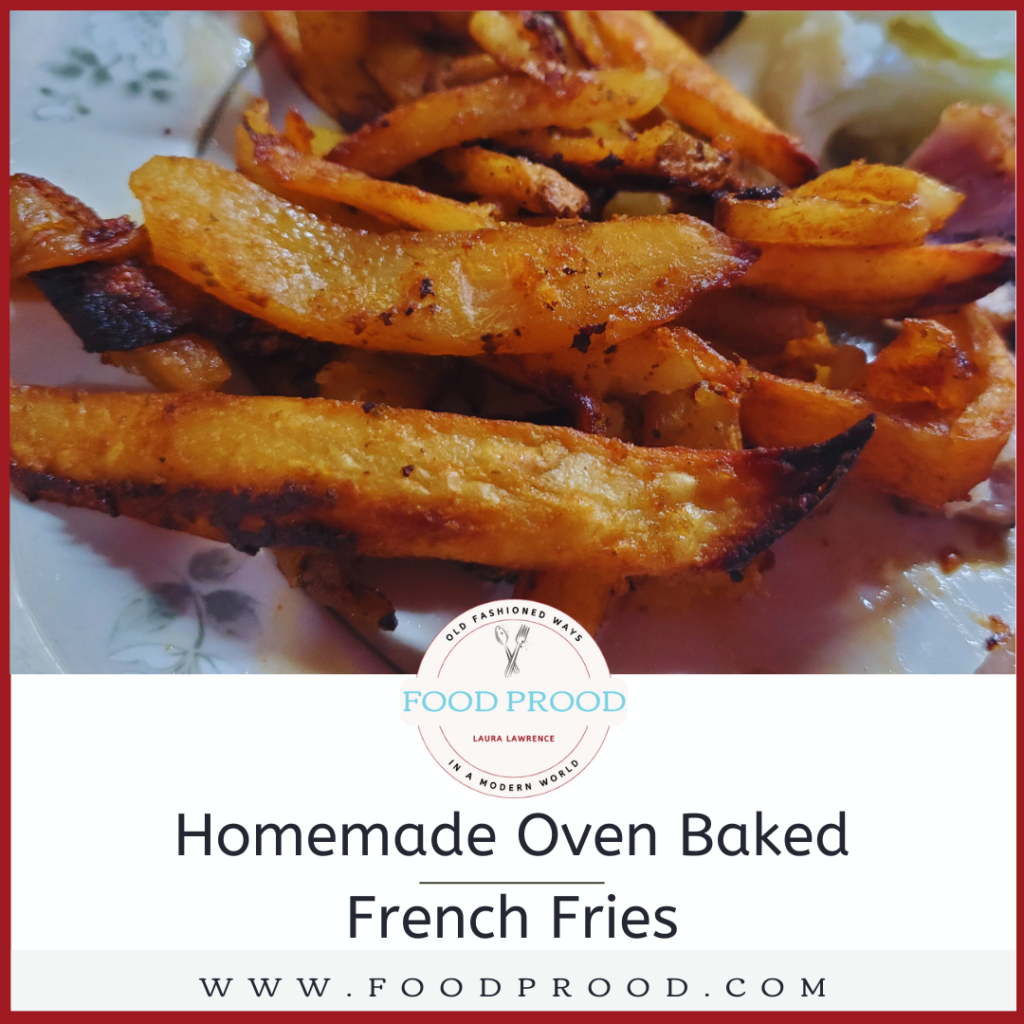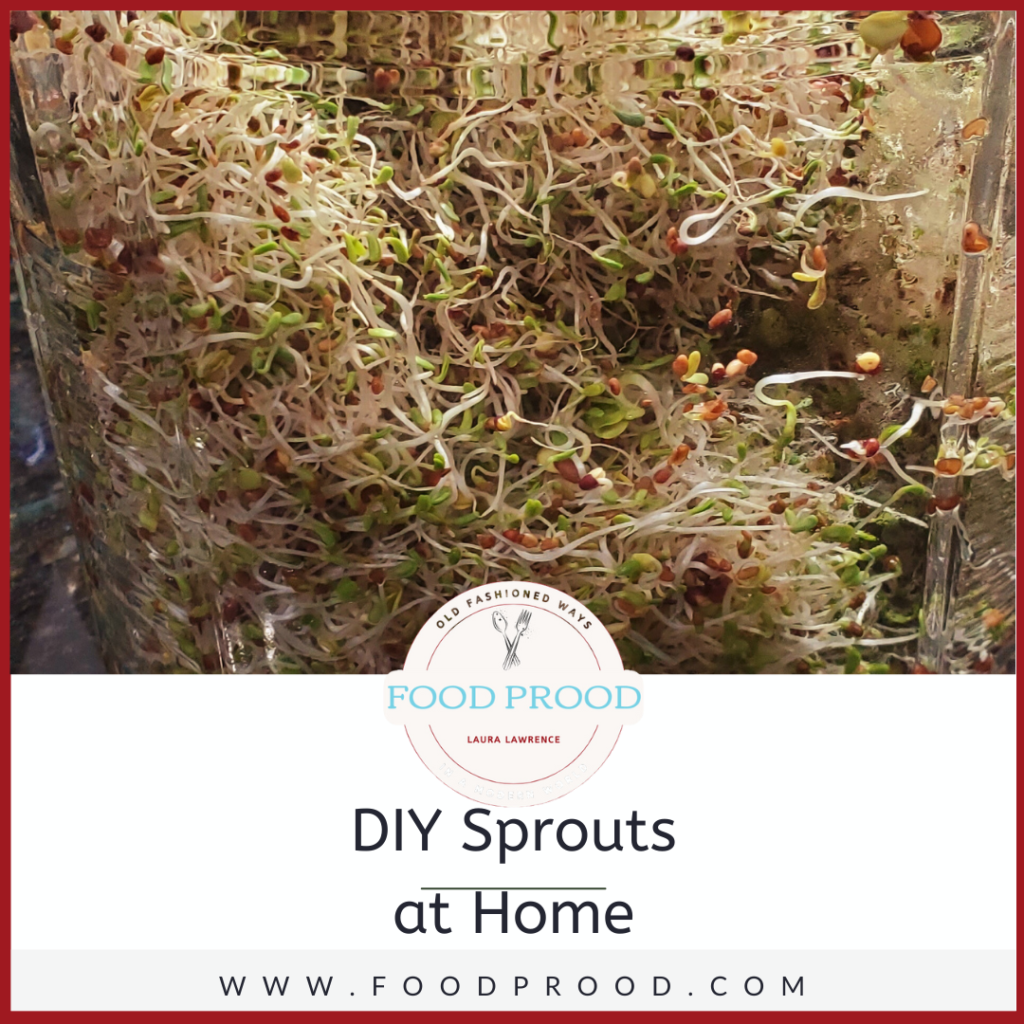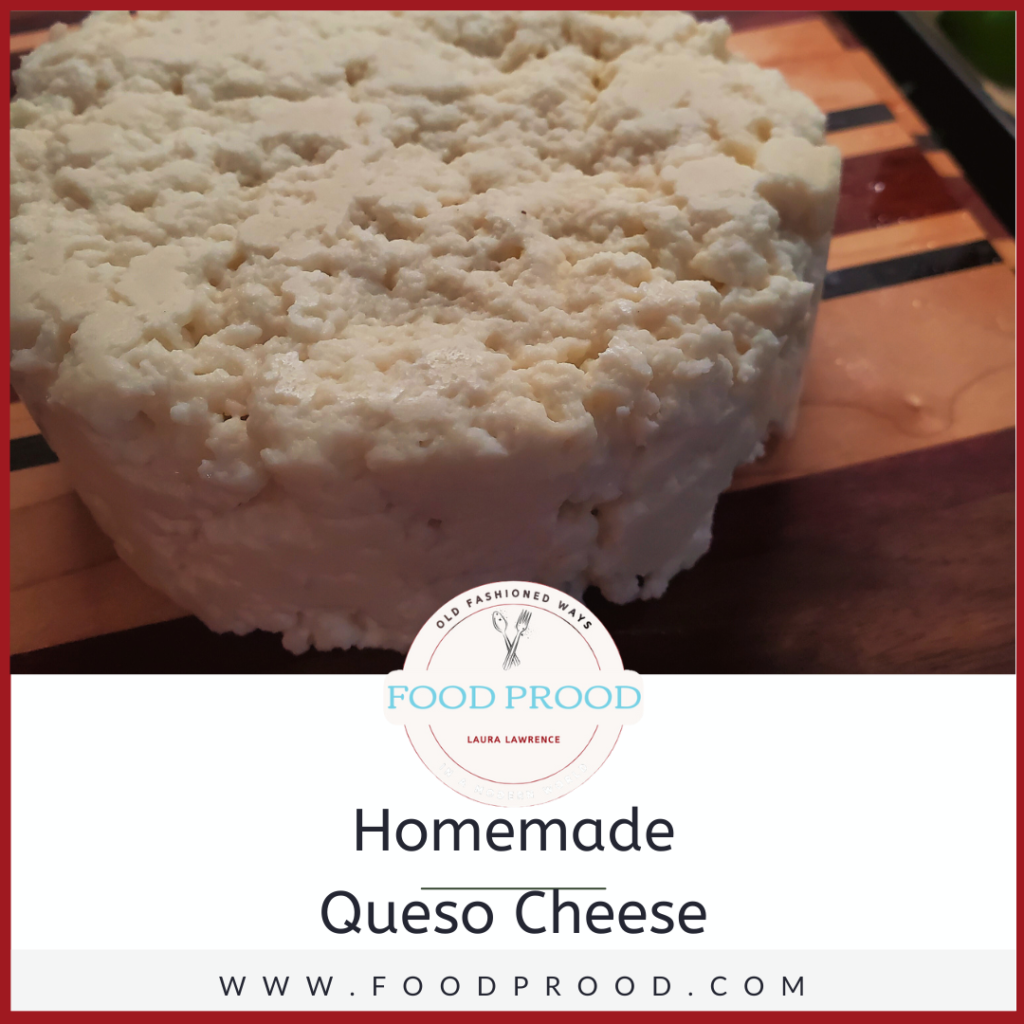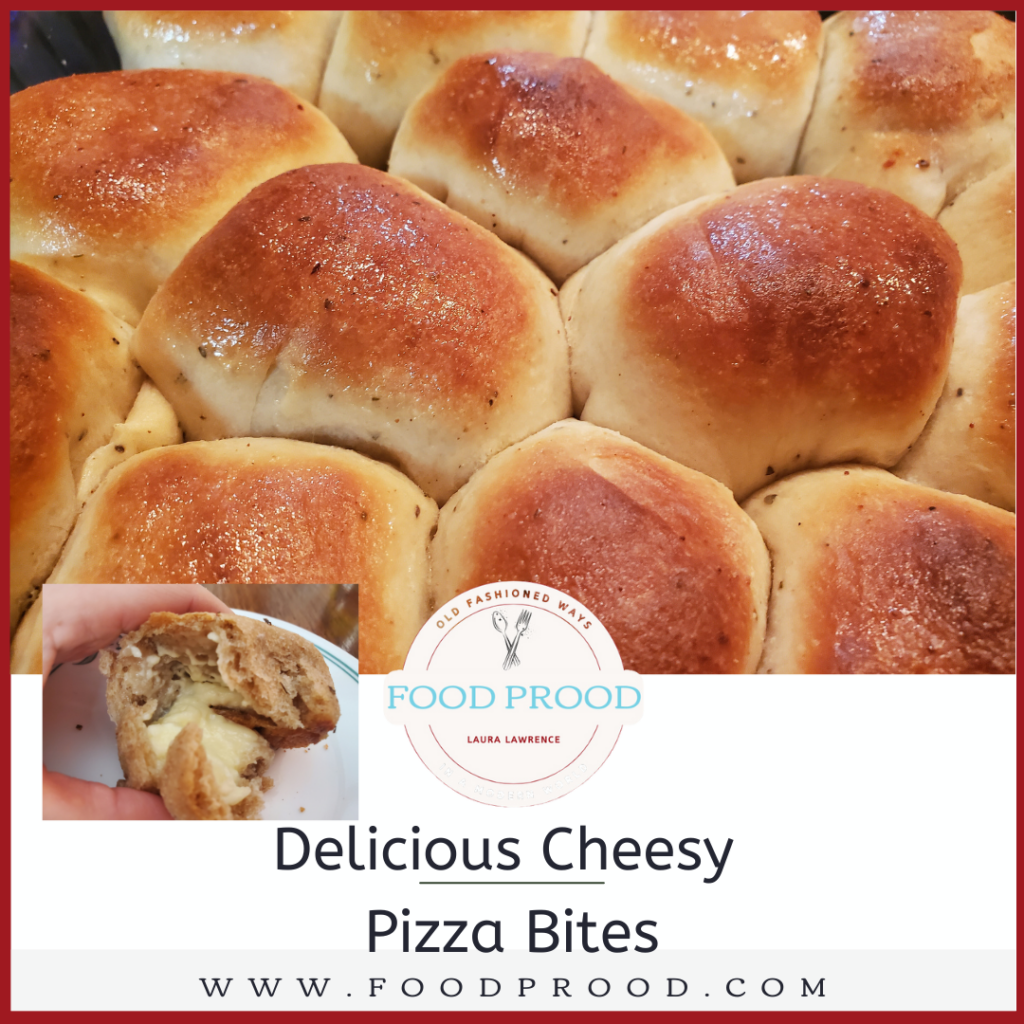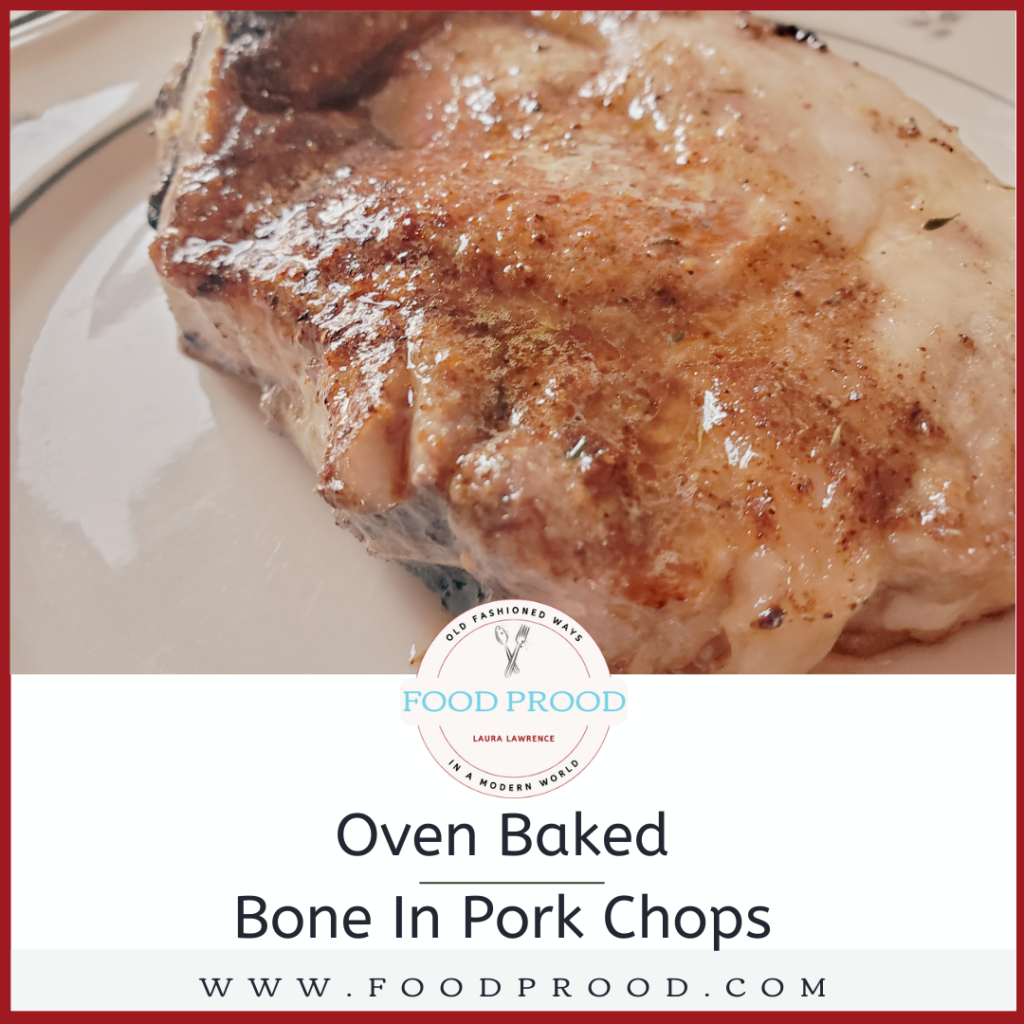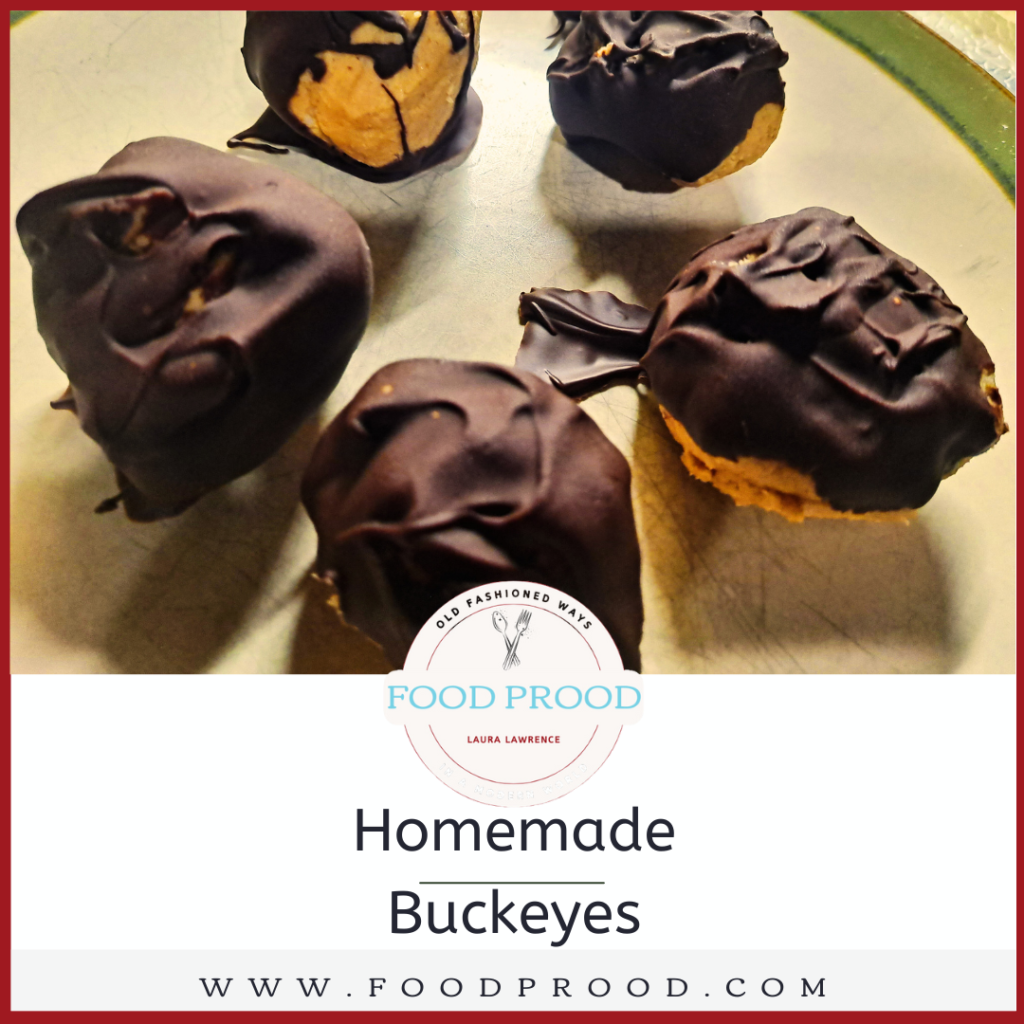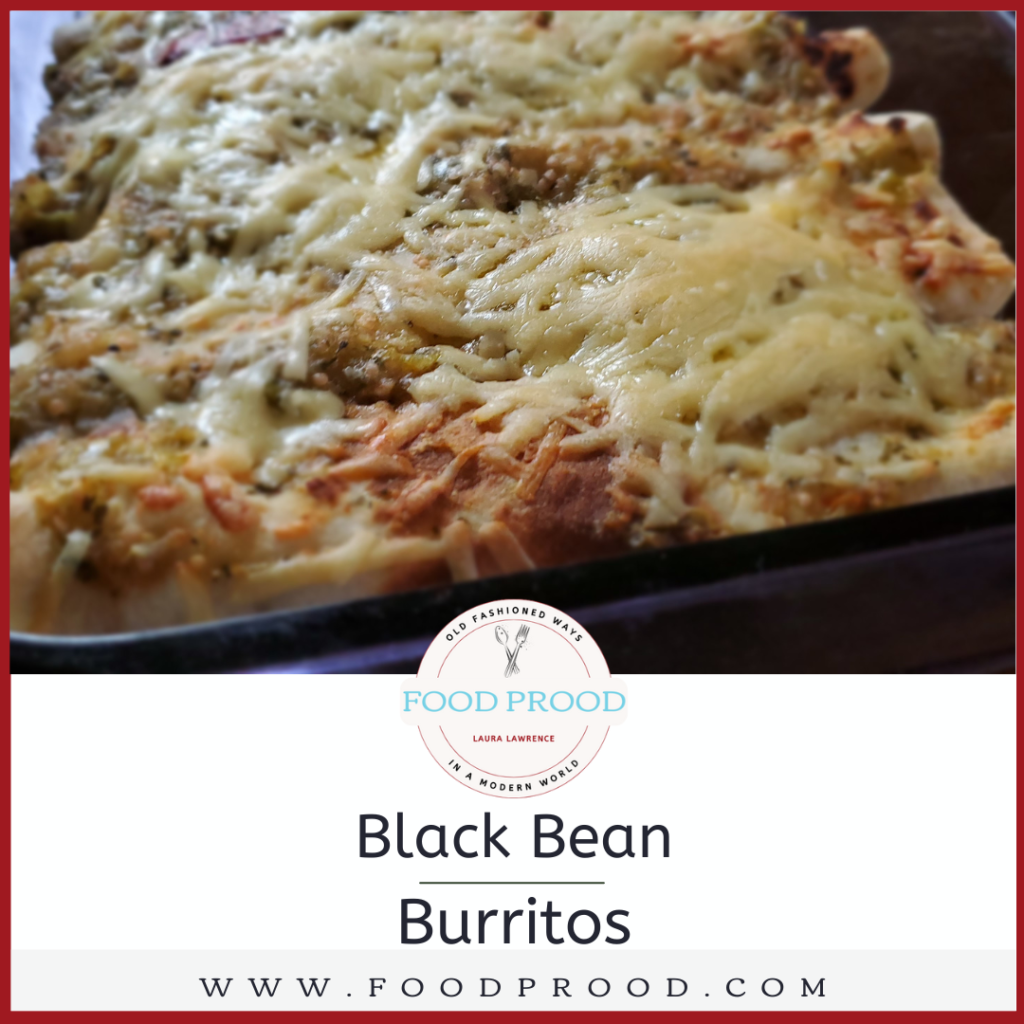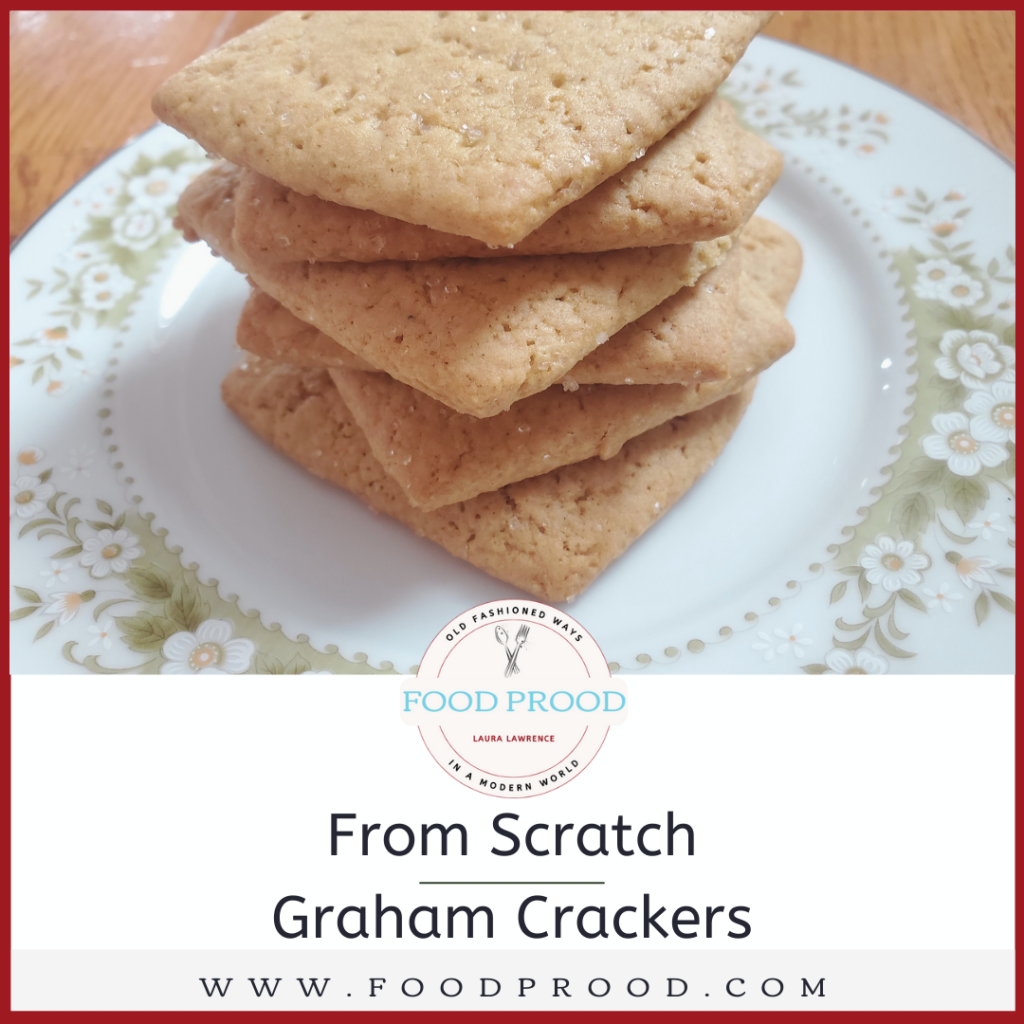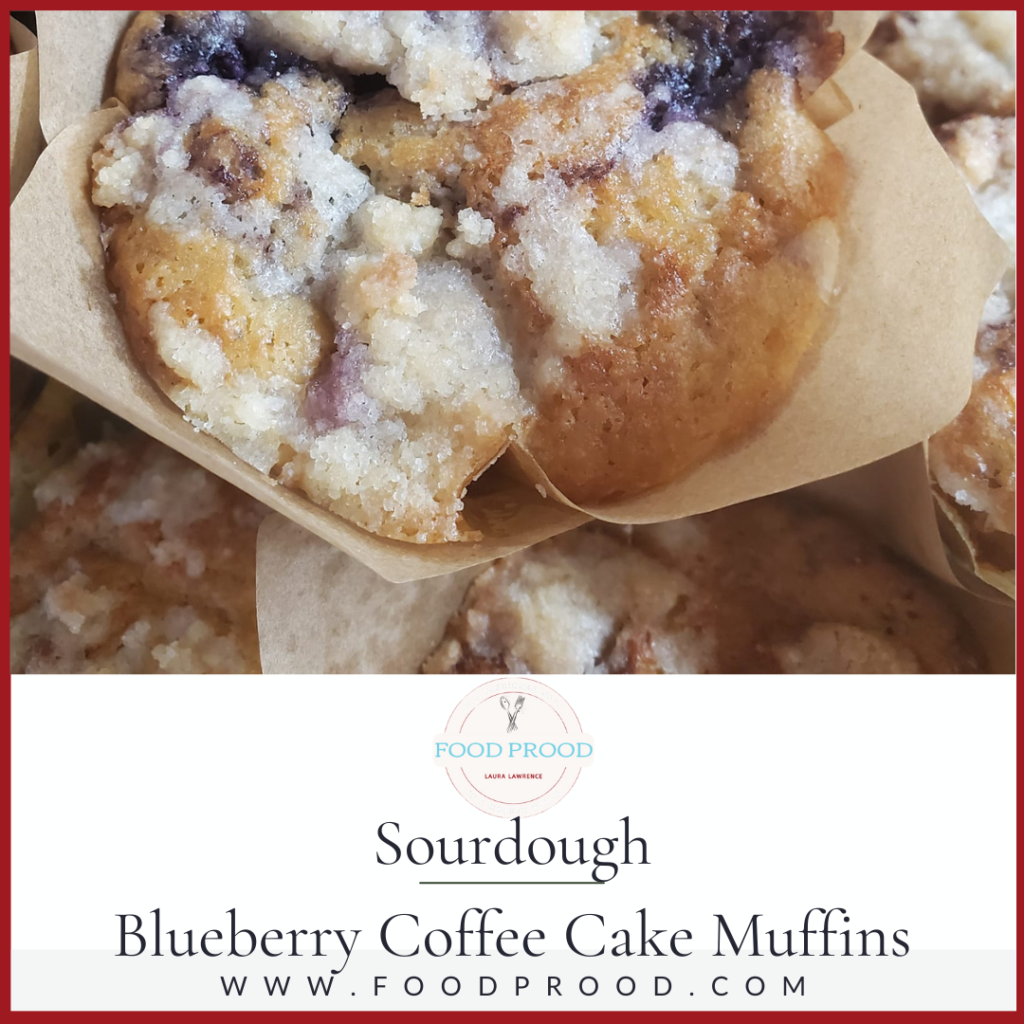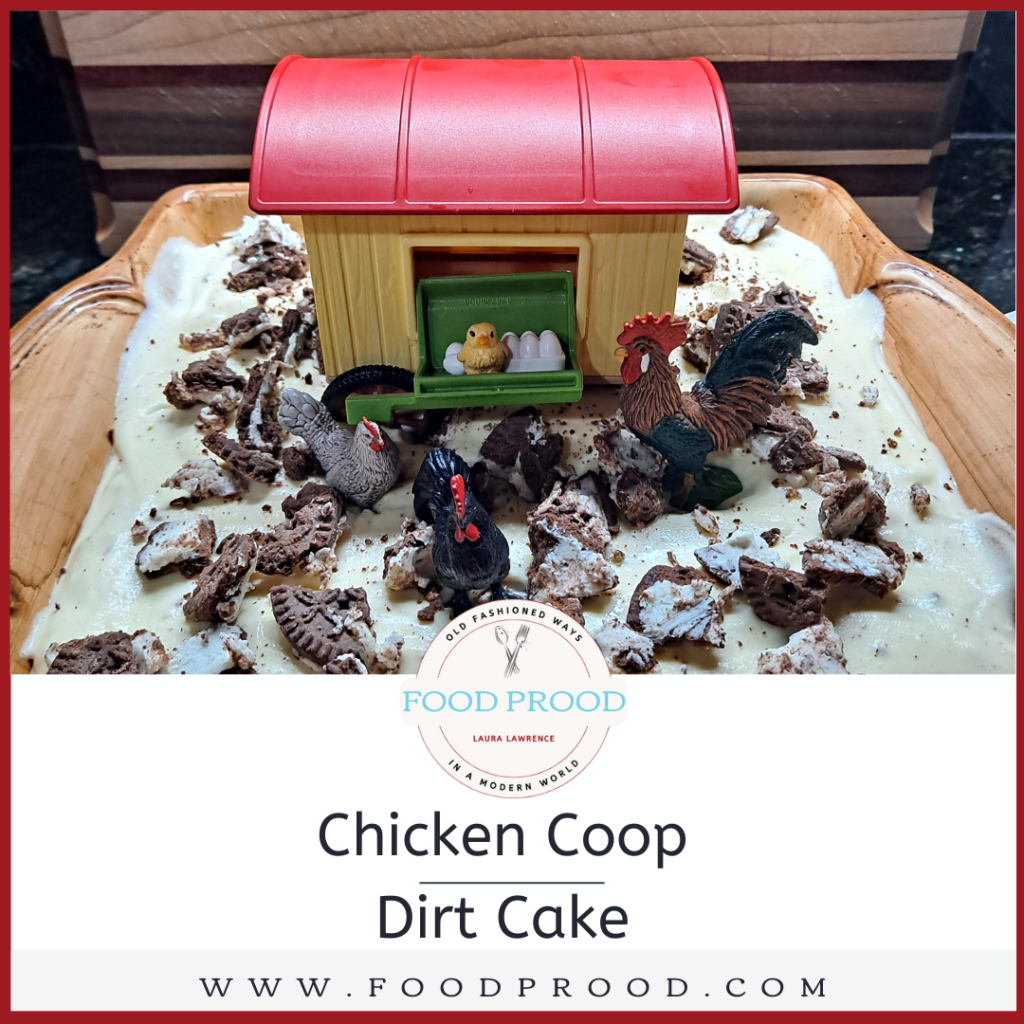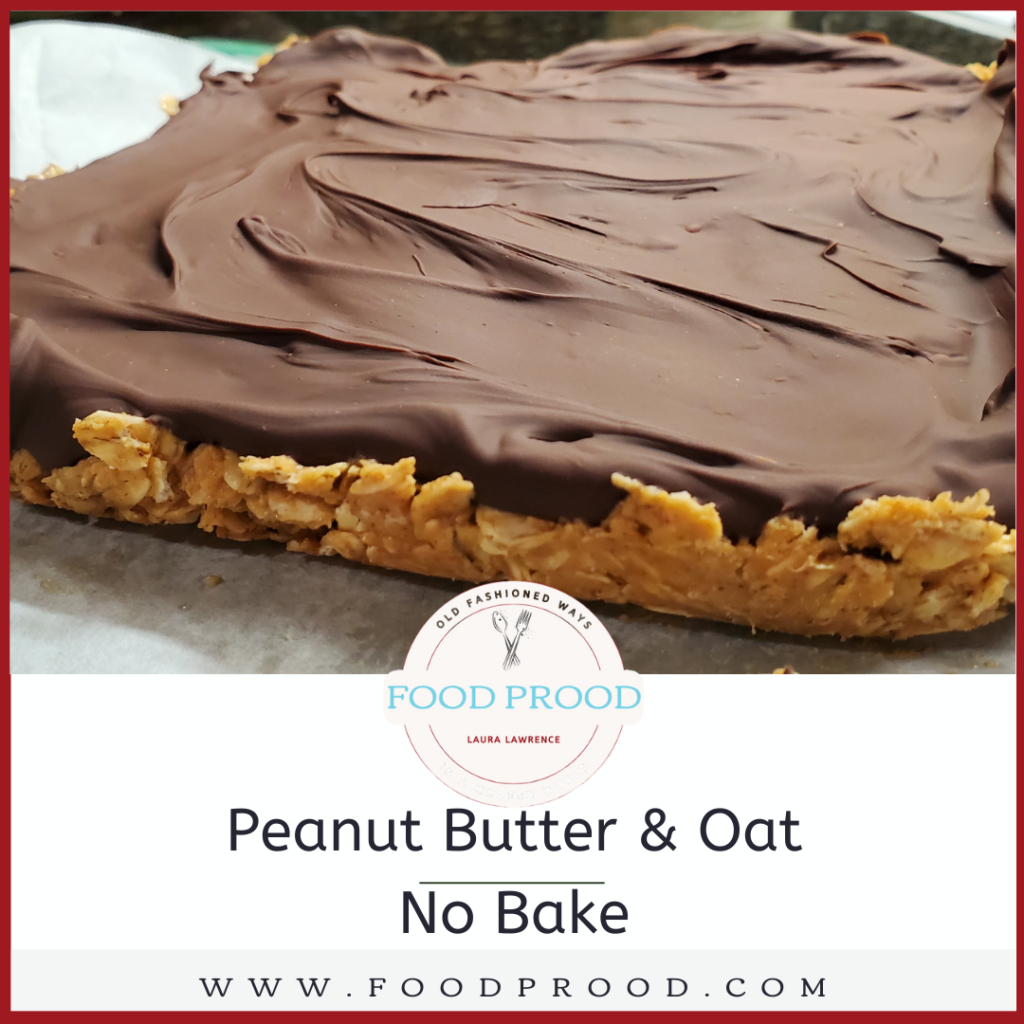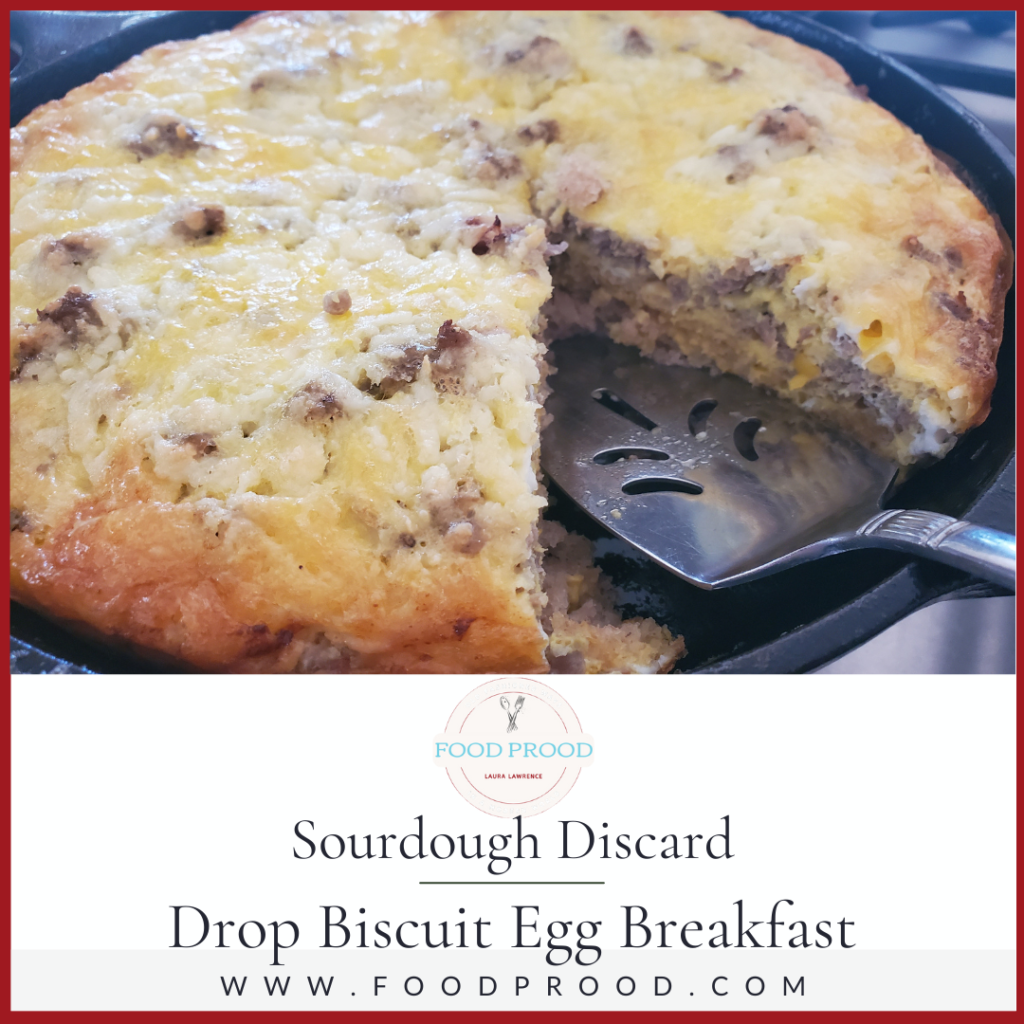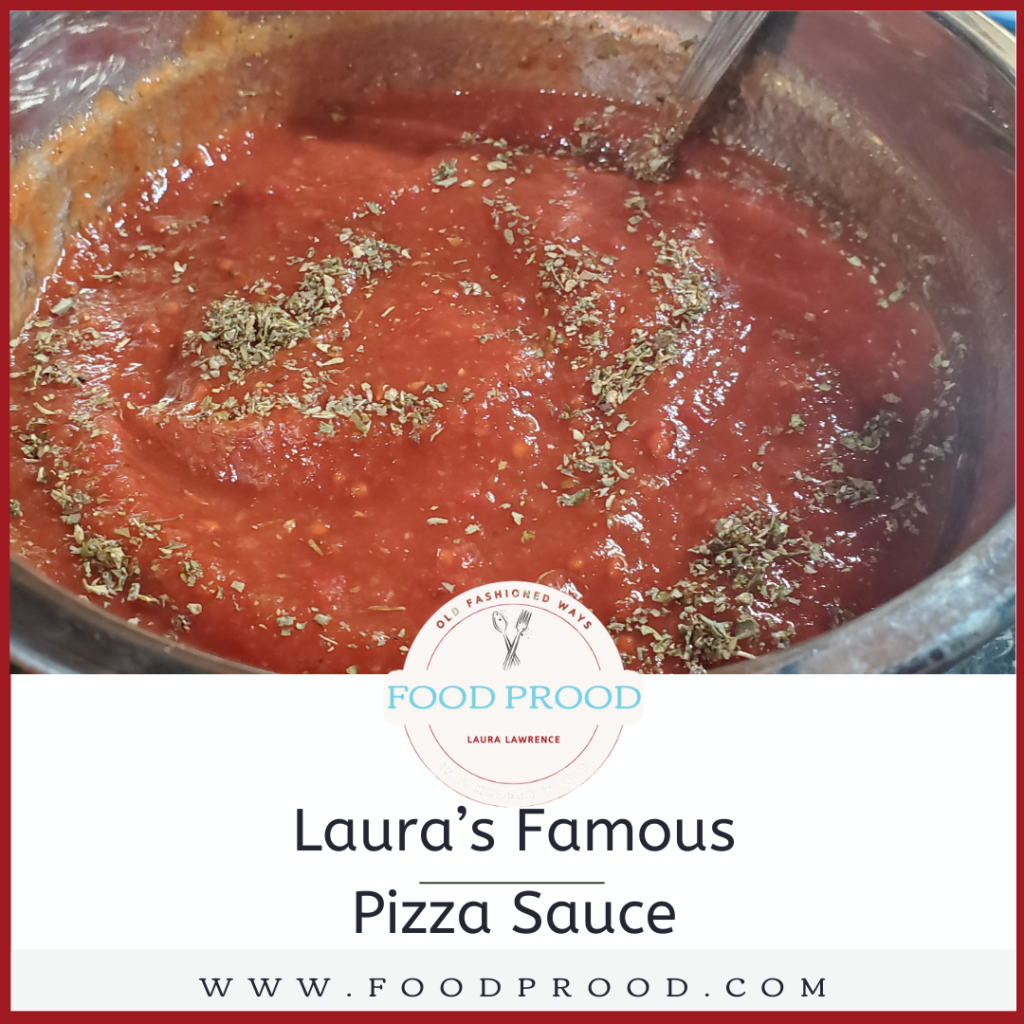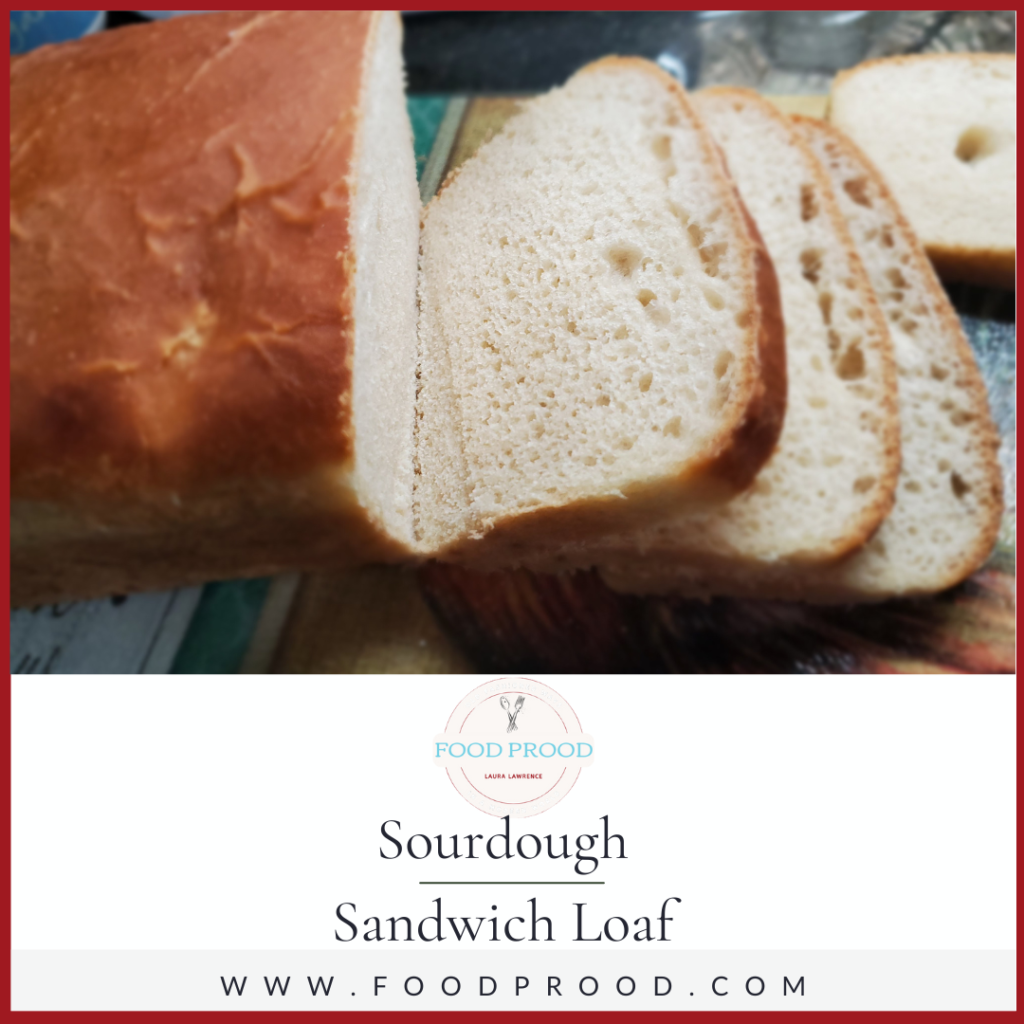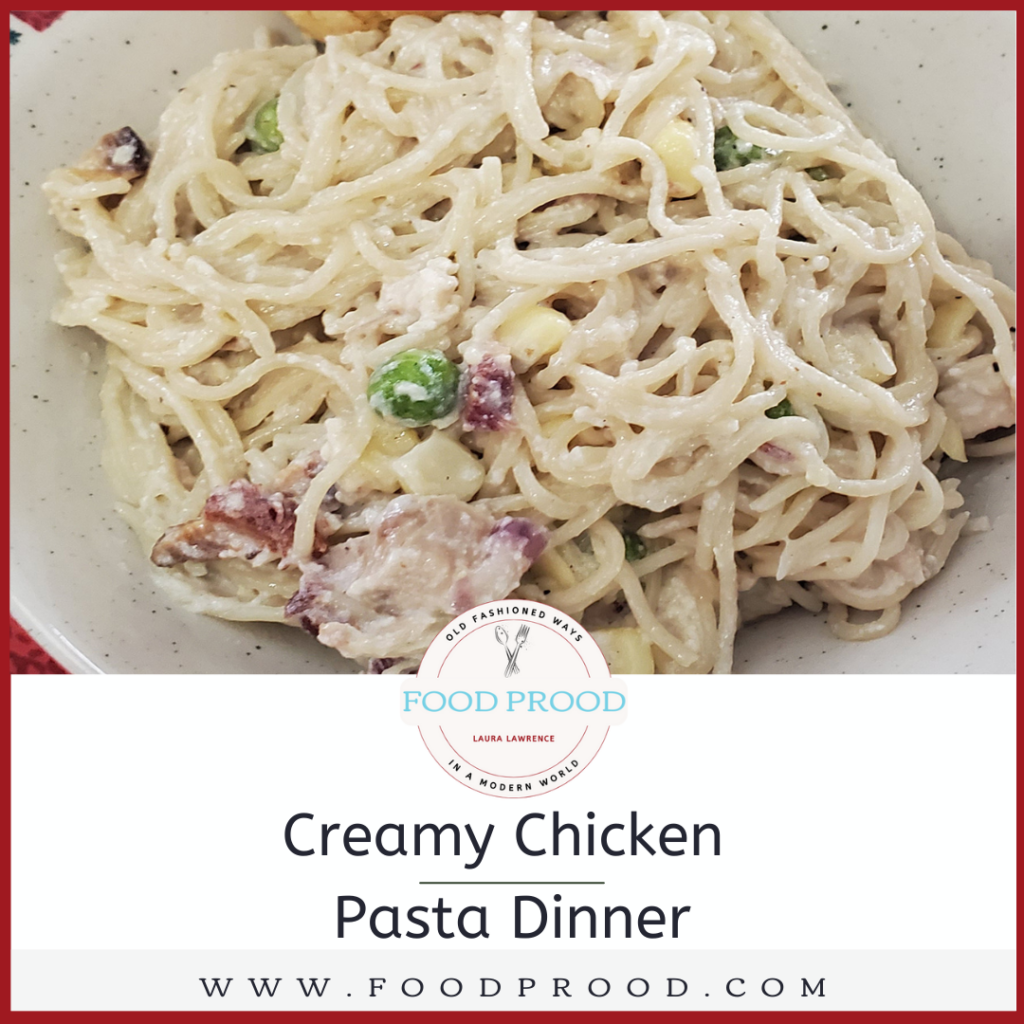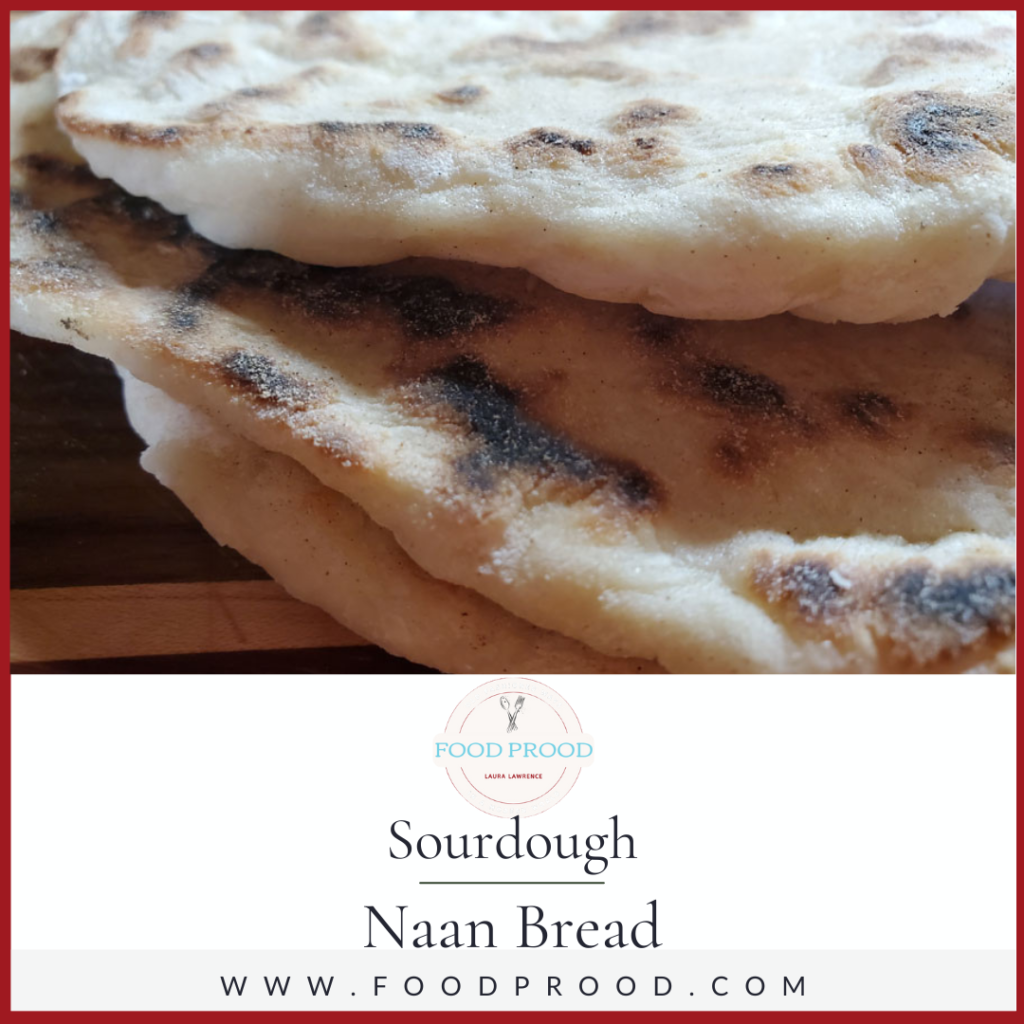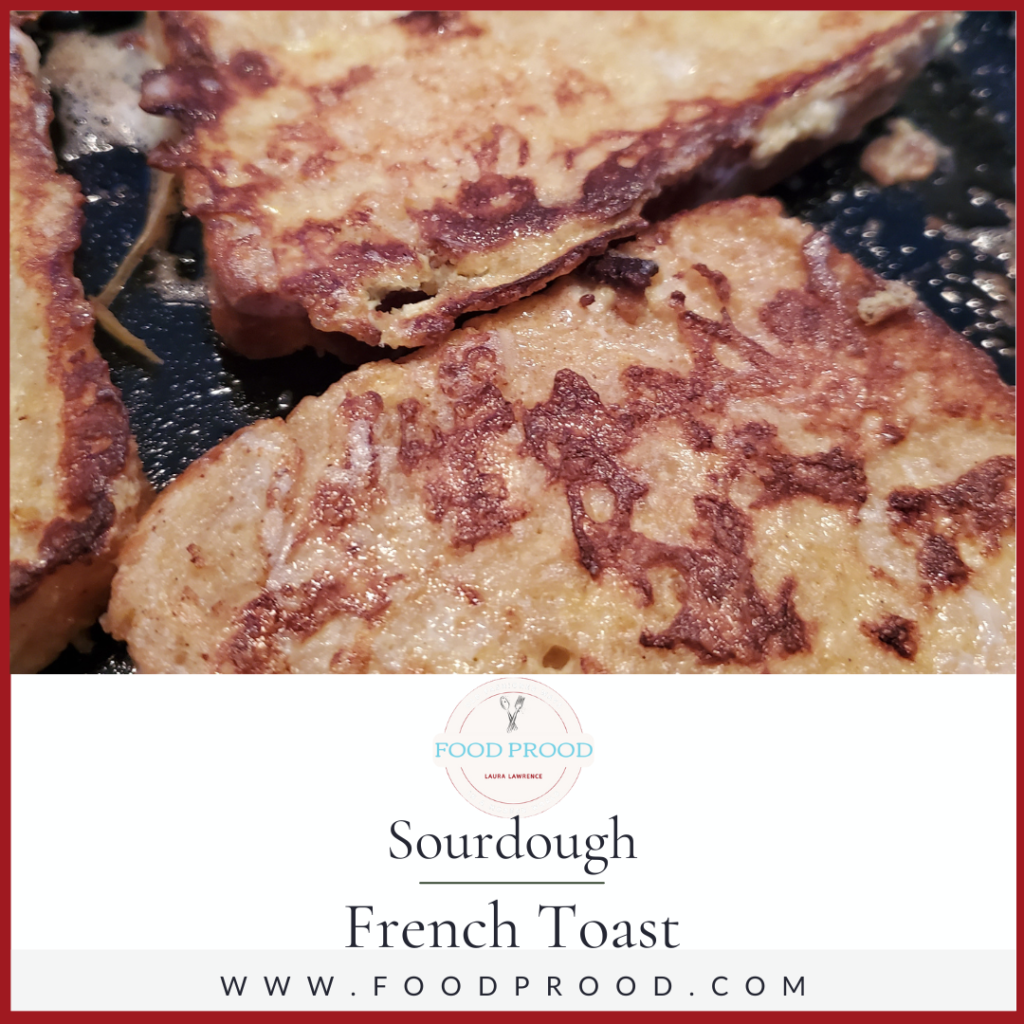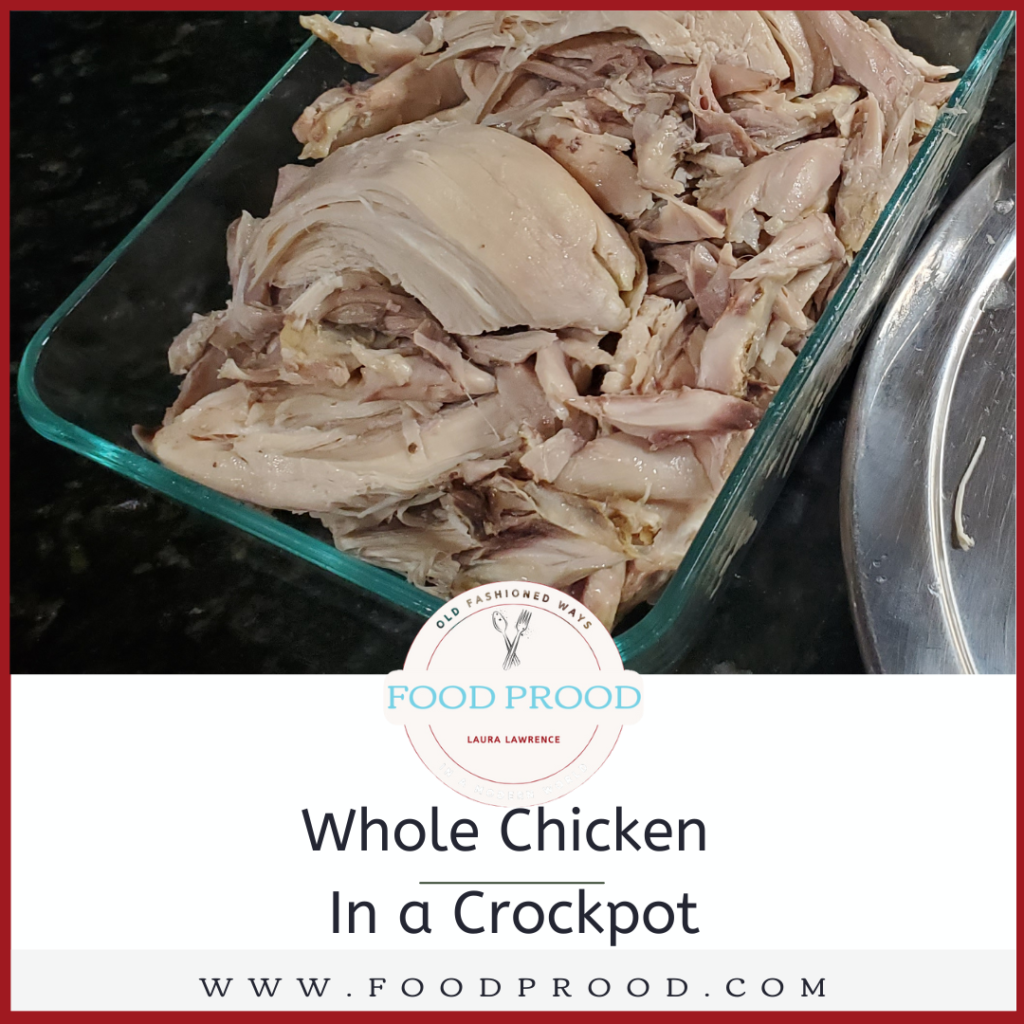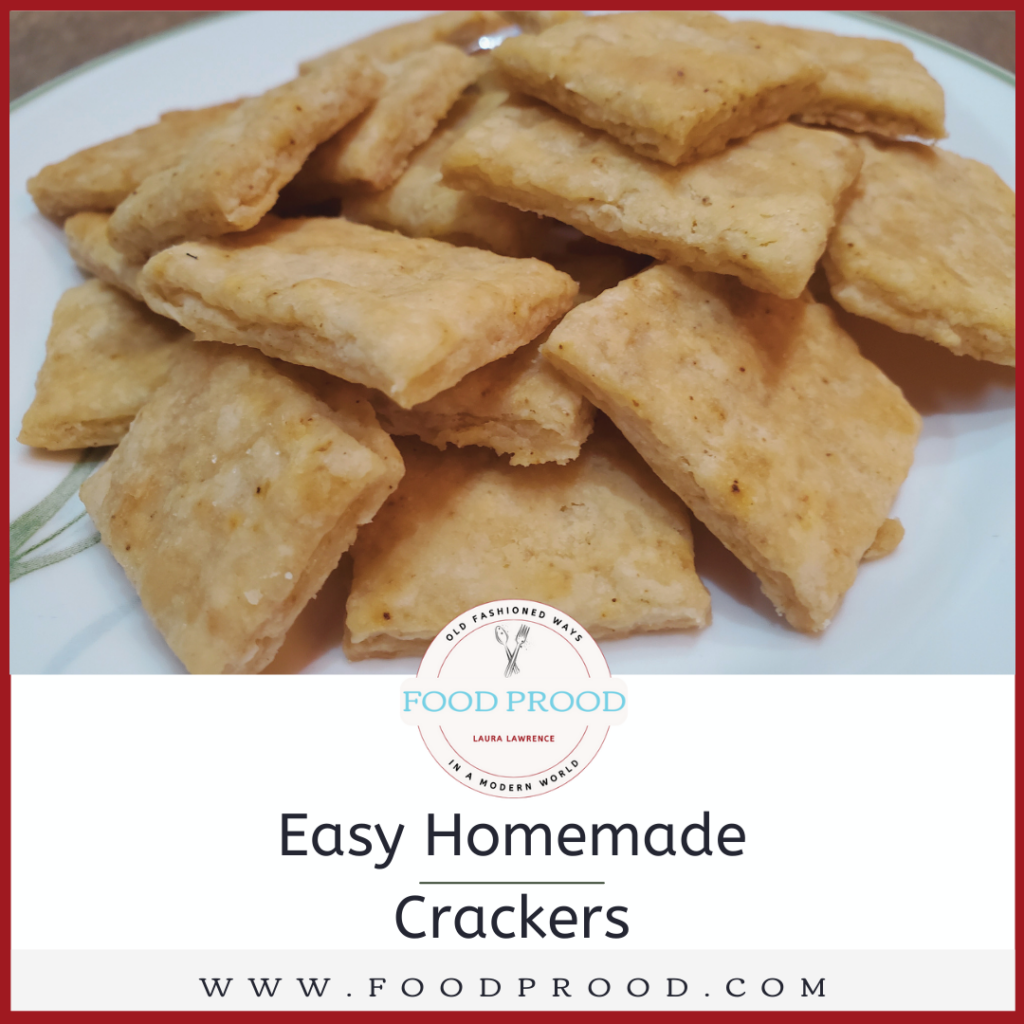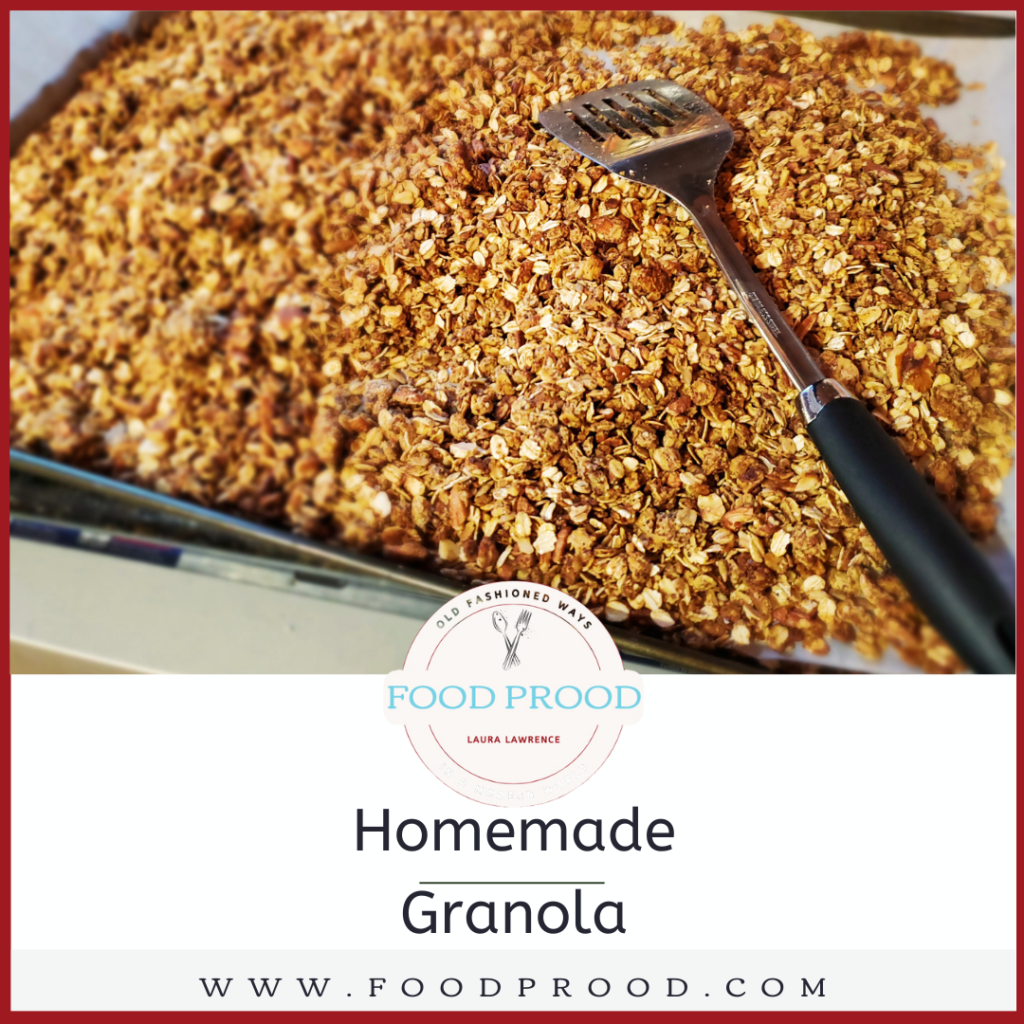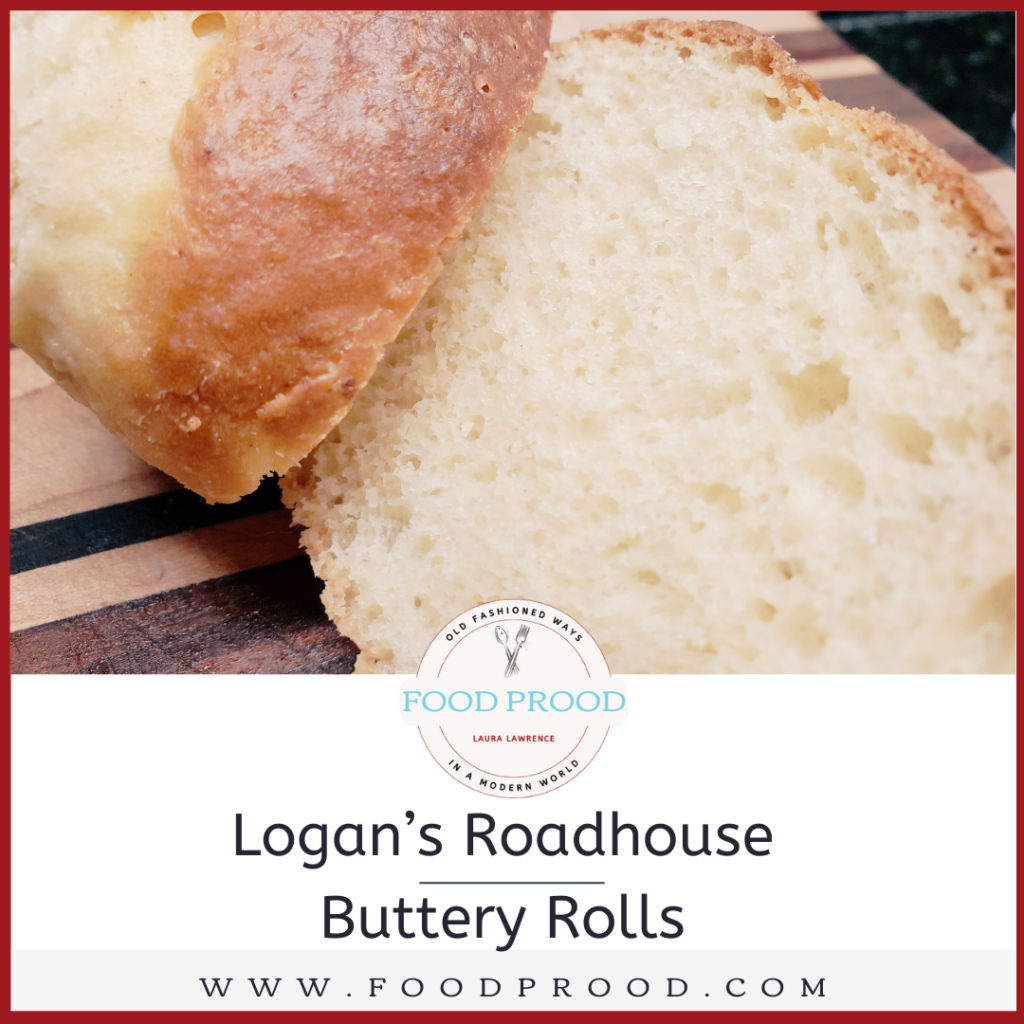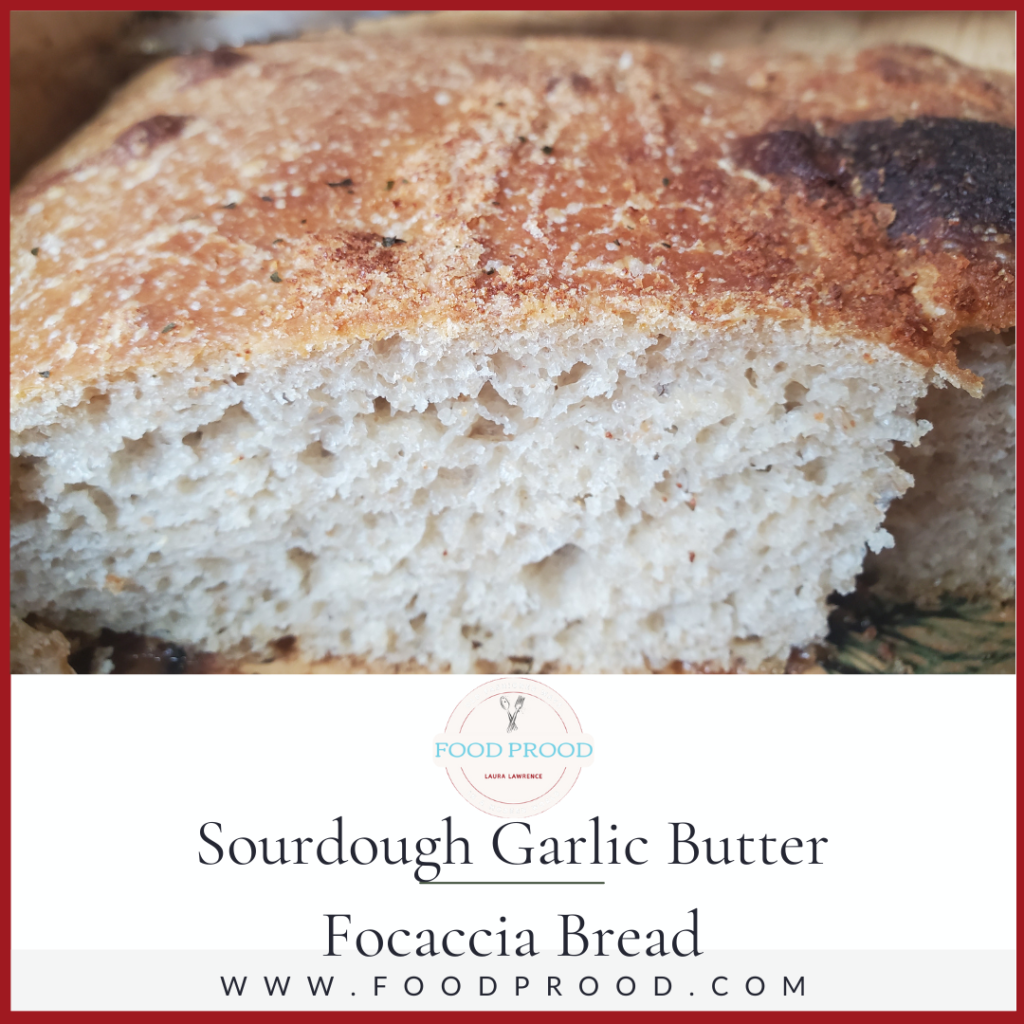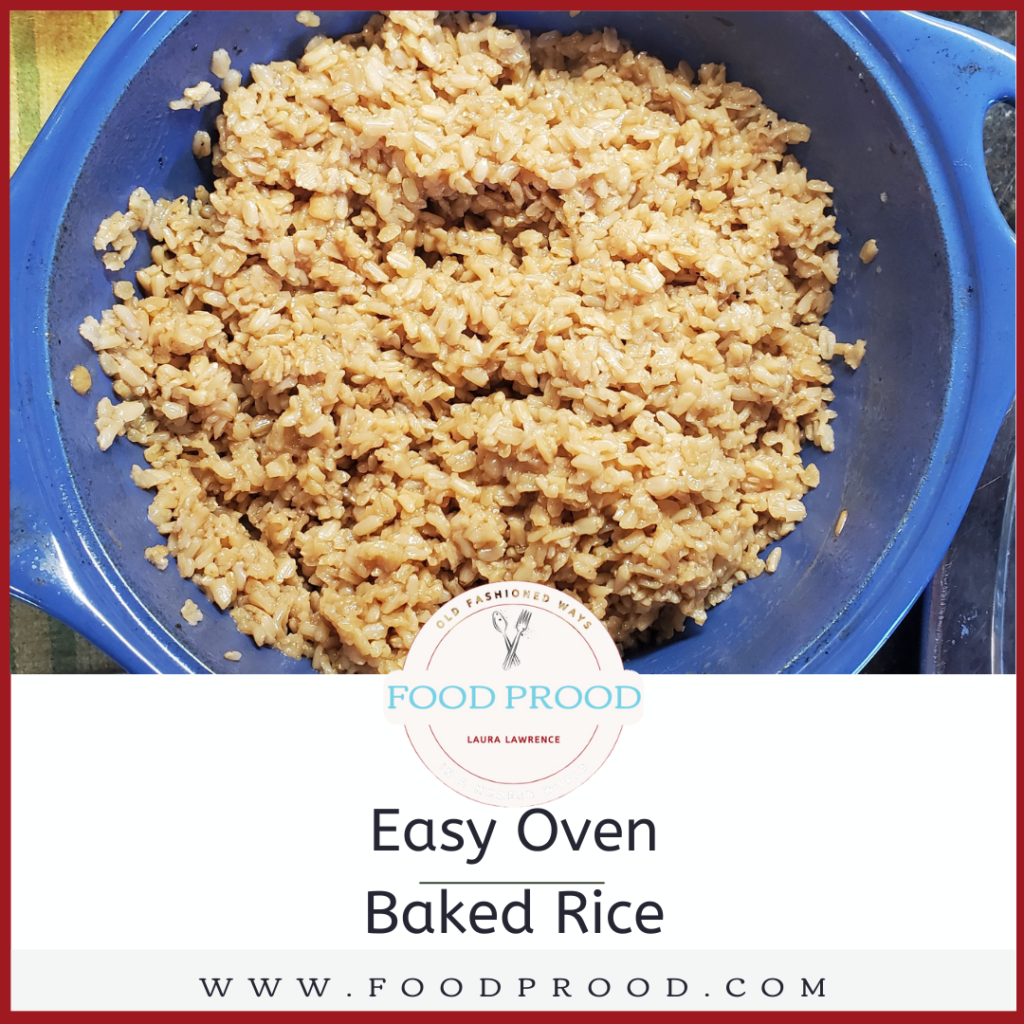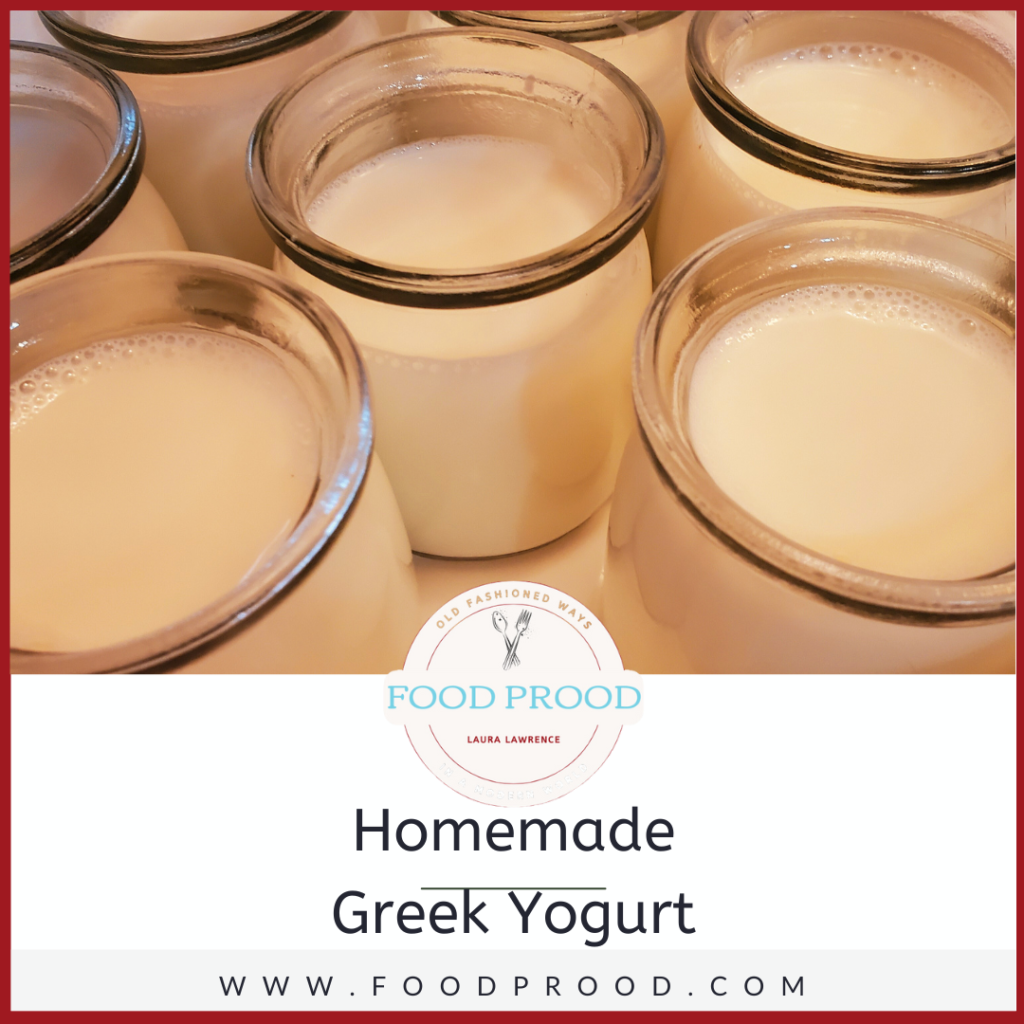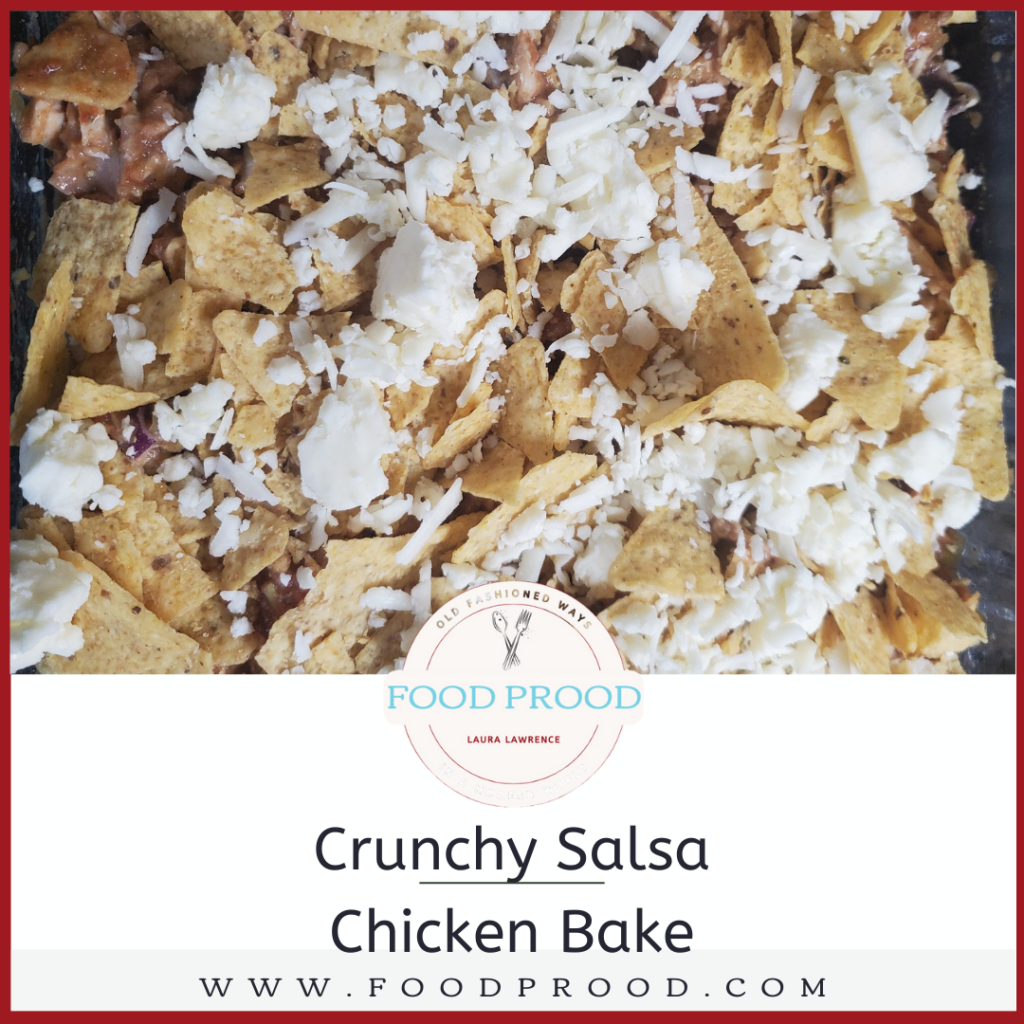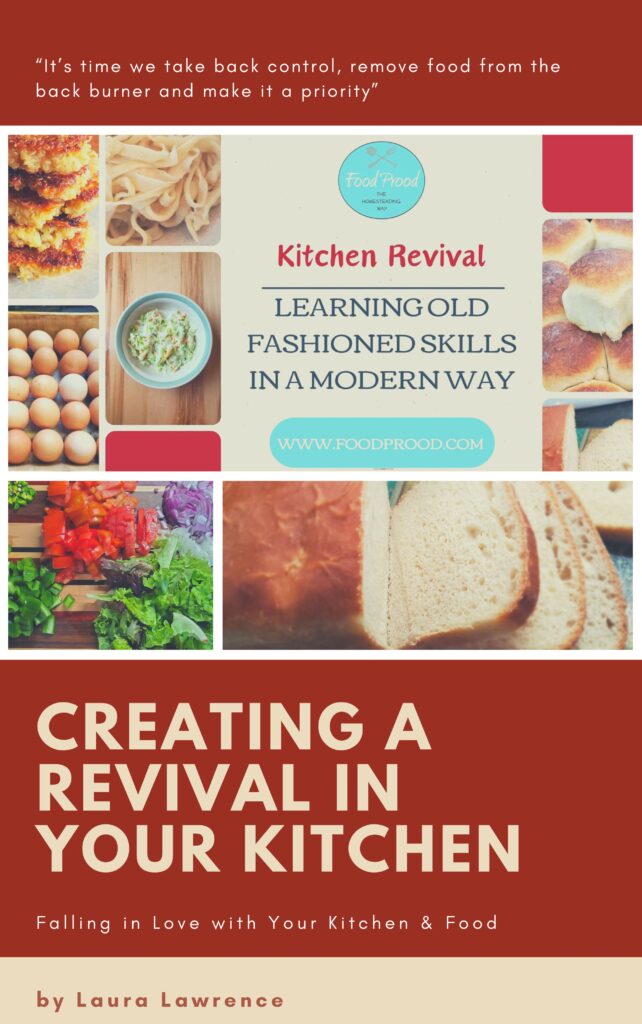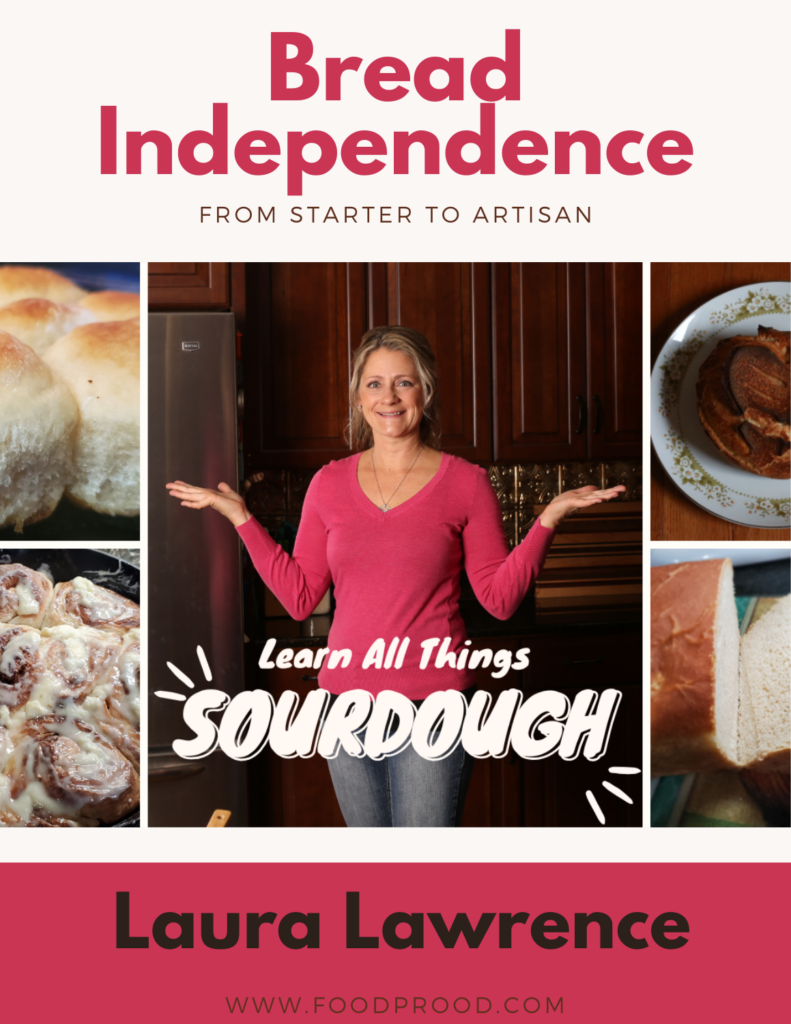Why & How to Use Lard in Your Cooking & Baking
Let’s talk about the long lost FAT.. and in specific LARD
Fat has been given a bad name, a bad rap where you’ve told to eliminate fat from your diet and I’m here to say fat is great, fat is good. But not all fat is…so let’s talk about what is good versus bad fat
And the fat I’m referring to today is lard, butter, ghee, and tallow
Long long ago there were animals that roamed the land, the land was healthy, not sprayed with chemicals and they were happy. They rooted and tooted to their delight.
Those animals naturally had fat and people used to cook up a storm with the fat rendered from the animals, but along came big ag and companies looking to make a big fat bottom line.
Enter in the fake fats – made out of questionable ingredients, fillers and frankly not even real food. Certainly nothing we should be consuming.
They kicked out the good fats and told us all kinds of lies that fat is bad and you need to use these fake replacements. .
Eh, I’m here to tell you , unfortunately you’ve been lied to.
I’m no scientist, but I do believe in the old fashion ways growing, creating, and consuming like they did.
Good fats, animals raised on organic & pasture are happy, they eat the good stuff, no chemicals are sprayed, there’s grasses and bugs and microorganism the dirt that then get absorbed into their actual fat on their bodies.
Your brain needs fat, your body needs fat to have energy, your cells need it to be healthy.
If you consume fat from an animal that is raised in CAFO”S (concentrated animal feeding operation) and since they were fed antiobiotics, hormones, glyphosate, and so on those things are then placed into their fat which surrounds your meat. So those are fats you would NOT want to consume.
However, animals raised on open pastures, fed organically those fats had no toxins to be absorbed into their fat.
So in my opinion consuming healthily raised animals and their fat is top notch because your getting the fat for your brain and cells that we stated before.
So today is a podcast video about Lard in specific and the common questions that I get.
What is Lard?
What’s the difference between rendered and unrendered?
How do I render it? Click HERE to learn how!
How long can I store it? Properly rendered lard should store in 70 degrees for 1-3 months and in the fridge for 3-6 months.
A blog post on Thrive Market ”
Comparing 100 grams of lard to 100 grams of butter, the difference in nutritional density is pretty clear: Lard contains nearly half the saturated fat that butter does, but has much more polyunsaturated and monounsaturated fat. Also known and PUFAs and MUFAs, these fats are essential to human health and protecting against heart disease.
The soft rendered fat also contains half the amount of cholesterol as butter, as well as less sodium and zero trans fats. Plus, lard can be a good option for those with dairy or milk allergies who want to cook with a substantial fat source—one that won’t break down at high heats like olive oil.”
In a Weston A Price article
“According to food science guru Harold McGee, this is due to its chemistry. Lipids, like other molecules, form crystals just below their melting point. Lard is better suited for pastries because it forms crystals so large they impart a noticeably grainy texture to the dough–which produces wonderful flakiness.” And I can tell you it does!!
Below you’ll find several recipes that I use Lard in replace of butter or olive oil in which you’ll be surprised about. Here are some suggestions:
- Croissants
- Saute Eggs
- Cookies
- Rolls
- Grilled Cheese
Tips for Using Lard from Souly Rested website include:
Tips for baking with lard in place of butter:
- You can substitute lard for butter in a 1:1 ratio.
- You can also use 1/2 butter and 1/2 lard in any recipe, to keep some of the butter’s flavor but add in the health benefits of lard.
- Experiment with small flavor additions to recipes where you’ve swapped out butter for lard, again, since butter offers a true flavor and lard is flavorless (unless it’s poorly rendered, then it’s bacon flavored. More on proper rendering techniques here).
- My favorite example of the above tip is to add chopped mint to chocolate chip cookies. You barely taste the mint, but wow is the overall impact amazing. See my recipe for Chocolate Chip Cookies made with Lard here.
- Also consider adding a few pinches extra of salt or sugar, again, to provide more flavor in the absence of butter.
- Cookies made with butter will always run and need to be at least 2″ apart on cookies trays. Cookies made with lard will not run, so you can place your dough balls much closer together.
- If I’m using butter in recipes I will often cook the baked goods a few minutes longer than I do with lard.
- With cookies made with butter I will always let them cool completely on the warm-out-of-the-oven cookie sheets before removing them to a cooling rack. But with the same recipe substituting lard for butter I never do this, but instead remove the cookies from the hot trays right to a cooling rack. The lard solidifies into chewiness so much easier than butter and I don’t want them getting too done on the hot trays.



